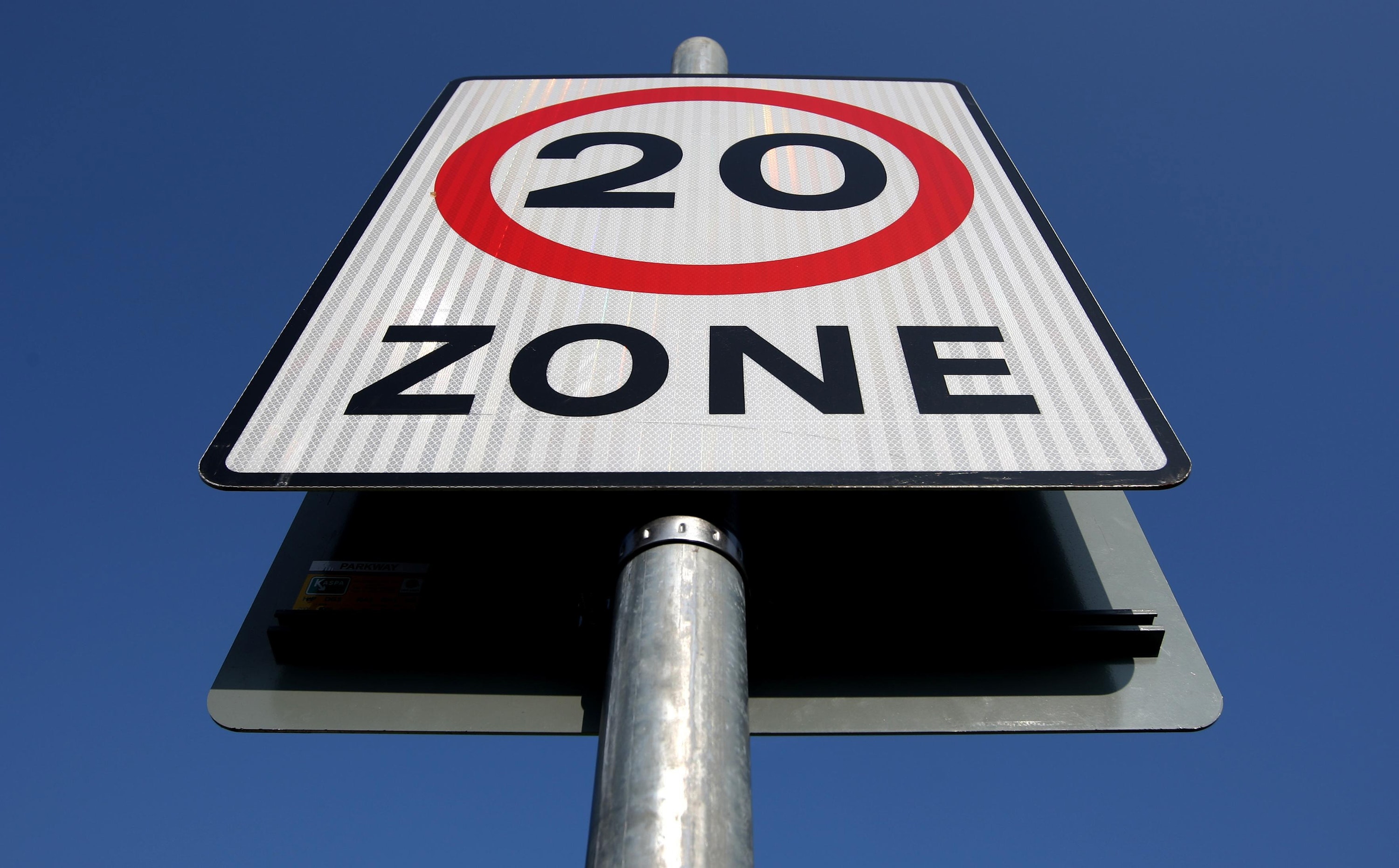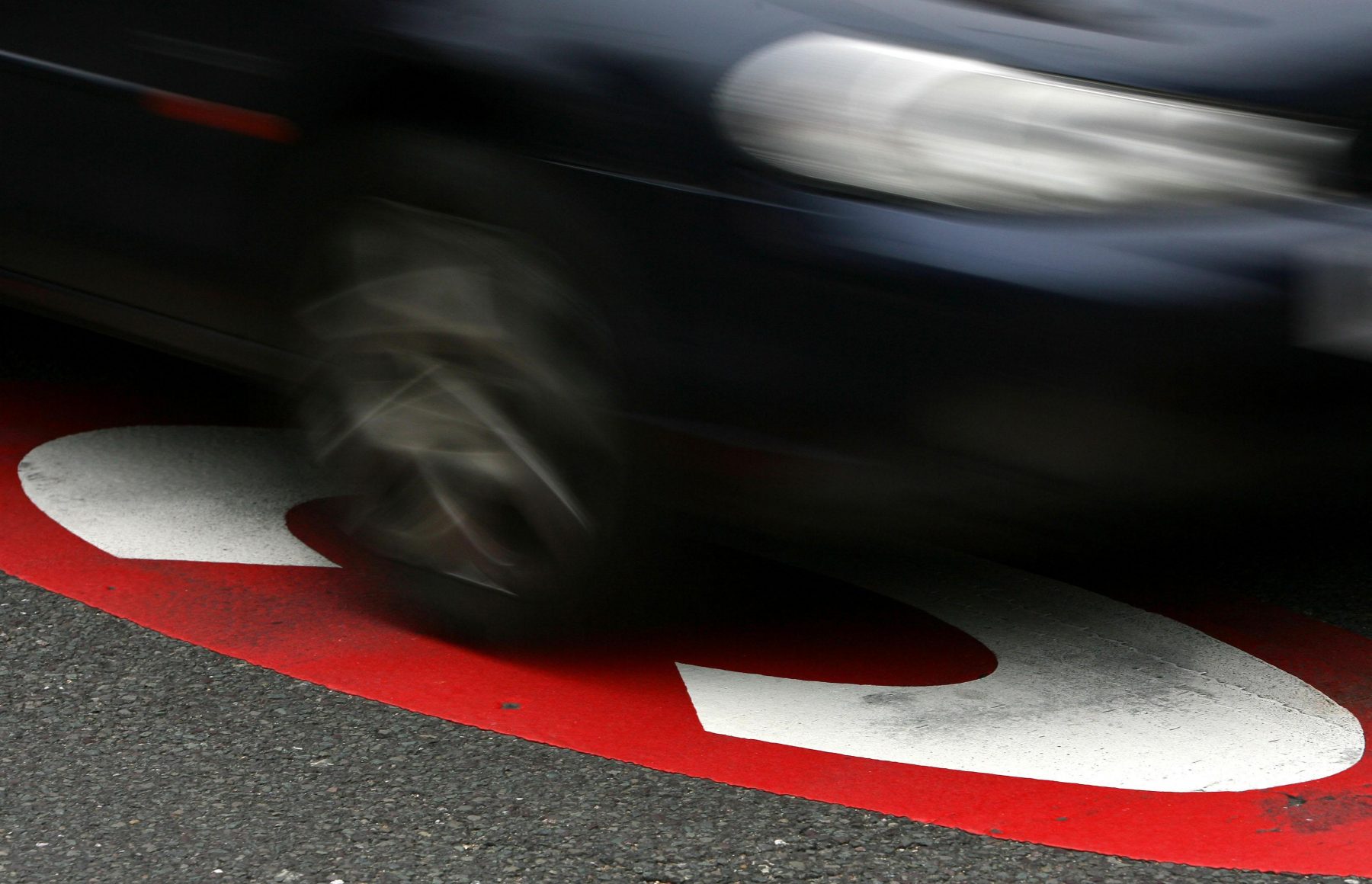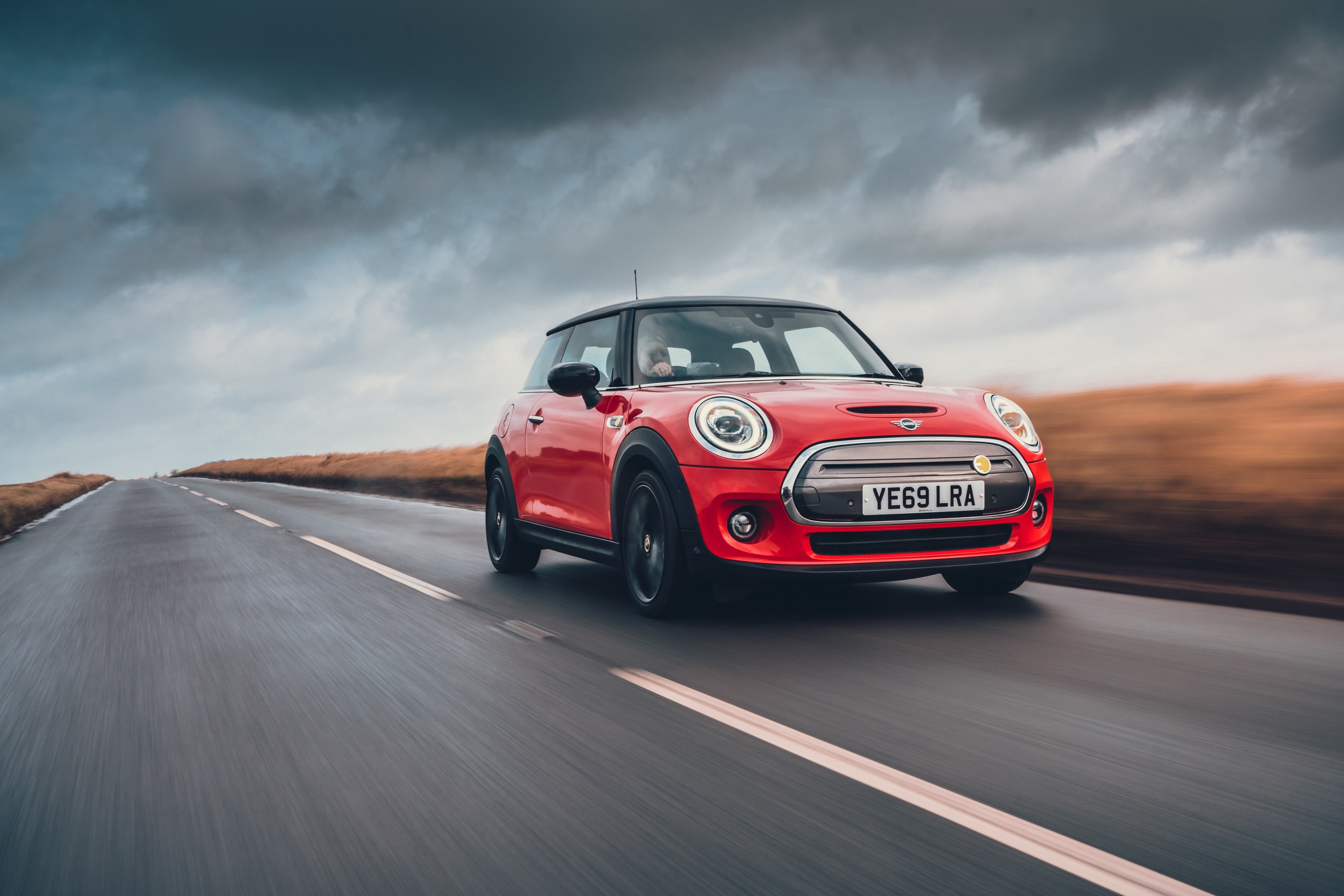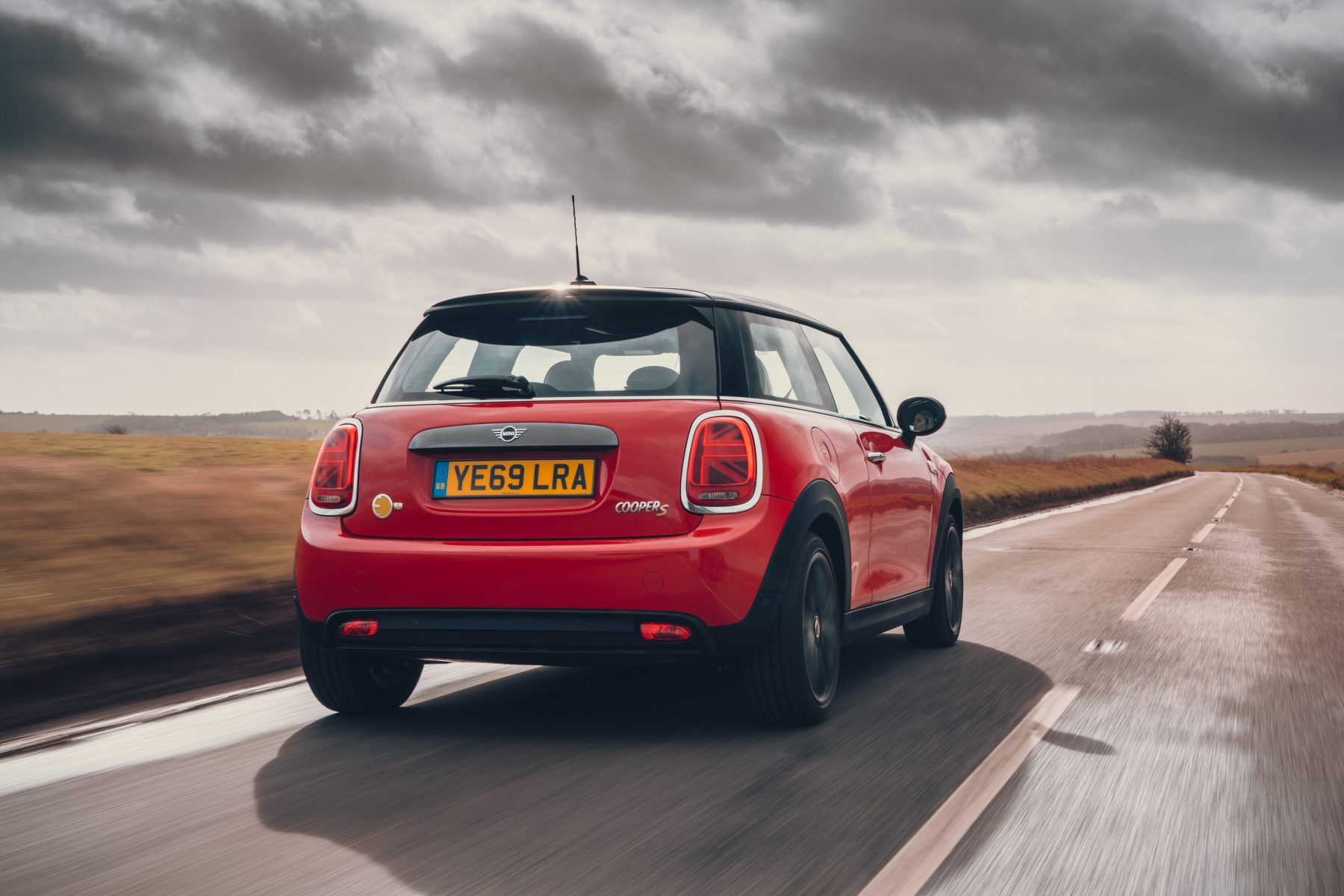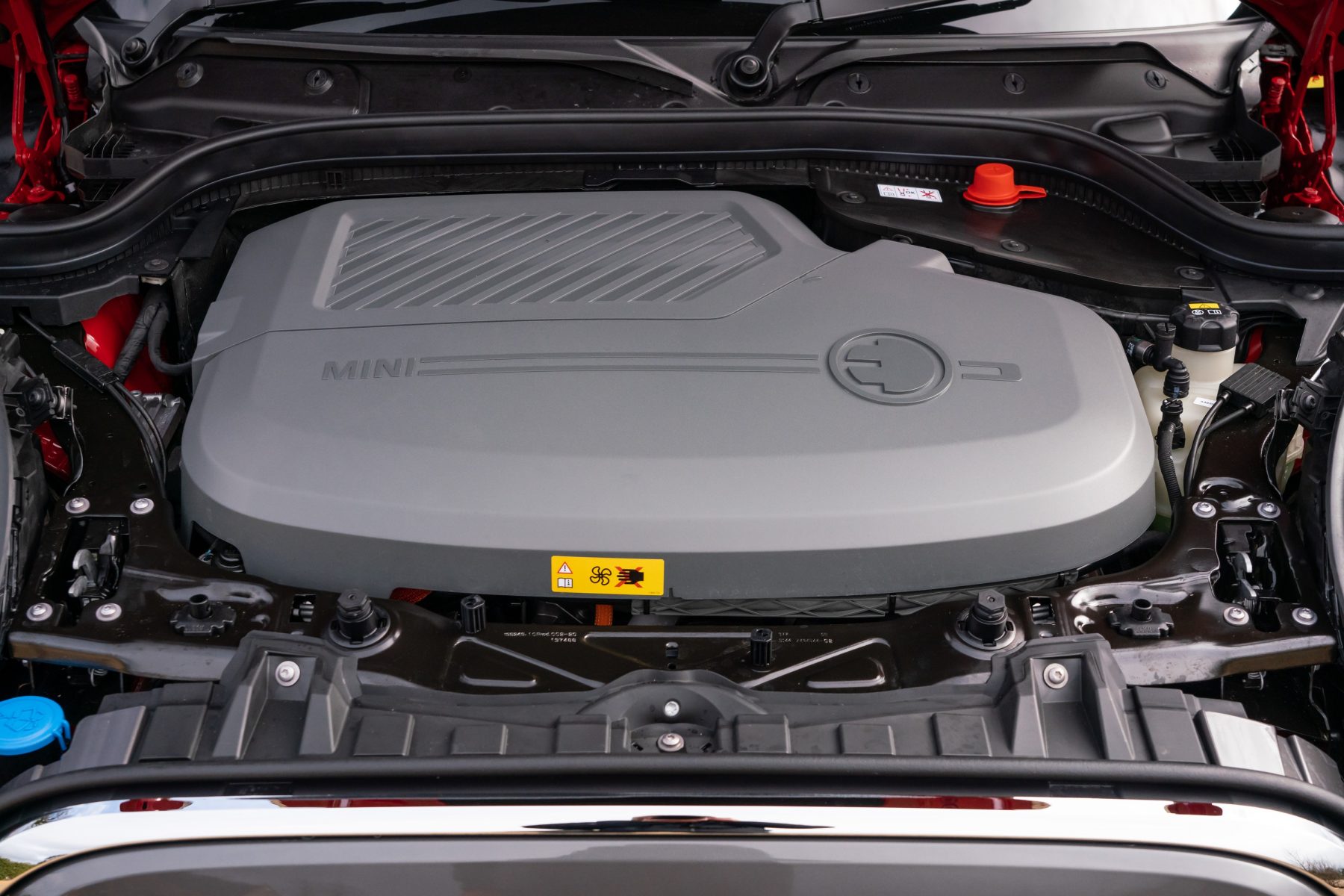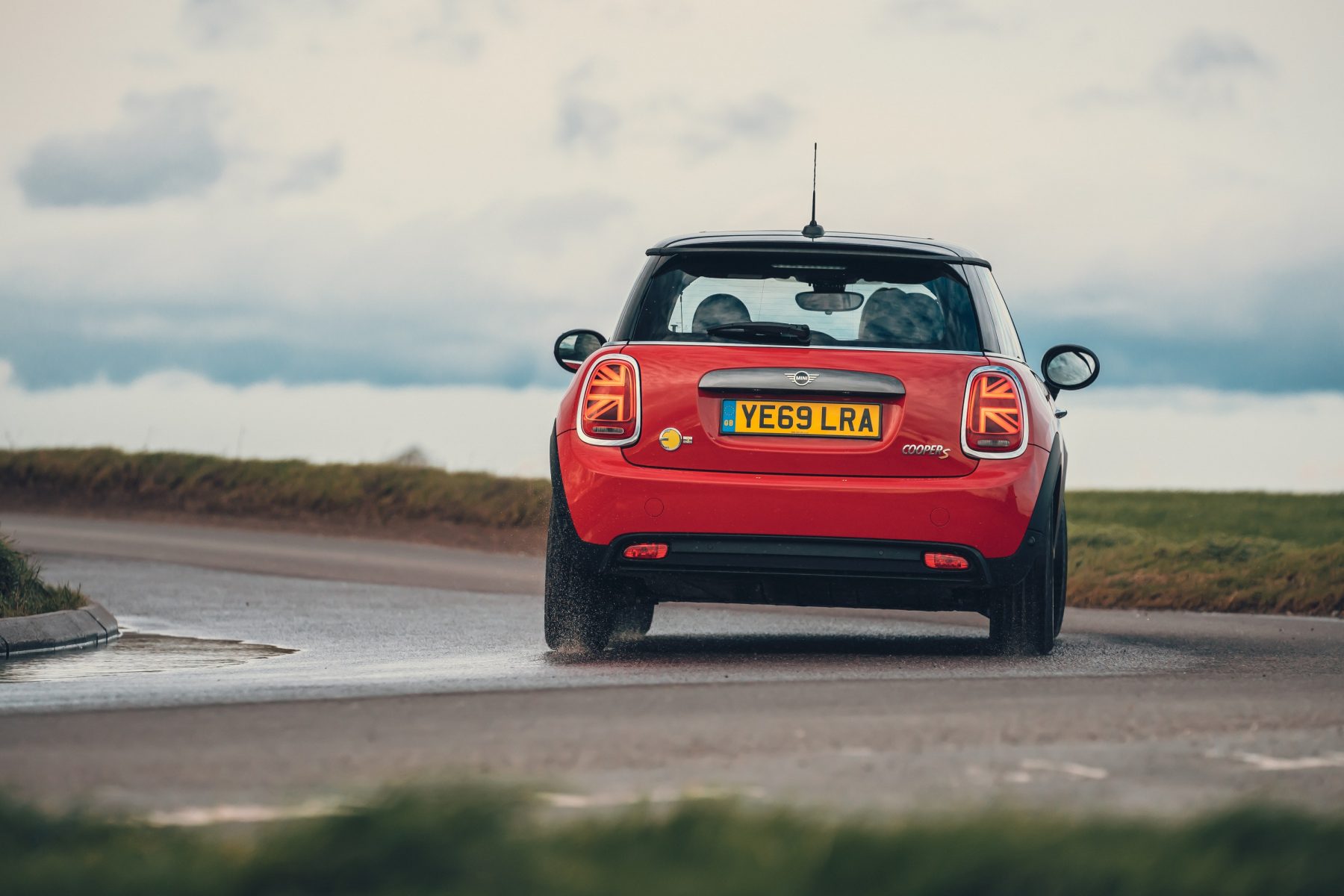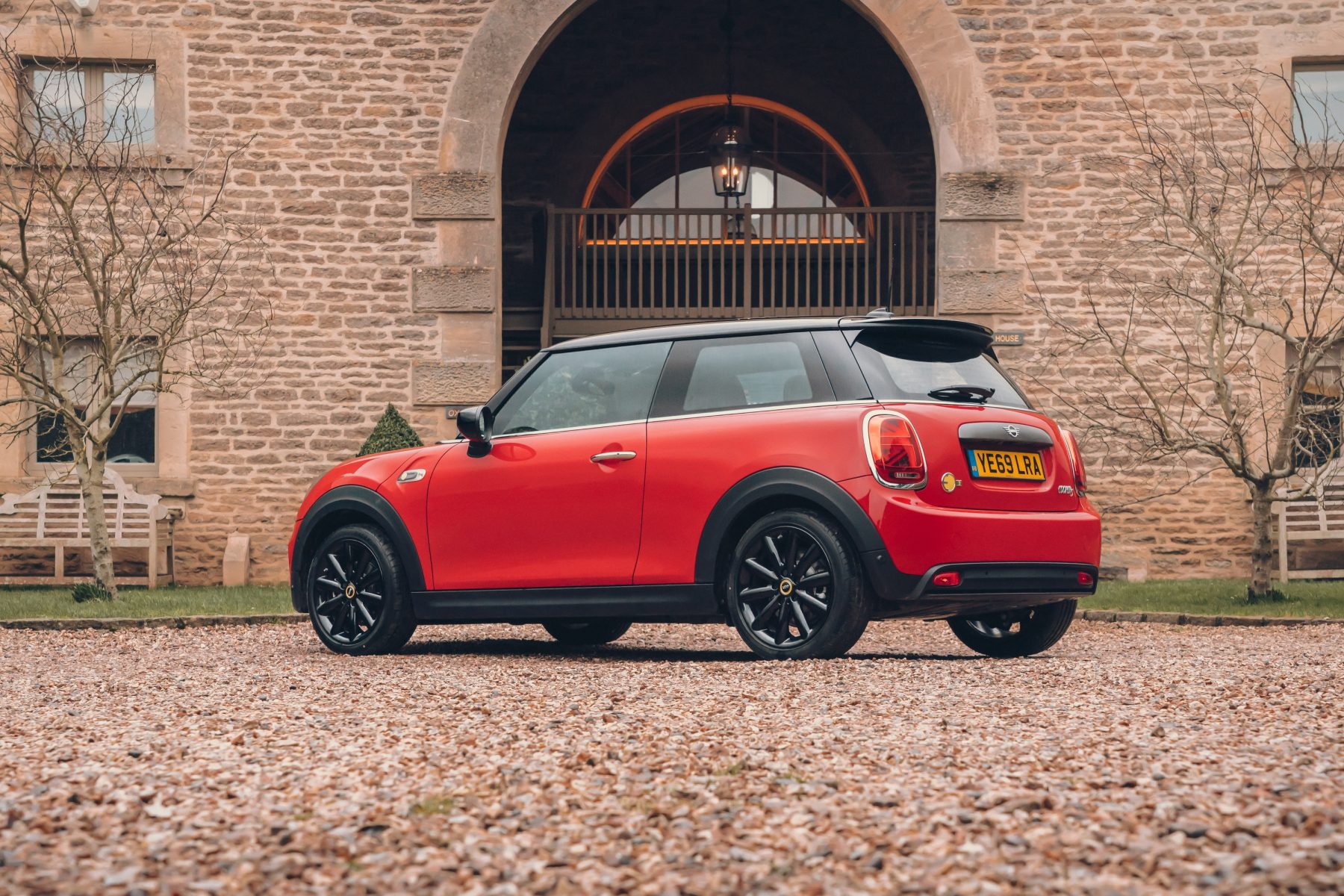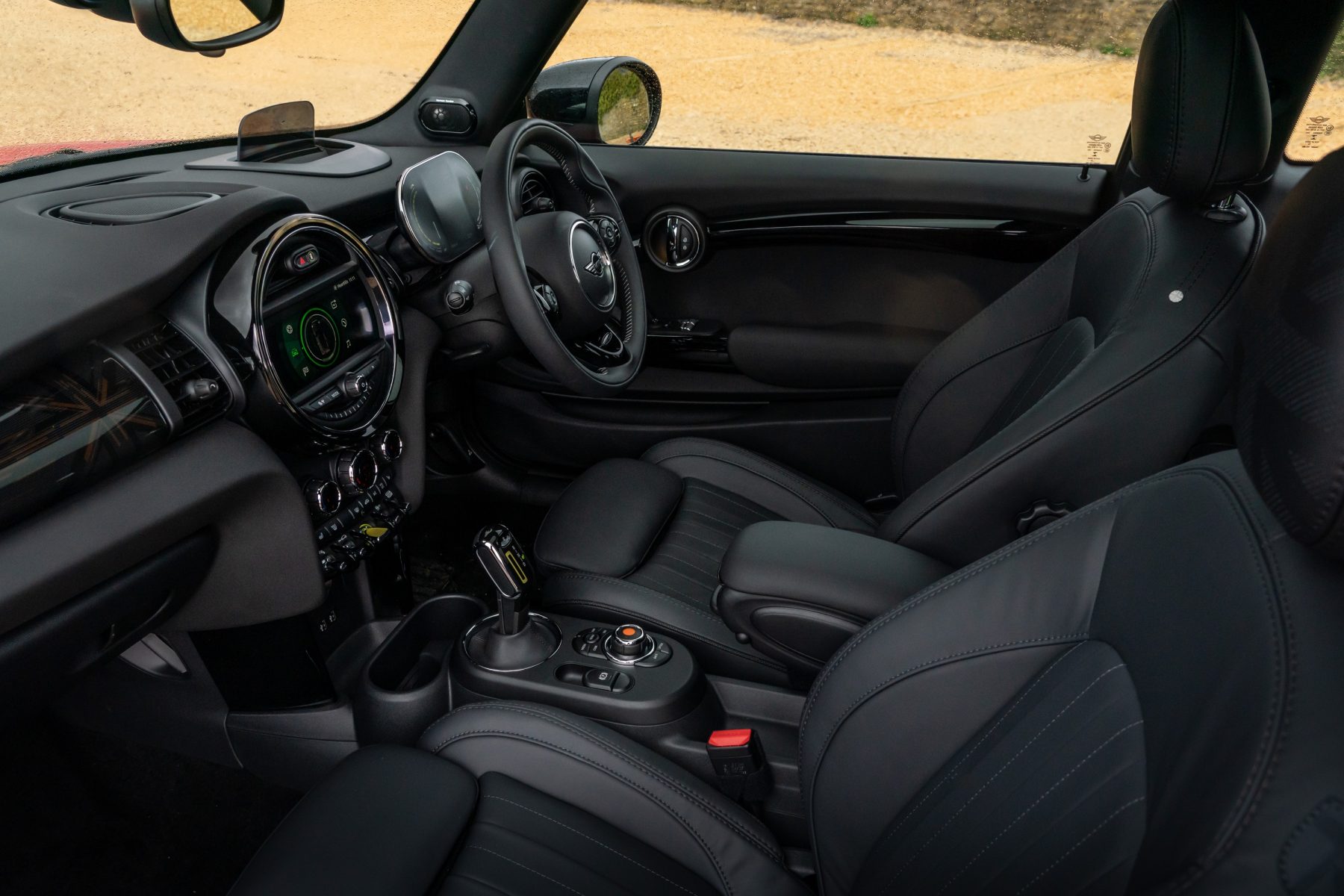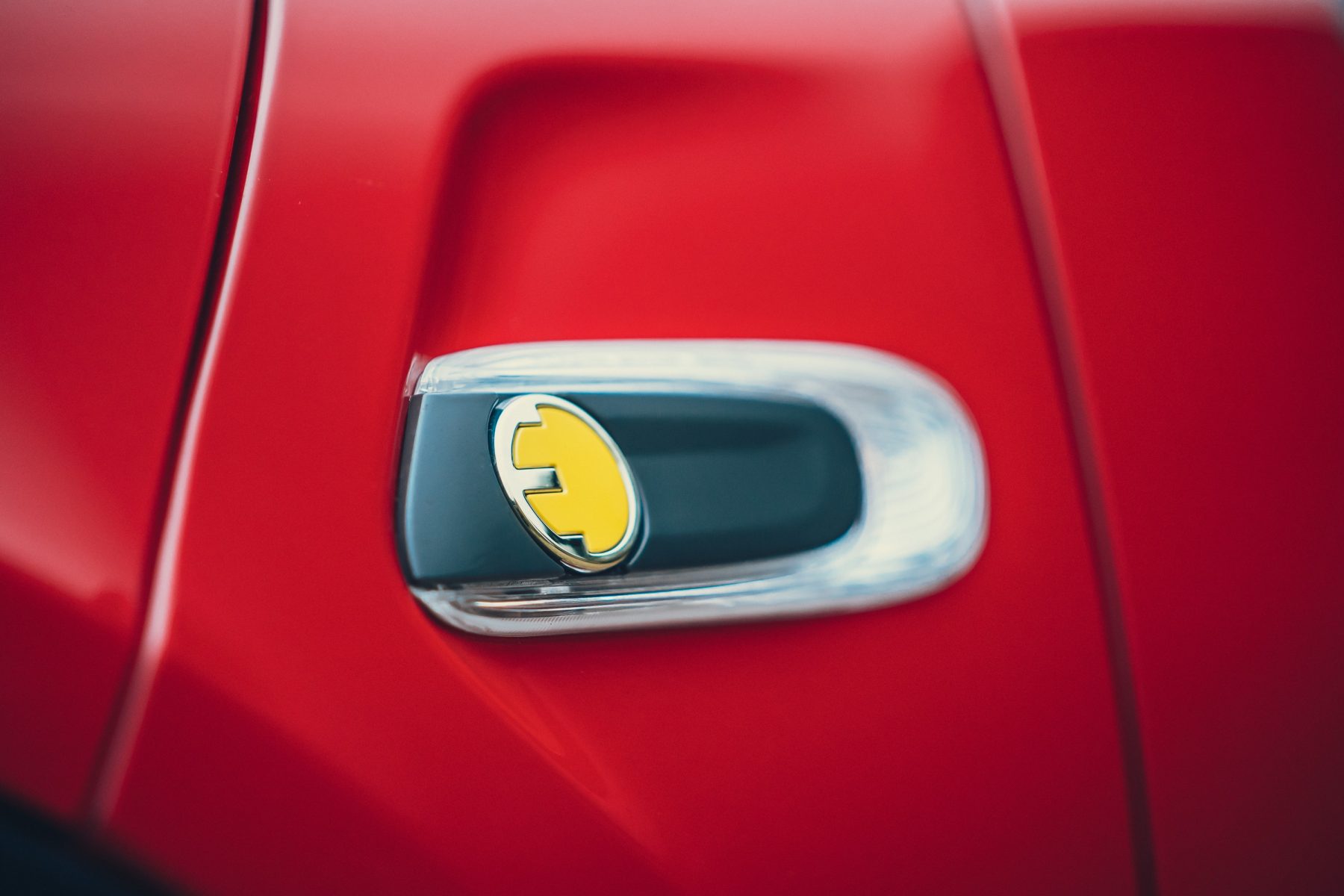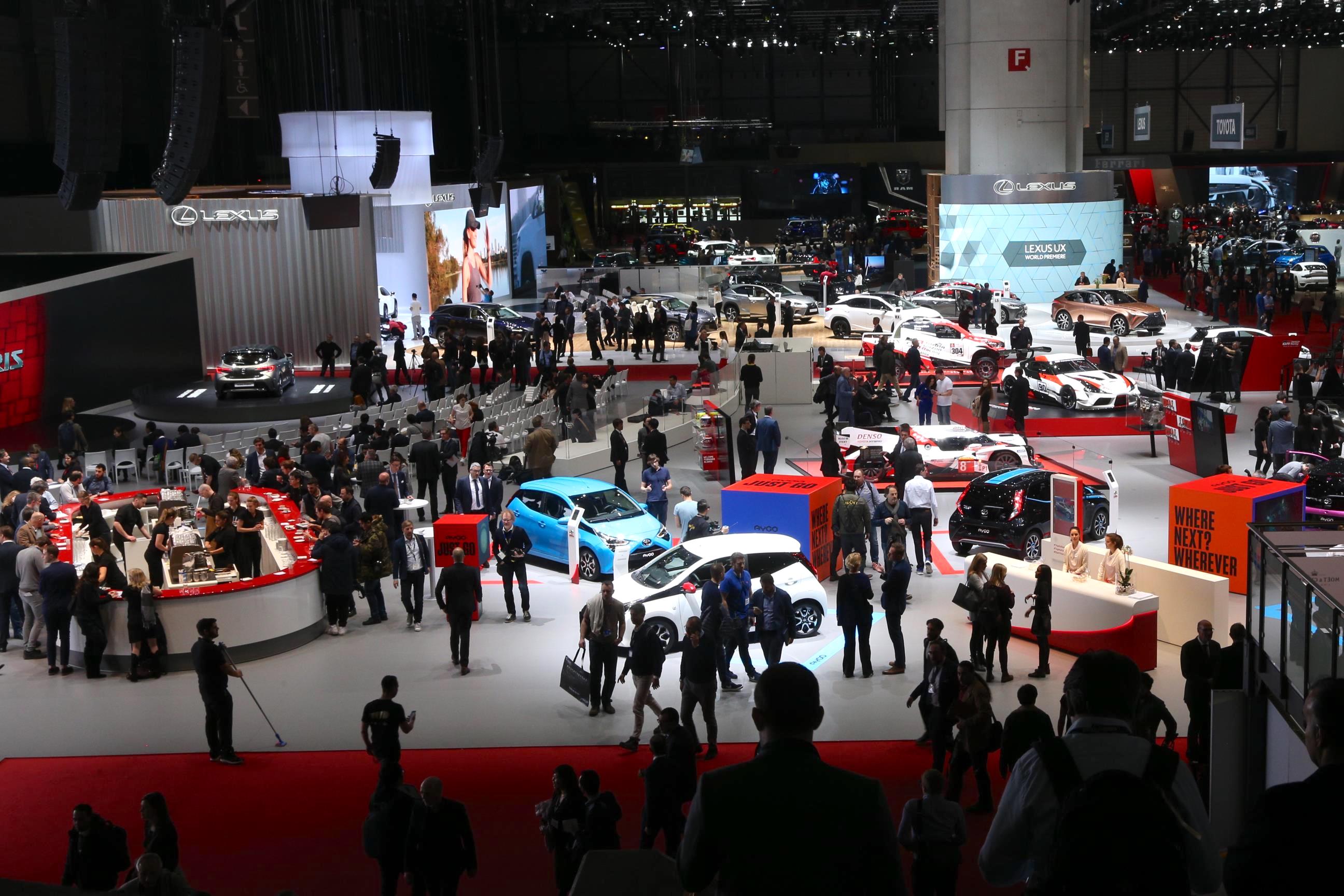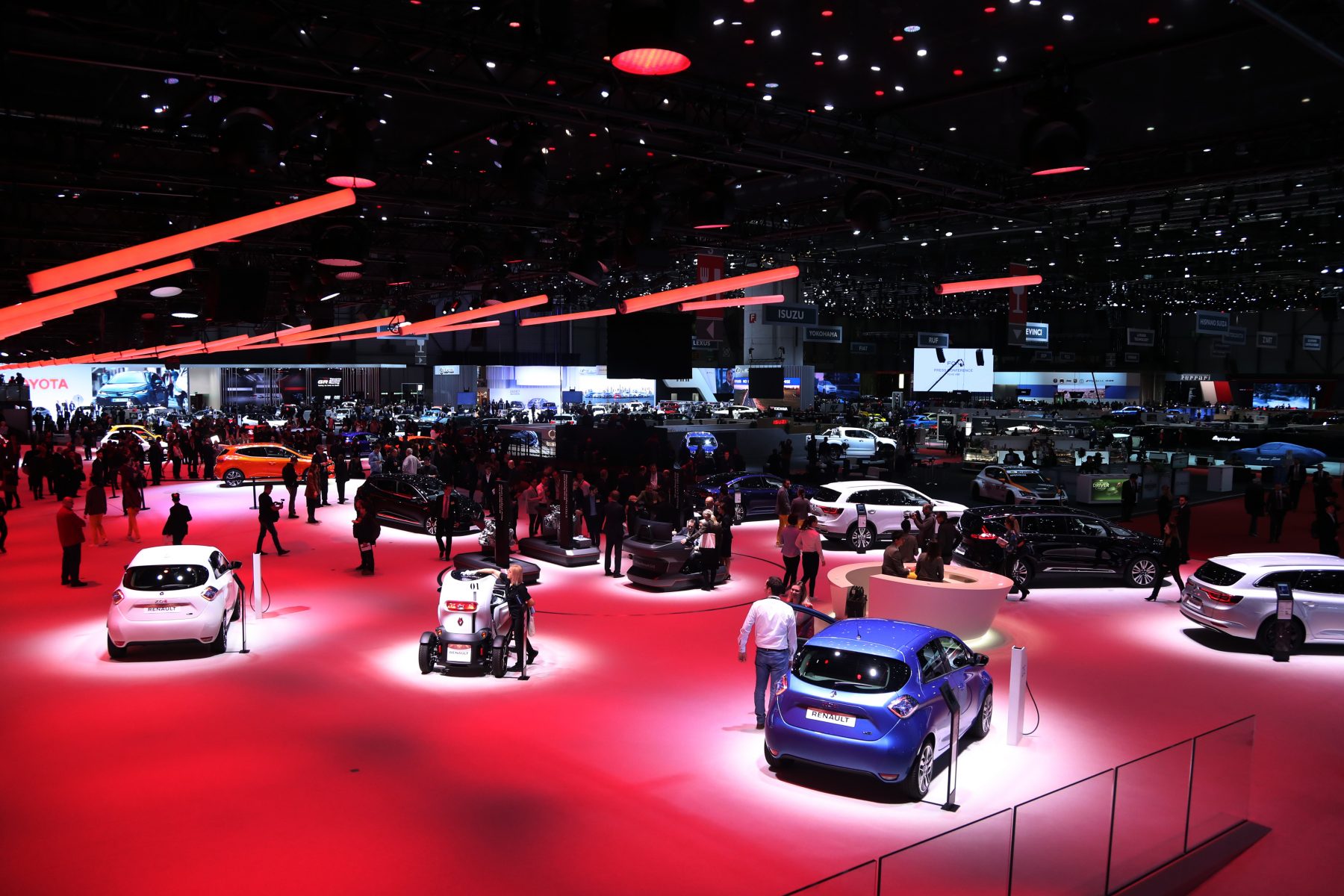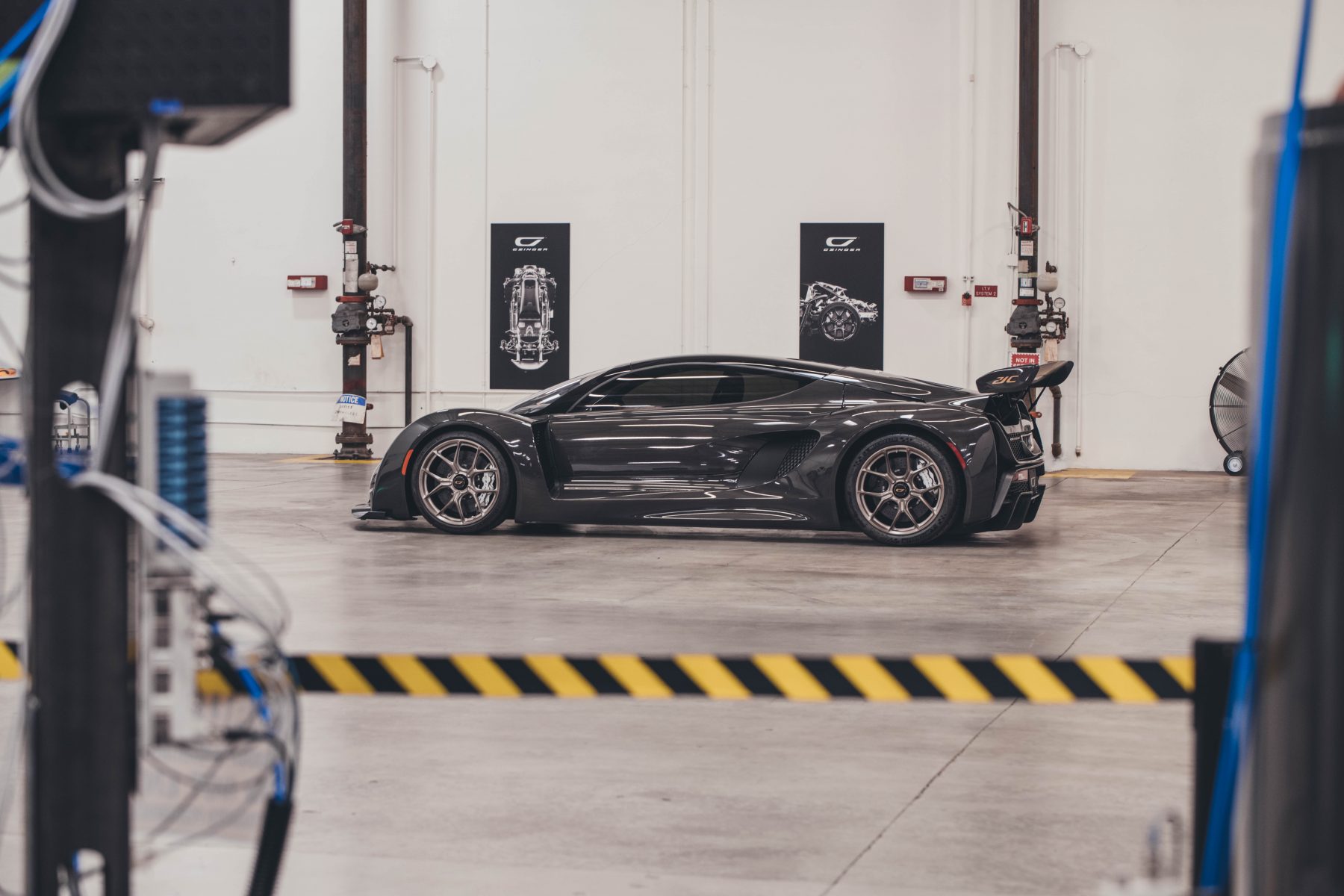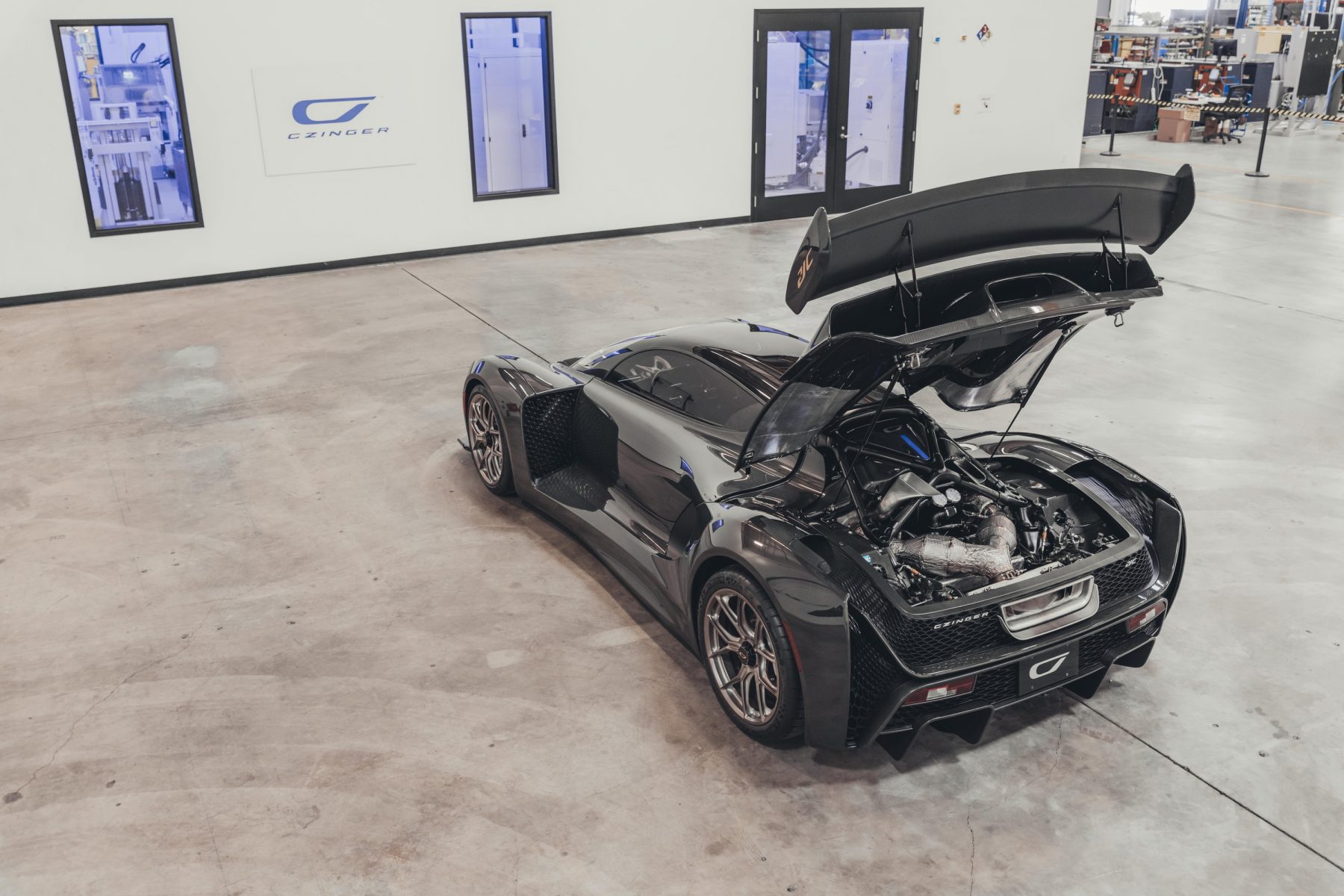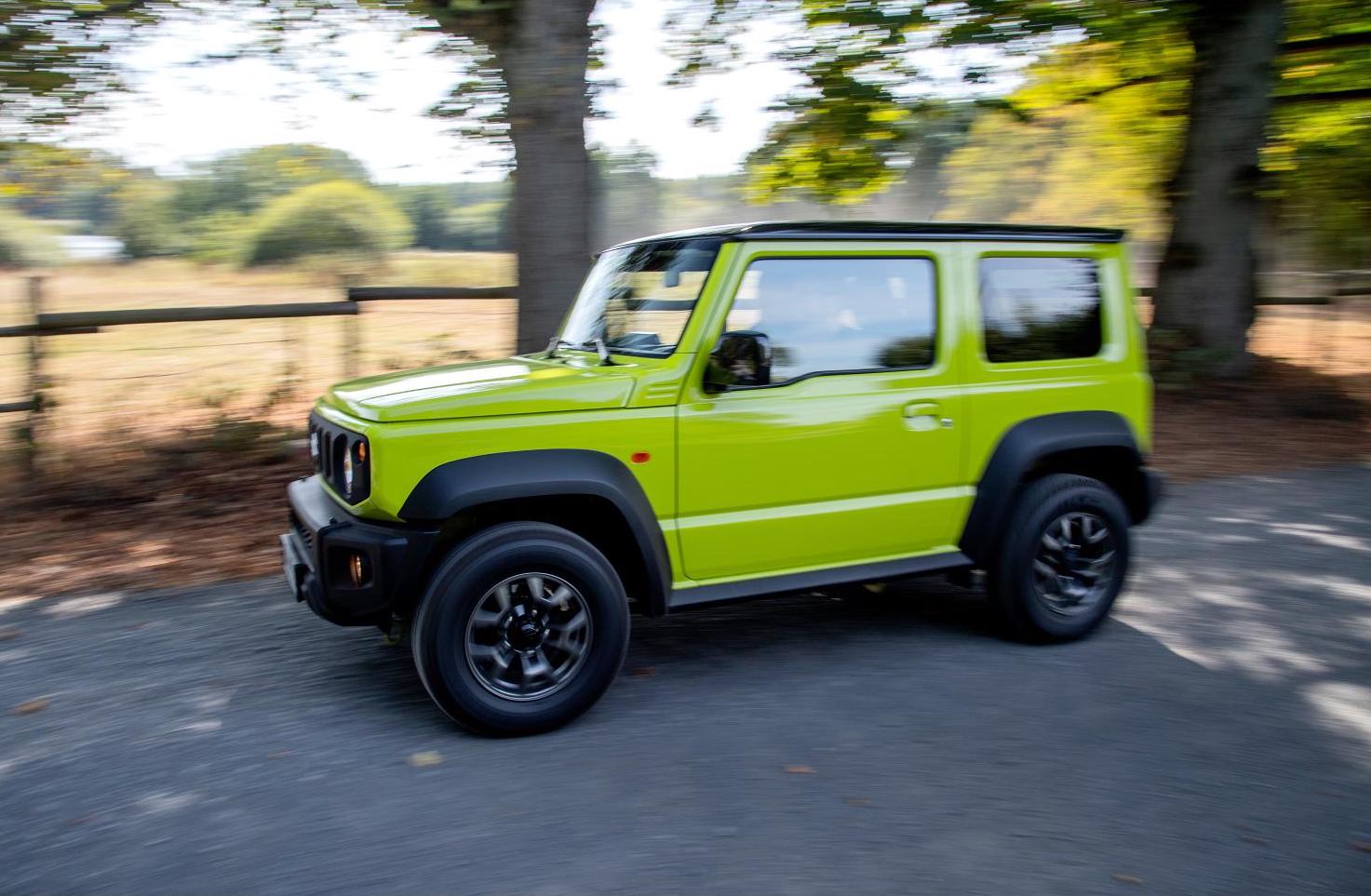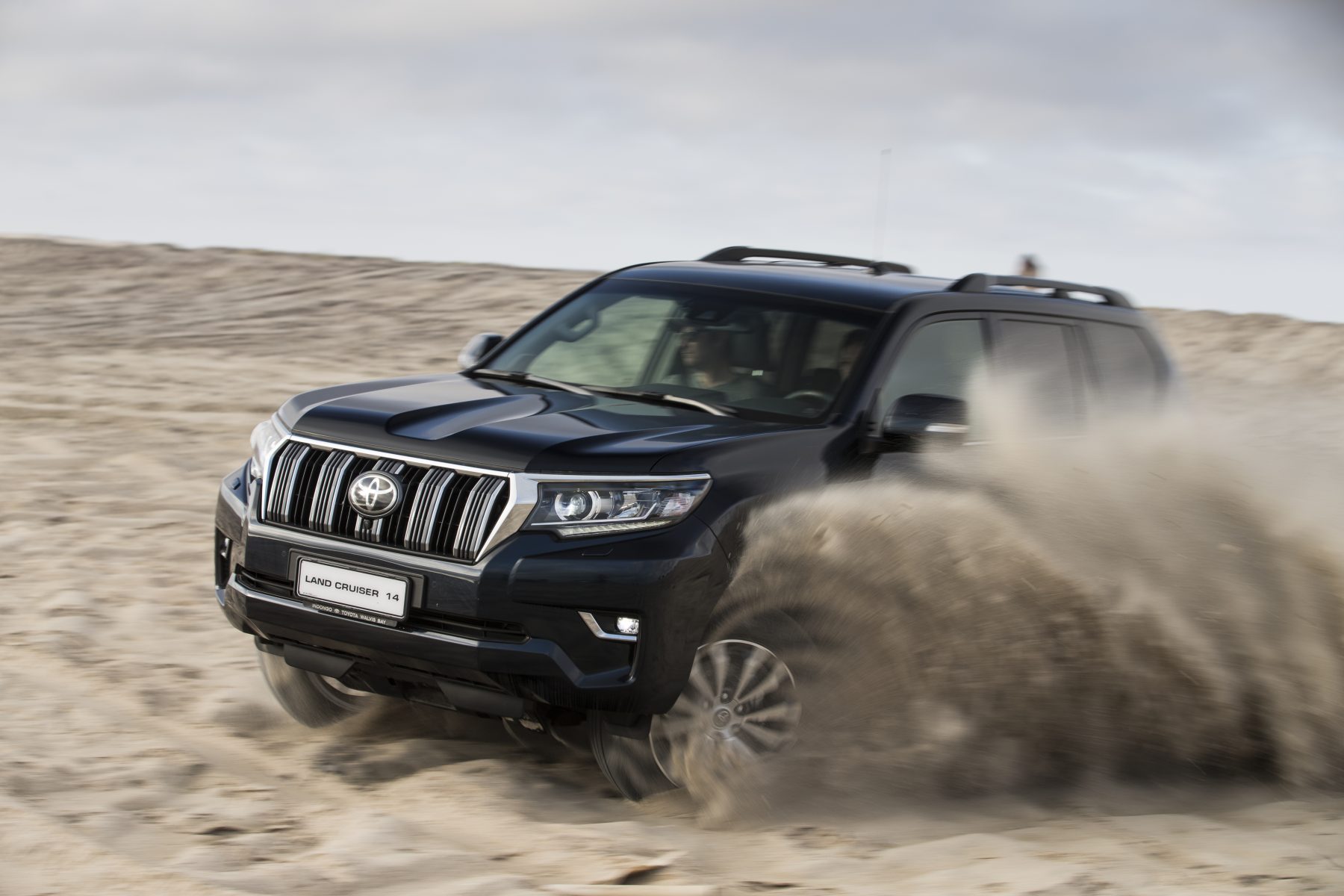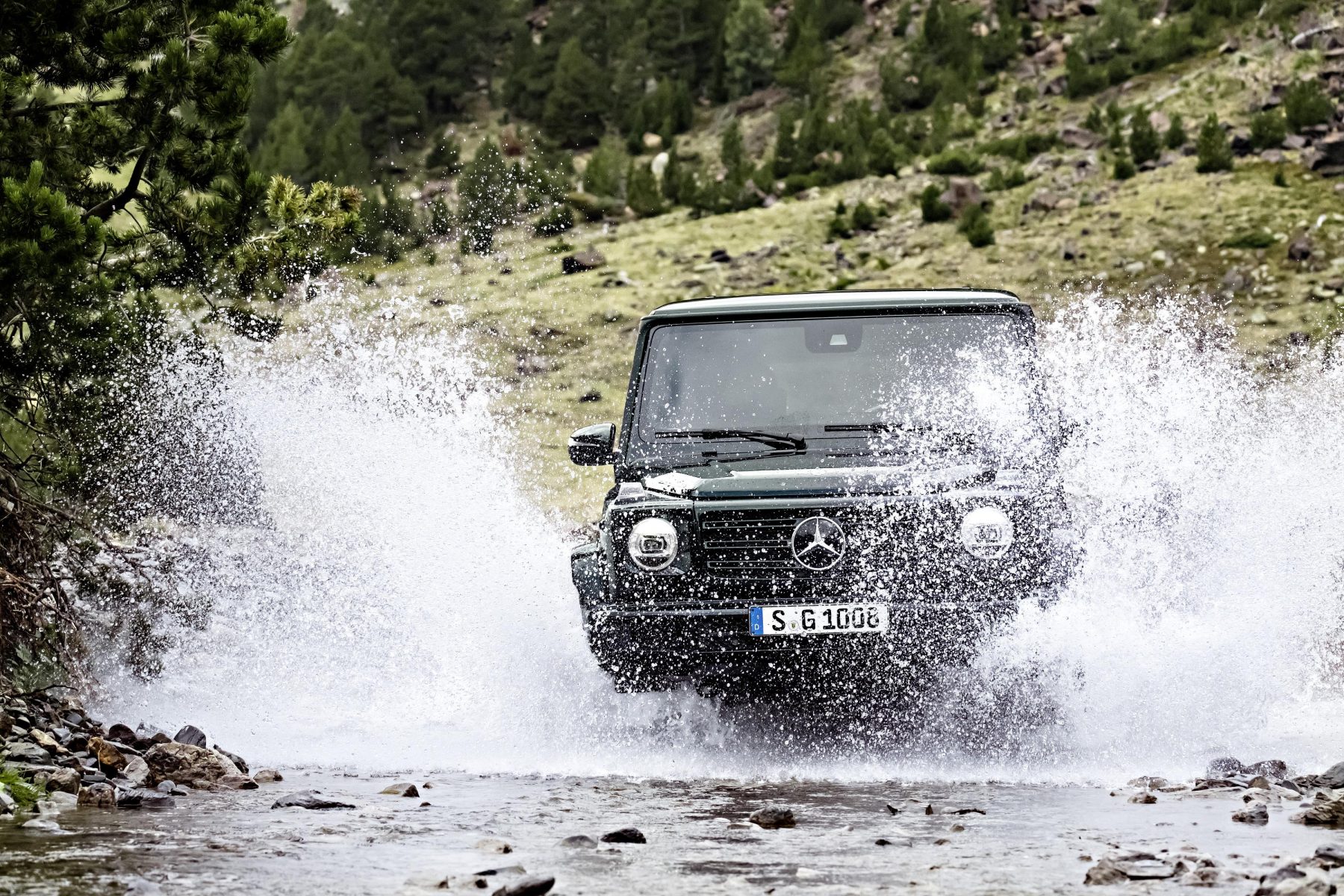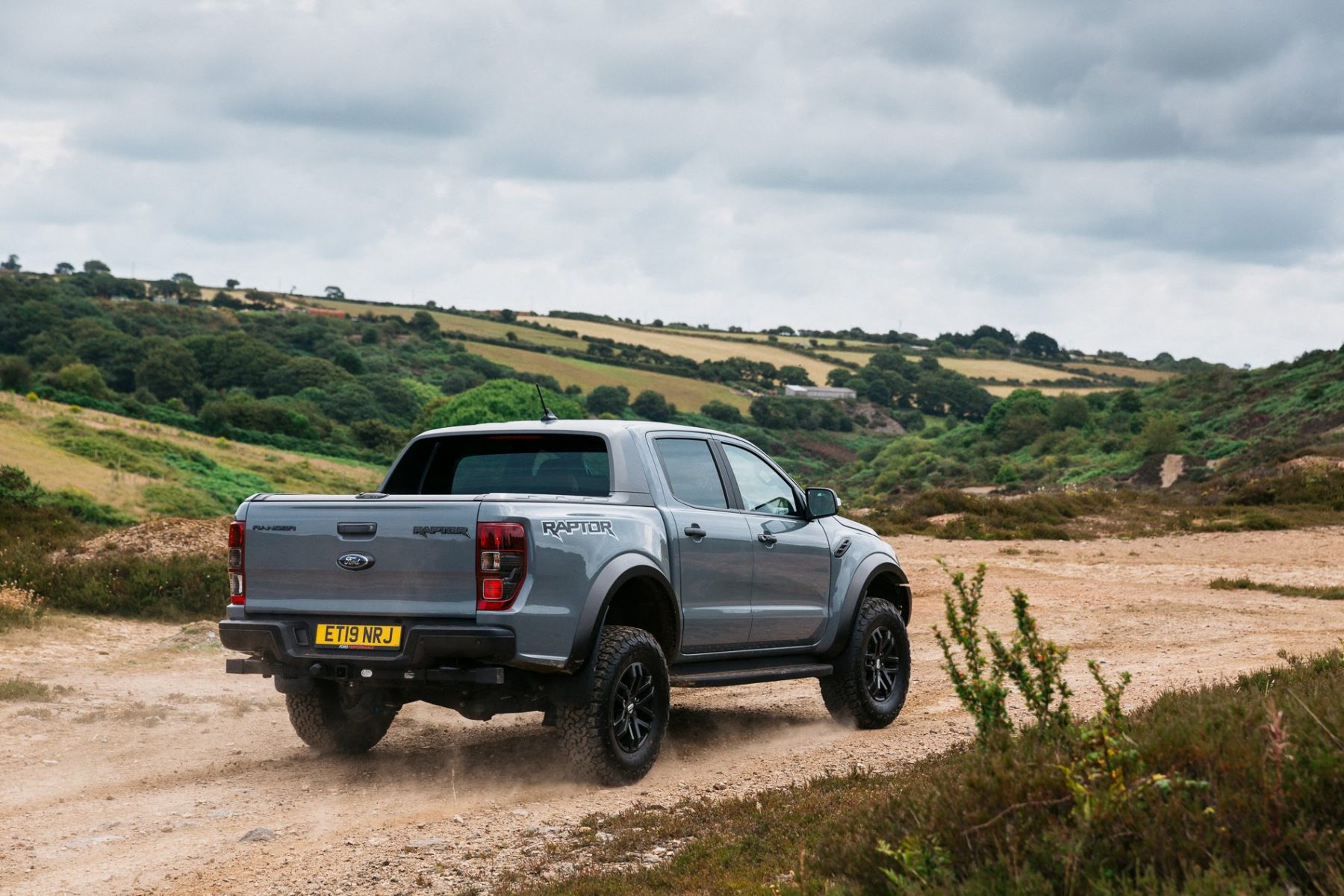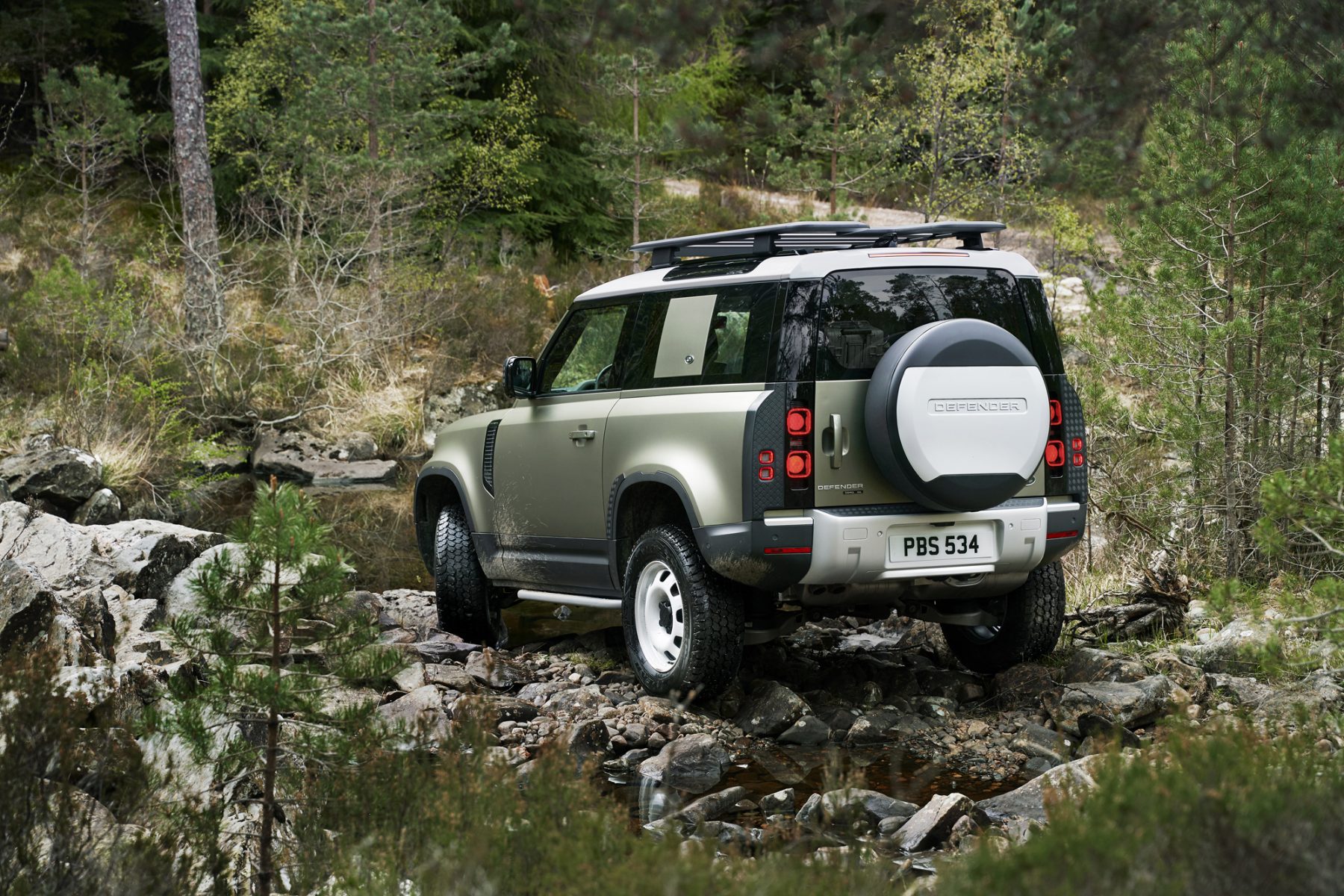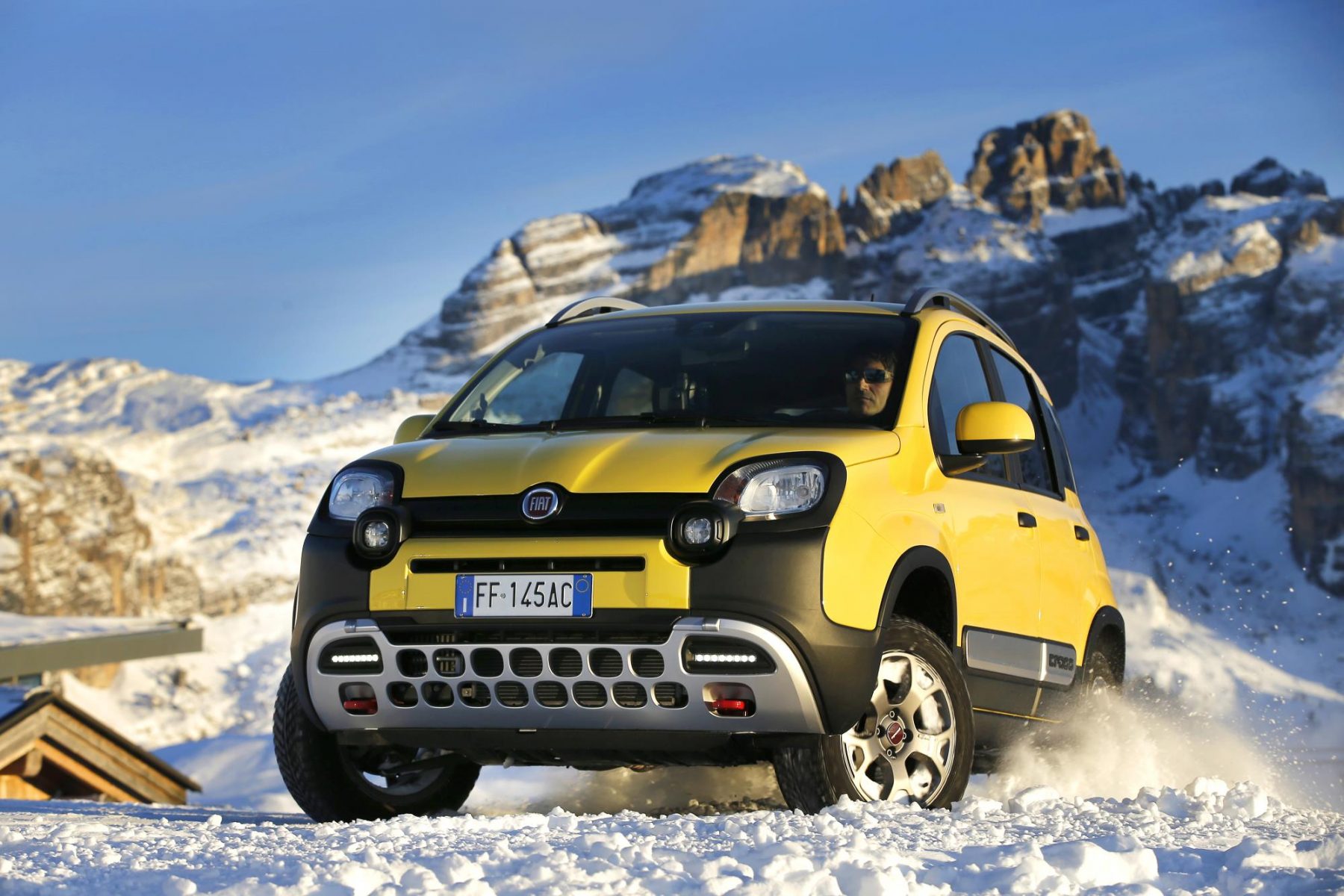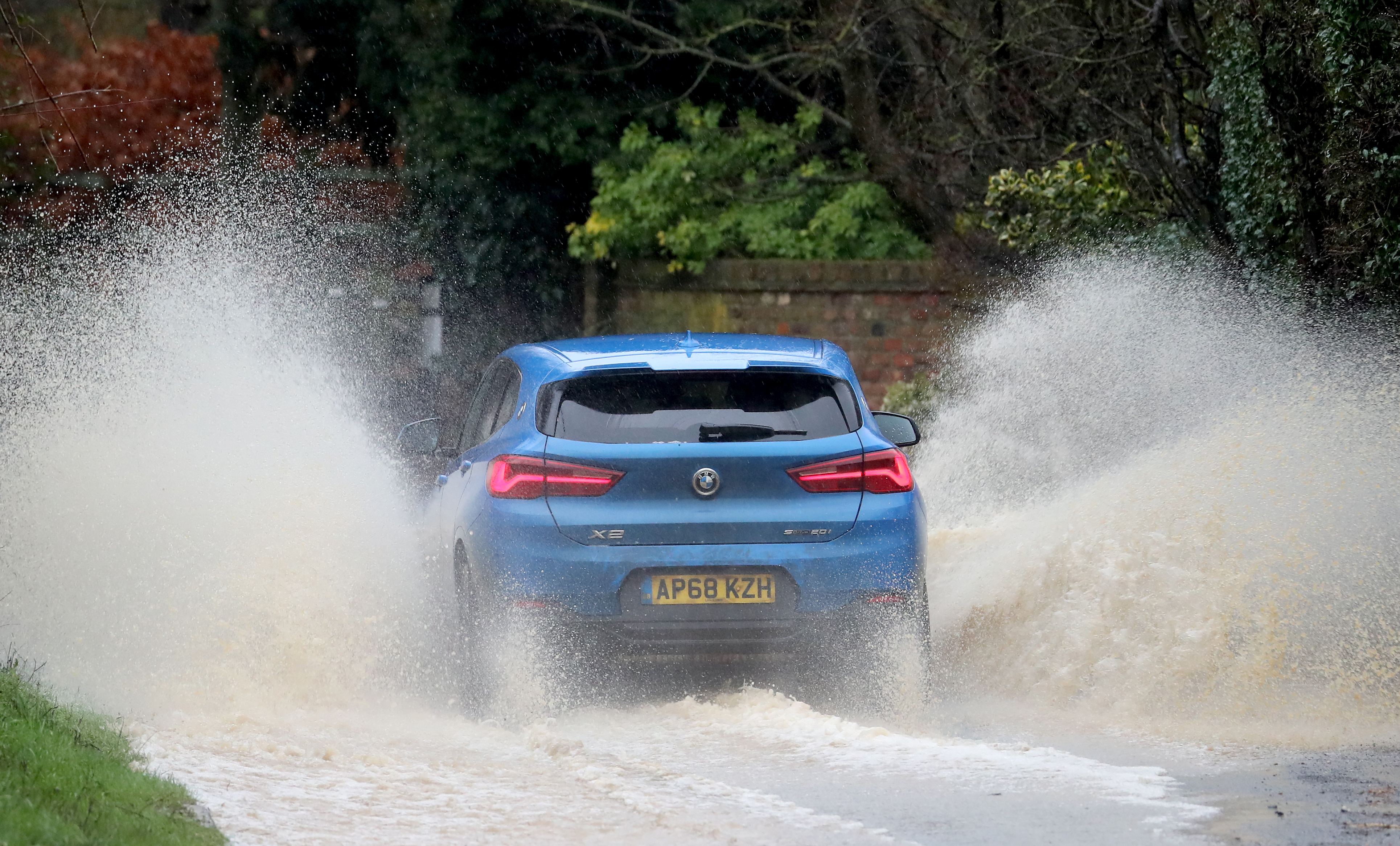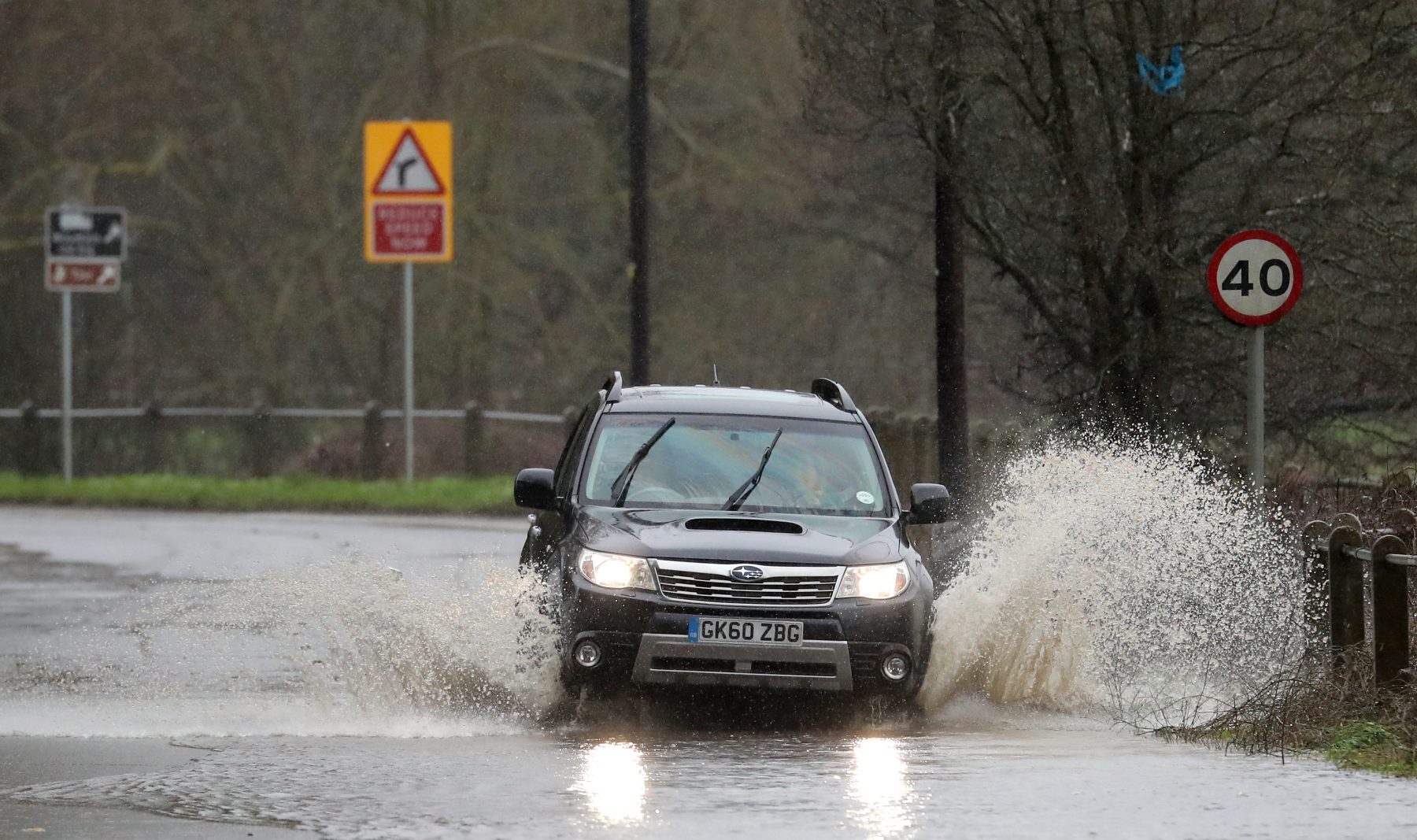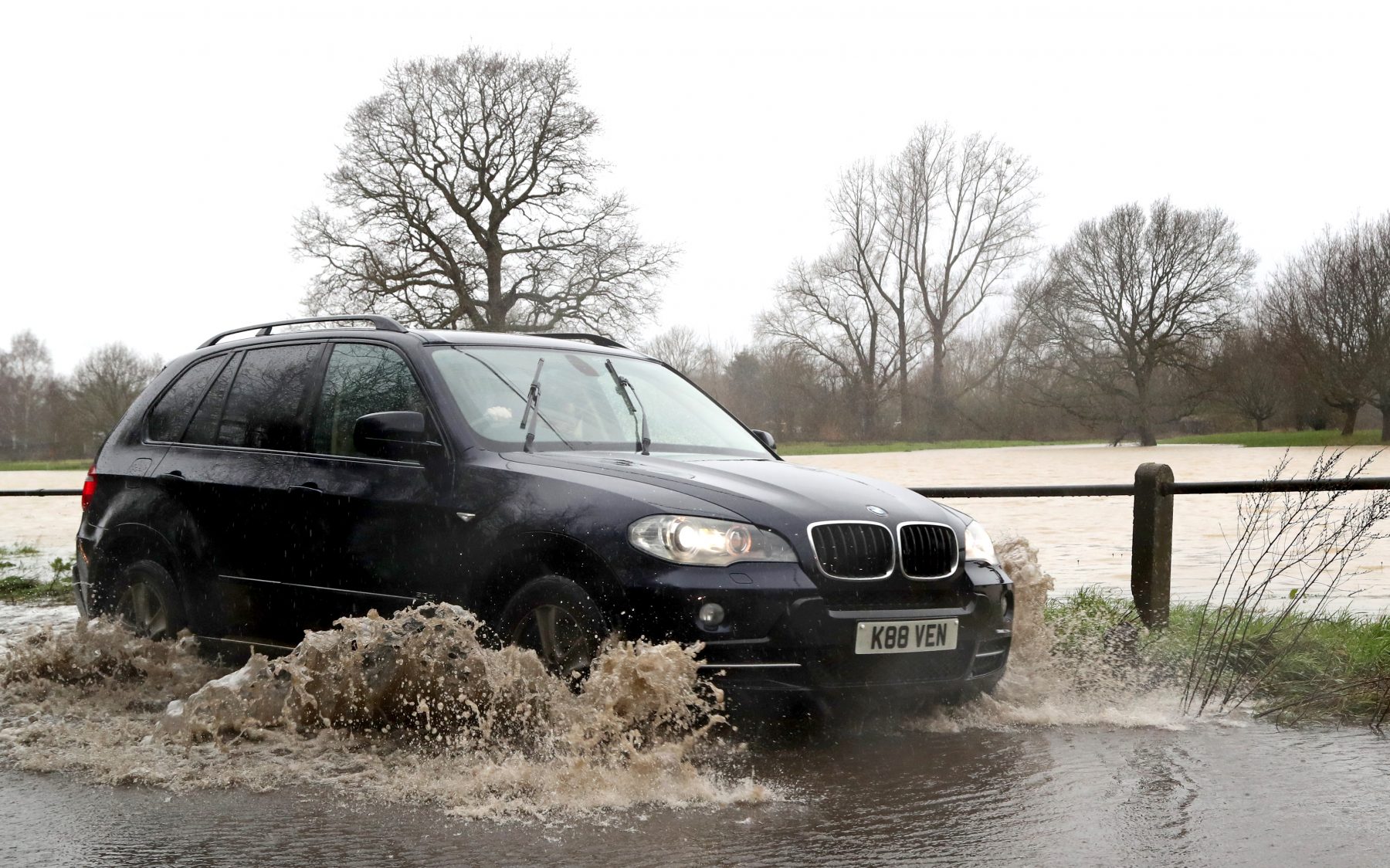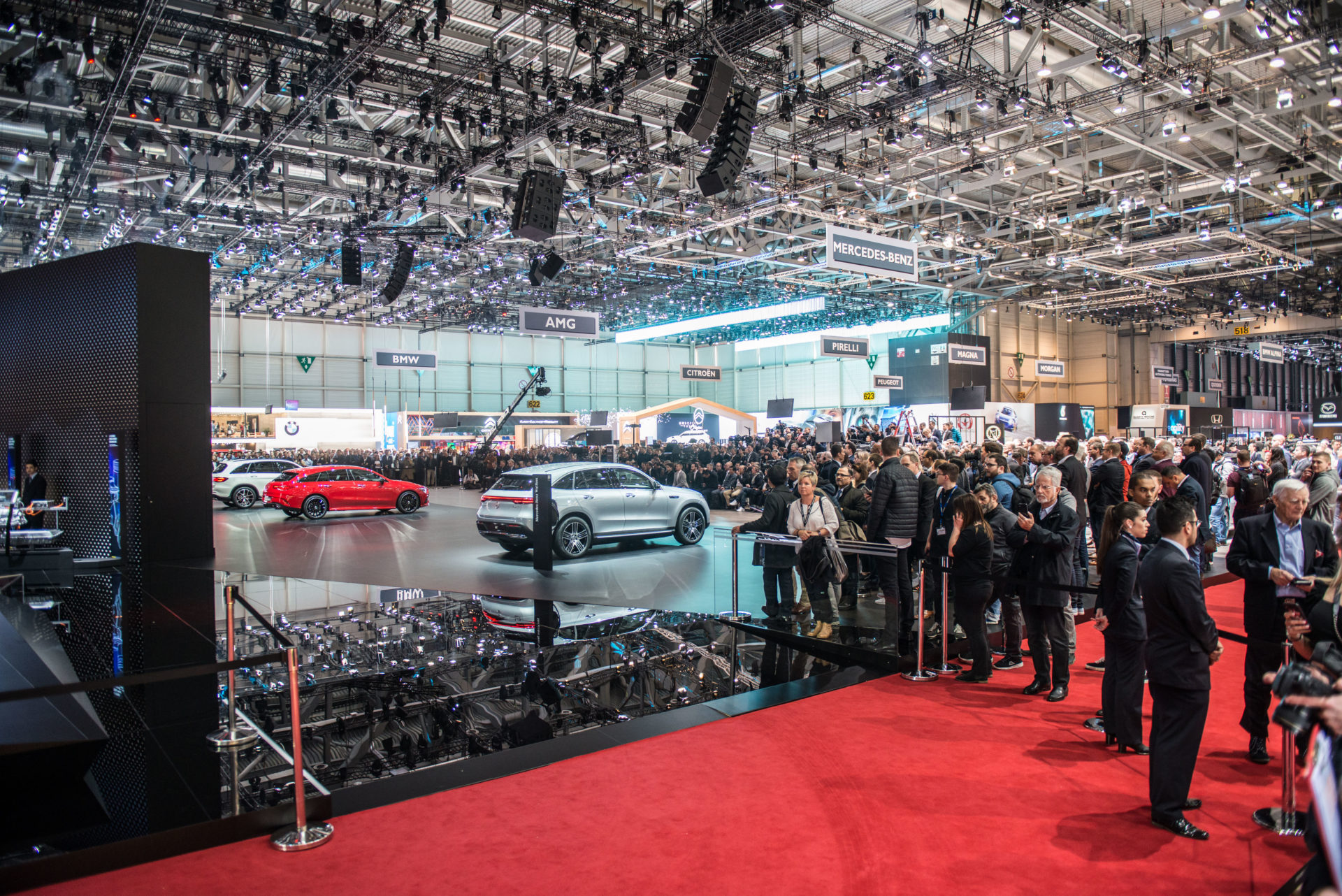March is on the horizon, and with it comes a new 20 registration plate. Over the past few months, we’ve seen a vast slew of new metal arriving on the market, with manufacturers across the board bringing plenty of new metal.
But which are the best to opt for when getting a new car with a 20 registration? We’ve picked out some of the very best from almost every manufacturer building new cars today
Alfa Romeo Giulia
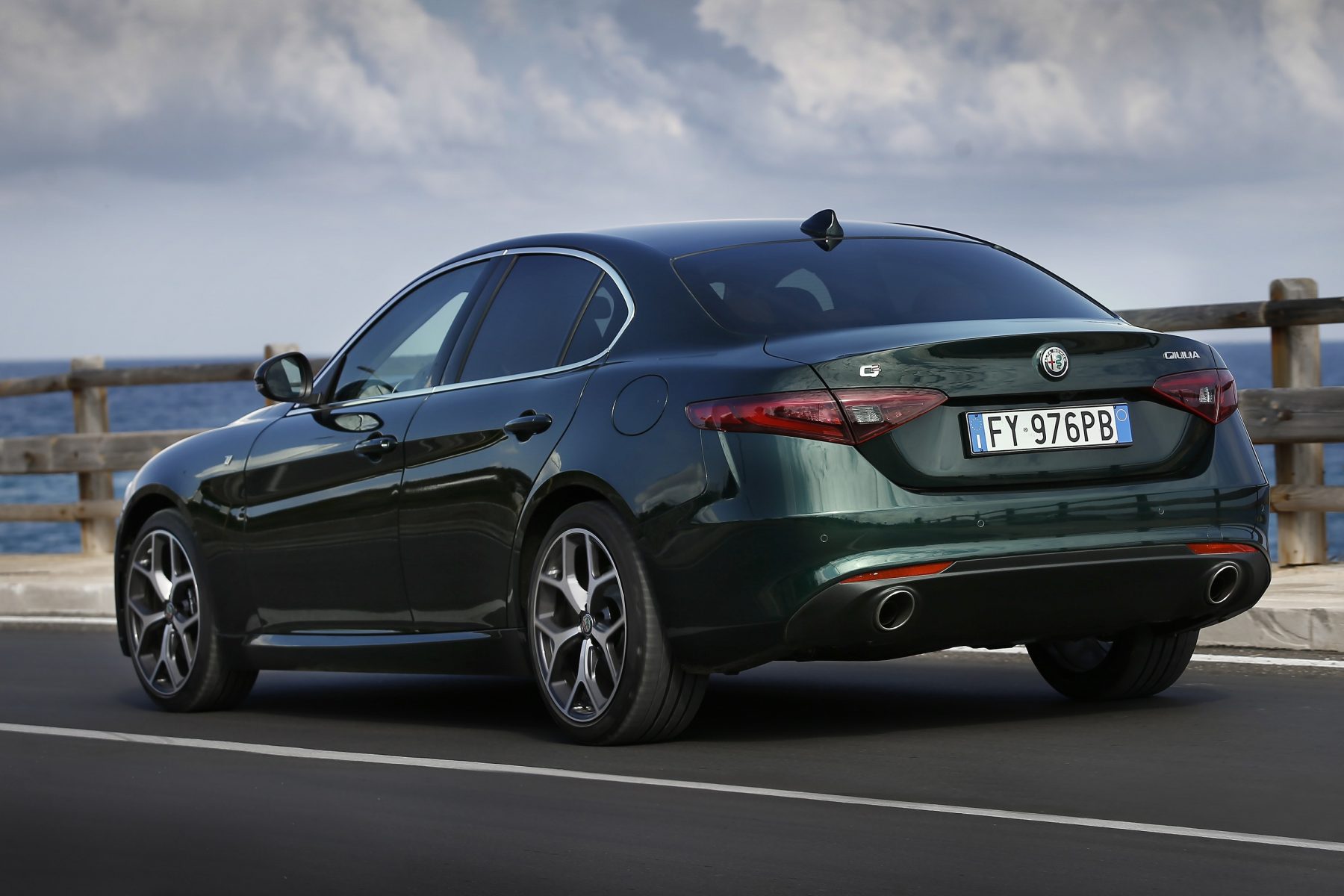
Alfa Romeo has updated its sharp Giulia saloon – though you may not know it. The list of changes is minimal, with a slightly sharper exterior look and a redesigned infotainment system being the two headline features. Oh, and there’s a more luxurious gearstick than before.
Alfa Romeo Stelvio
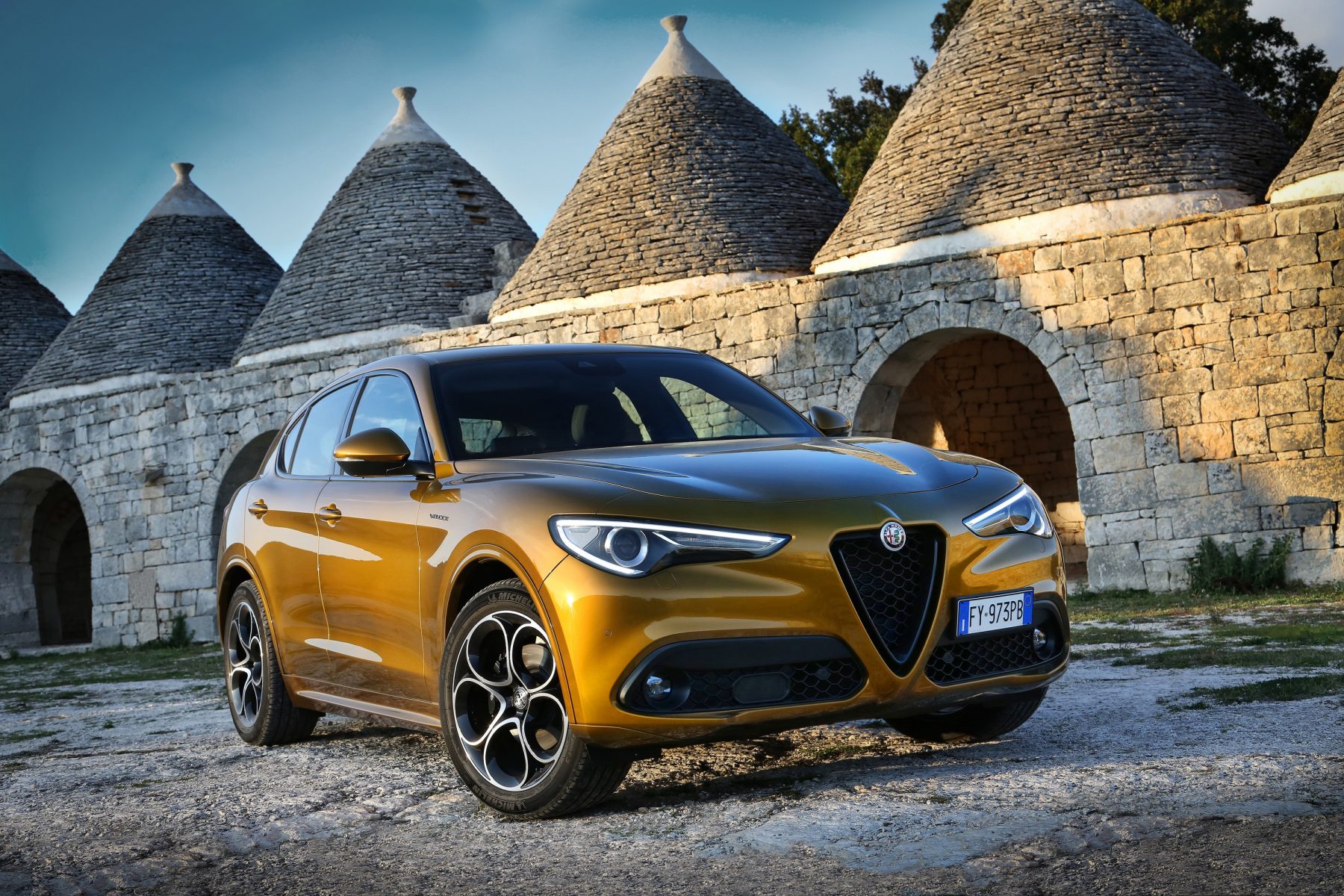
The same goes for Alfa’s Stelvio SUV; a light refresh on the exterior with more sharper touches alongside a slightly higher-end interior. It remains one of the best cars to drive in its segment as well.
Alpine A110S
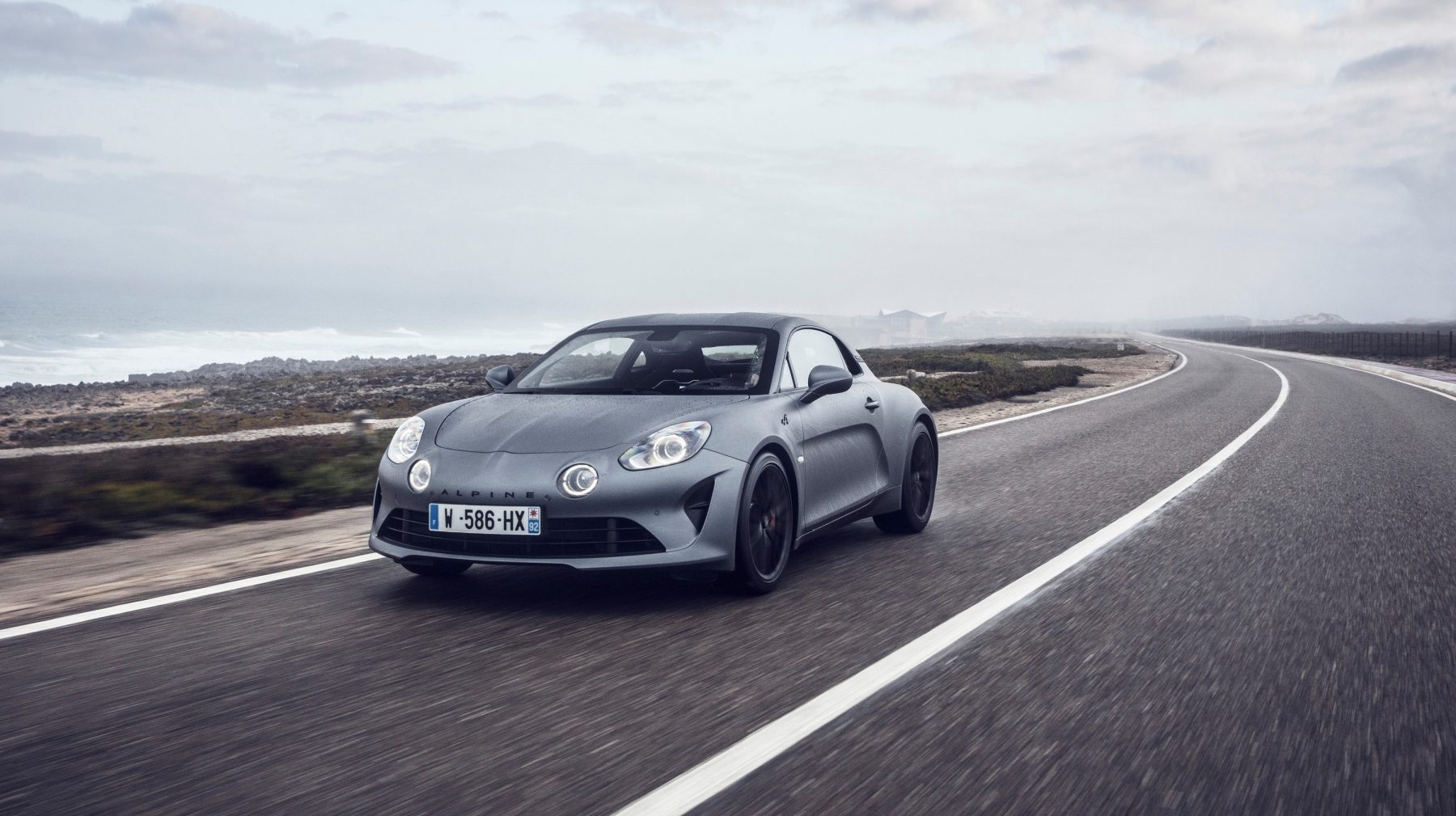
Alpine has given its critic-enthralling A110S a boost with a slight bump in power and a slight drop in ride height, too. It’s firmer than the standard car, that’s for sure, but it’s engaging and remains truly brilliant to drive. It’s a great choice for those who want an A110 with even more feedback.
Audi RS Q3 (and Sportback)
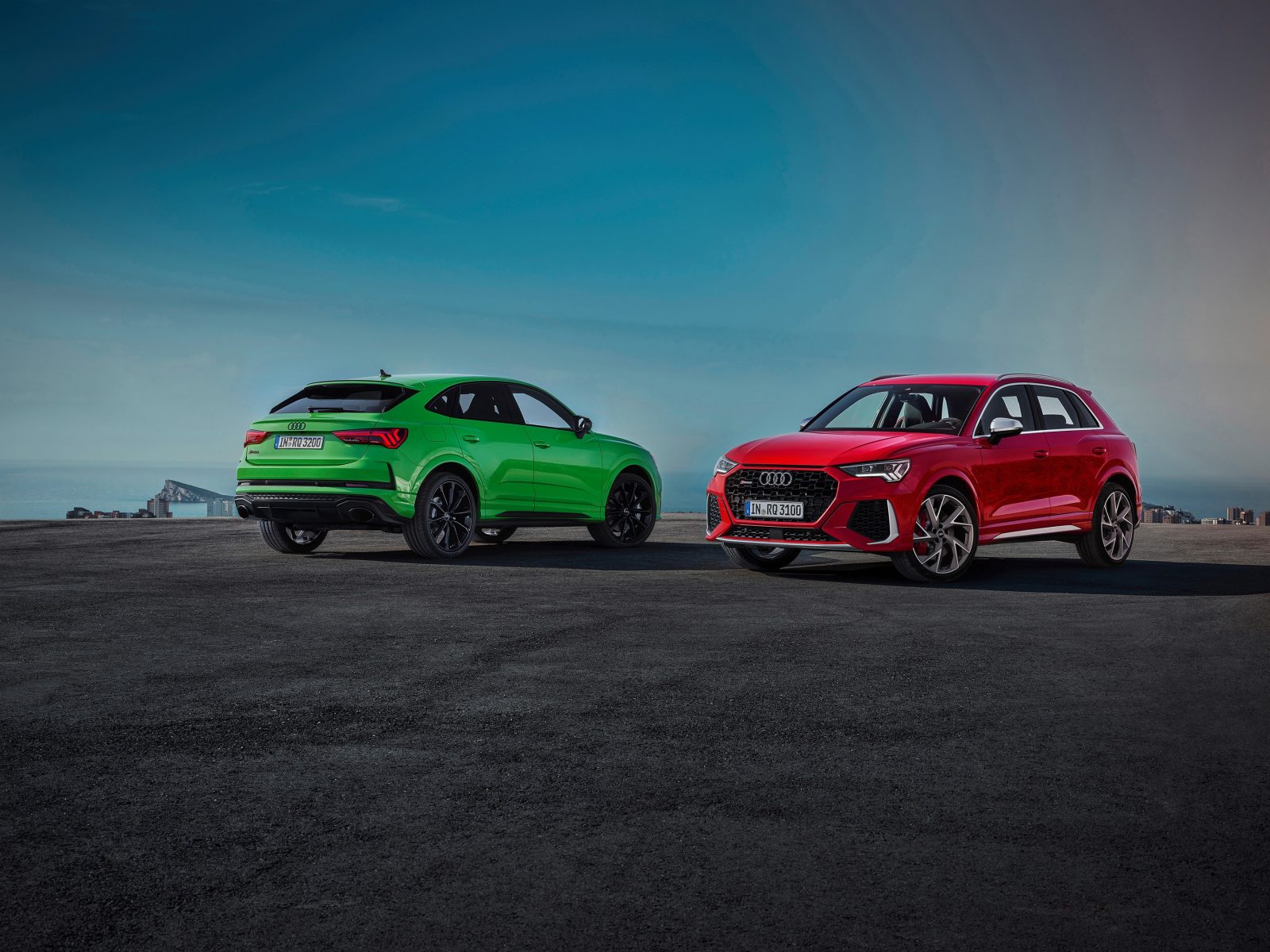
Audi’s has brought a fleet of new SUVs to market and with it several new RS models. We’ve already seen new versions of the RSQ8 and RSQ7, and now that sporting pedigree has been applied to the recently-refreshed Q3 and Q3 Sportback.
Audi RS6
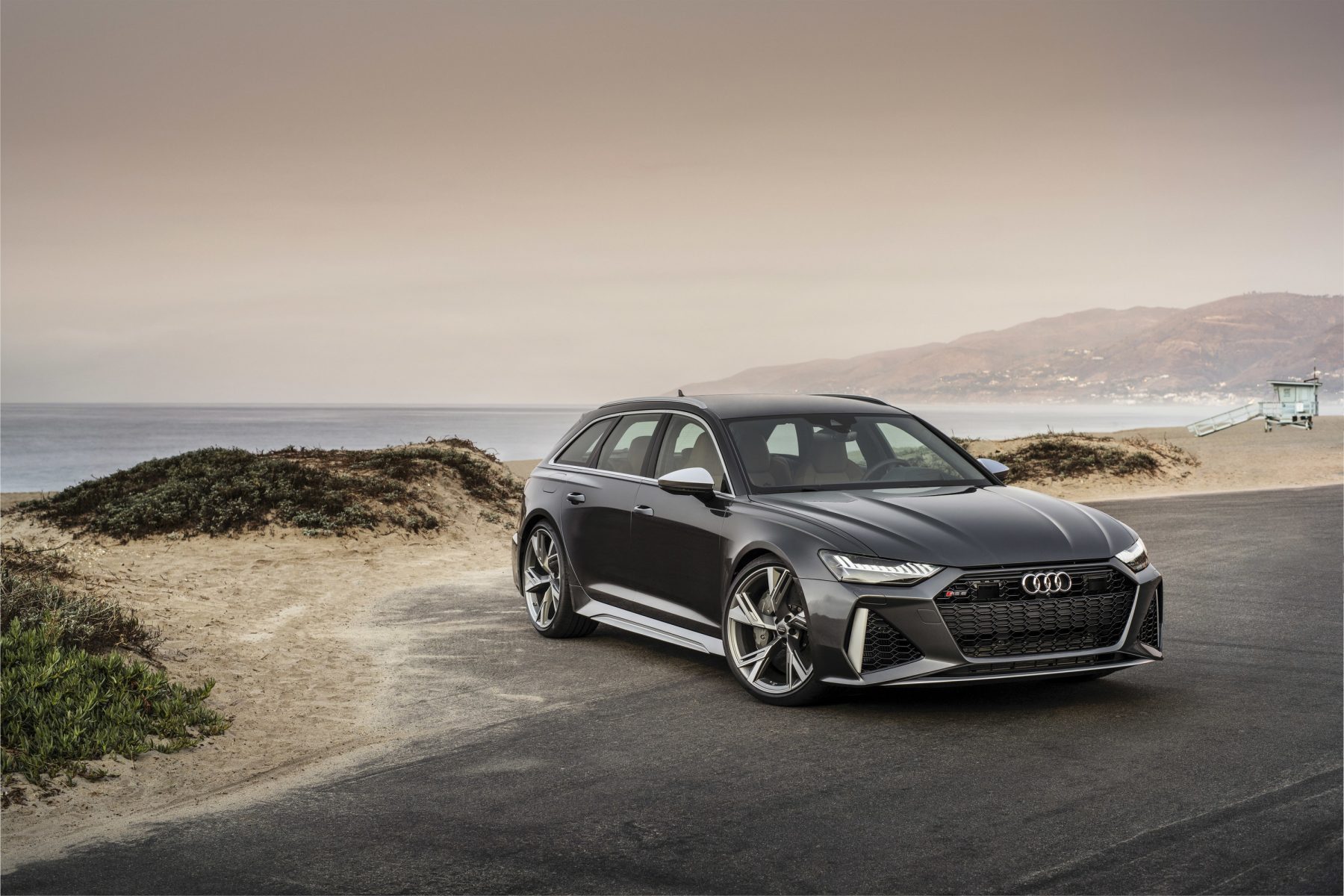
Few cars have as much expectation as the new RS 6, and it appears from first impressions that Audi has knocked it out of the park with this latest C8 version. With a 4.0-litre V8, all-wheel-steering and a clever new air suspension, this one performance estate which can do it all.
Audi A5
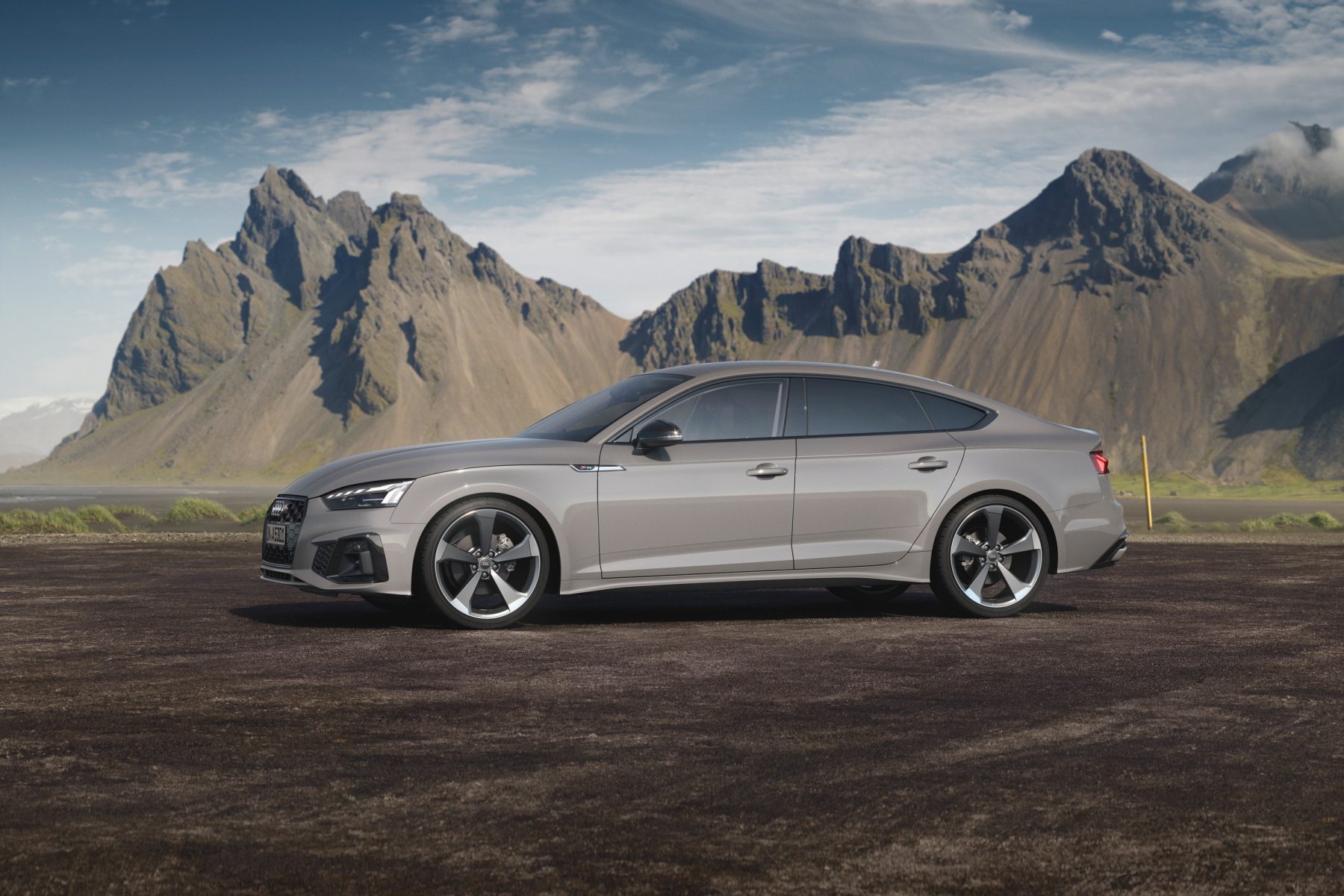
Audi’s A5 is one of the most popular cars that the firm makes, thanks to its sleek looks and well-made interior. This latest version is no different, and it now boasts even cleaner and more refined engine choices.
Audi A1 Citycarver
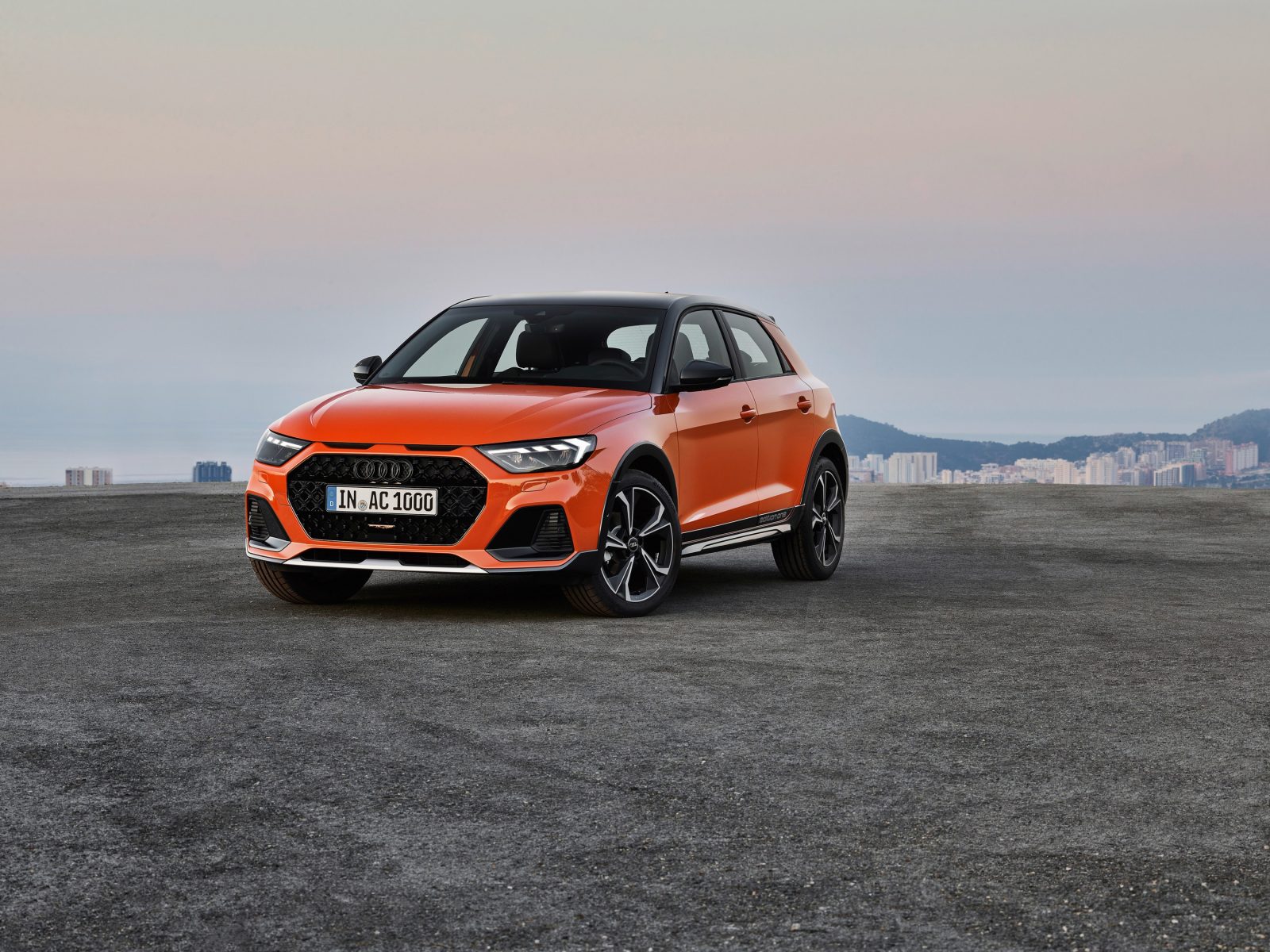
In the neverending quest for niche-busting vehicles, Audi has created this – the A1 Citycarver. Essentially a slightly lifted version of its excellent A1 city car, it’s there to appeal to those who want more adventure-orientated looks from their Audi.
Bentley Mulsanne 6.75 Edition
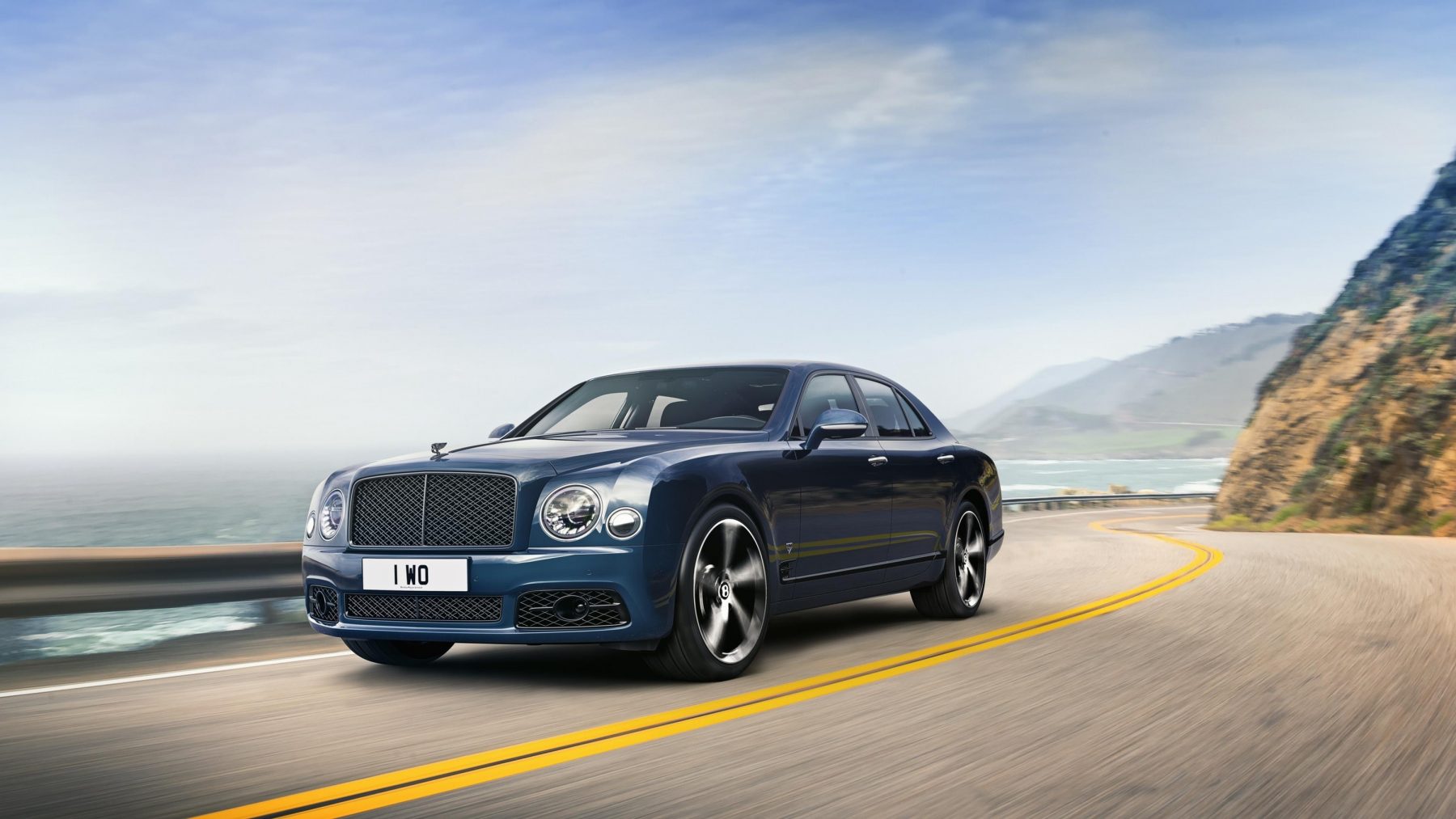
Bentley is saying farewell to its Mulsanne – for now, at least – and has released this 6.75 Edition to celebrate. Just 30 units will be produced, with each also celebrating the iconic 6 7/5 engine which has spent 60 years in continuous production.
BMW 1 Series
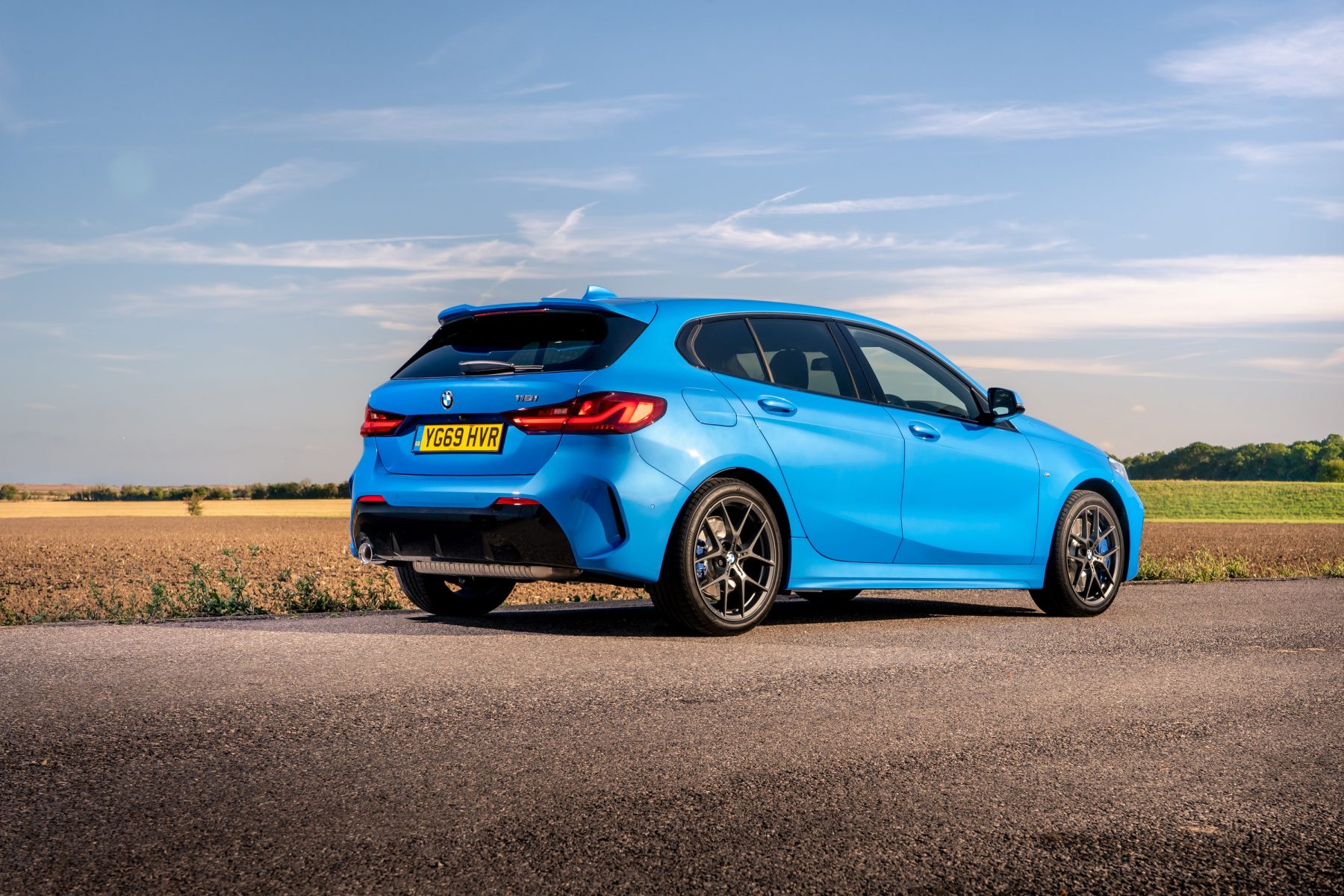
BMW’s popular 1 Series has undergone quite the transformation for this latest generation. Gone is rear-wheel-drive, replaced in favour of a front-wheel-drive powertrain. The sleek looks of the original have been gone and instead, it’s a far boxier-looking affair. It’s still great to drive and comes with an efficient and powerful range of engines.
Chevrolet Corvette
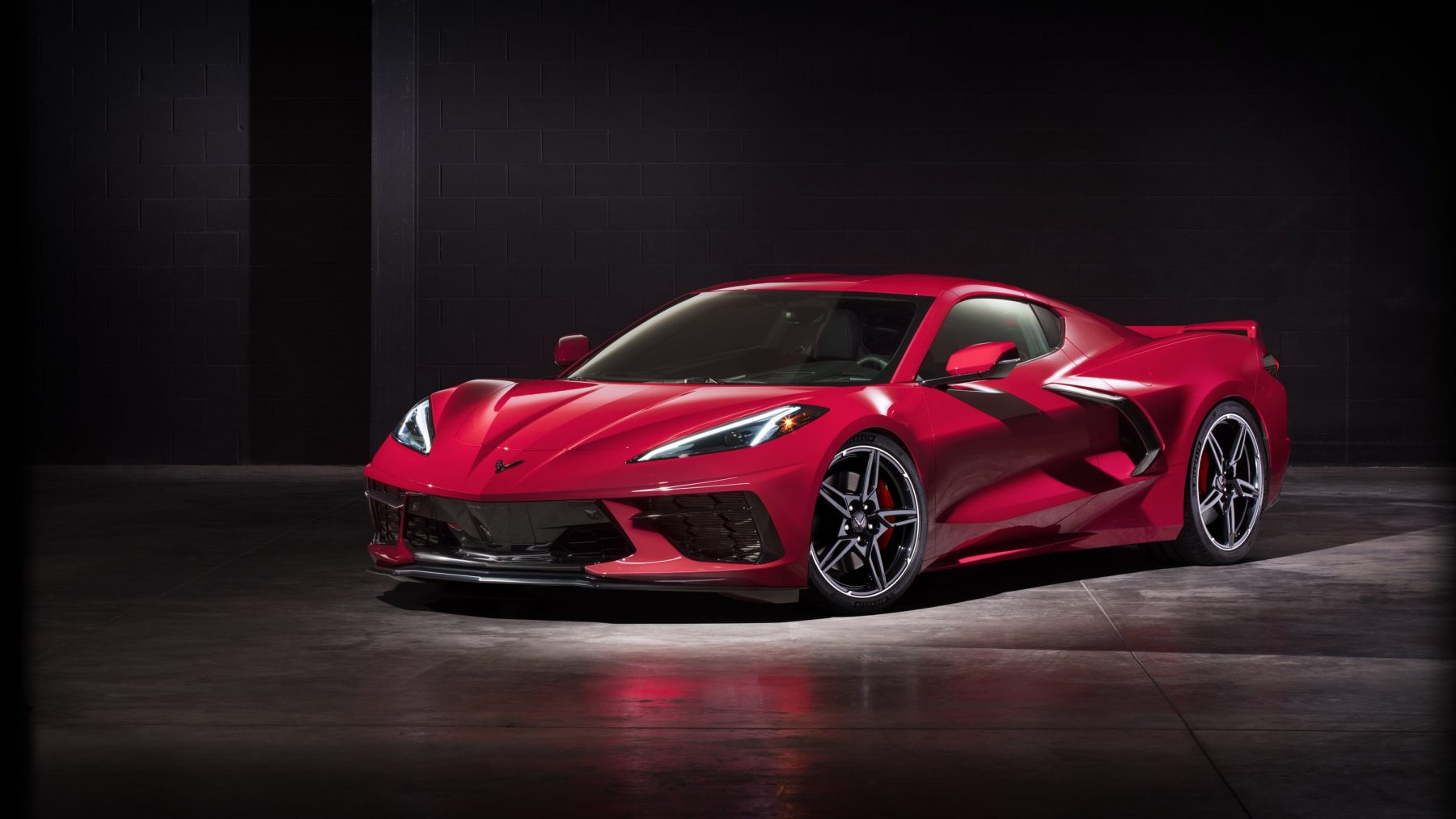
It doesn’t get more all-American than the Chevrolet Corvette and while it’s always been a hit in the States, but here in the UK this hasn’t always been the case. This new, C8-generation car should address this thanks to an improved engine and more in-car tech.
Fiat Panda Hybrid
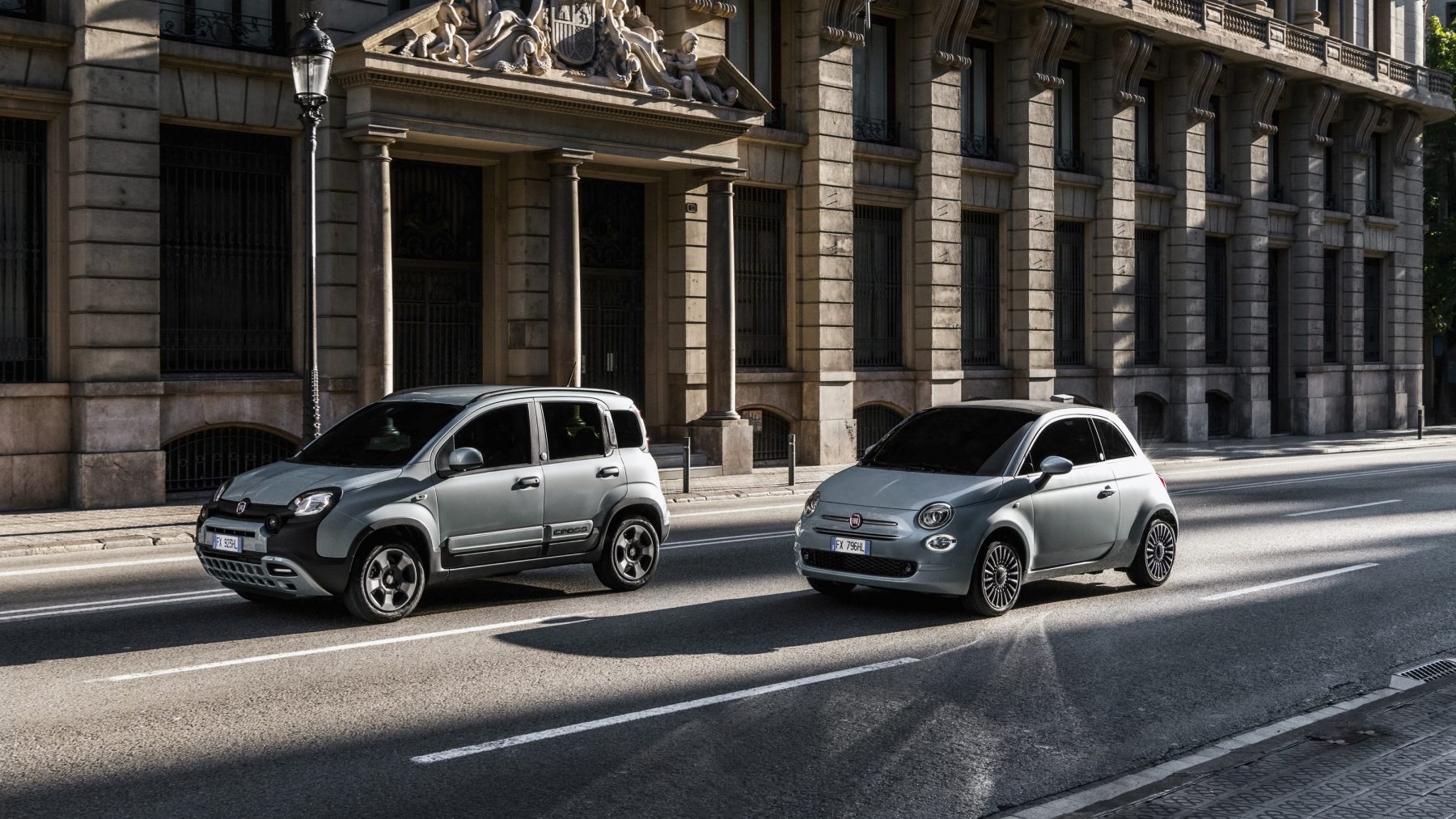
Fiat is on a quest towards electrification, and this is noticeable through its recent introduction of hybrids. The Panda is one of the cars to get the electrified treatment, meaning inner-city drivers now have a more efficient, cleaner small car to go for.
Fiat 500 Hybrid
The same powertrain will be used on the 500 Hybrid too. It transforms an already extremely popular city car, and will likely find favour among those urban drivers who want a little more electrical assistance, without going the whole hog and opting for a battery-electric car.
Ford Puma
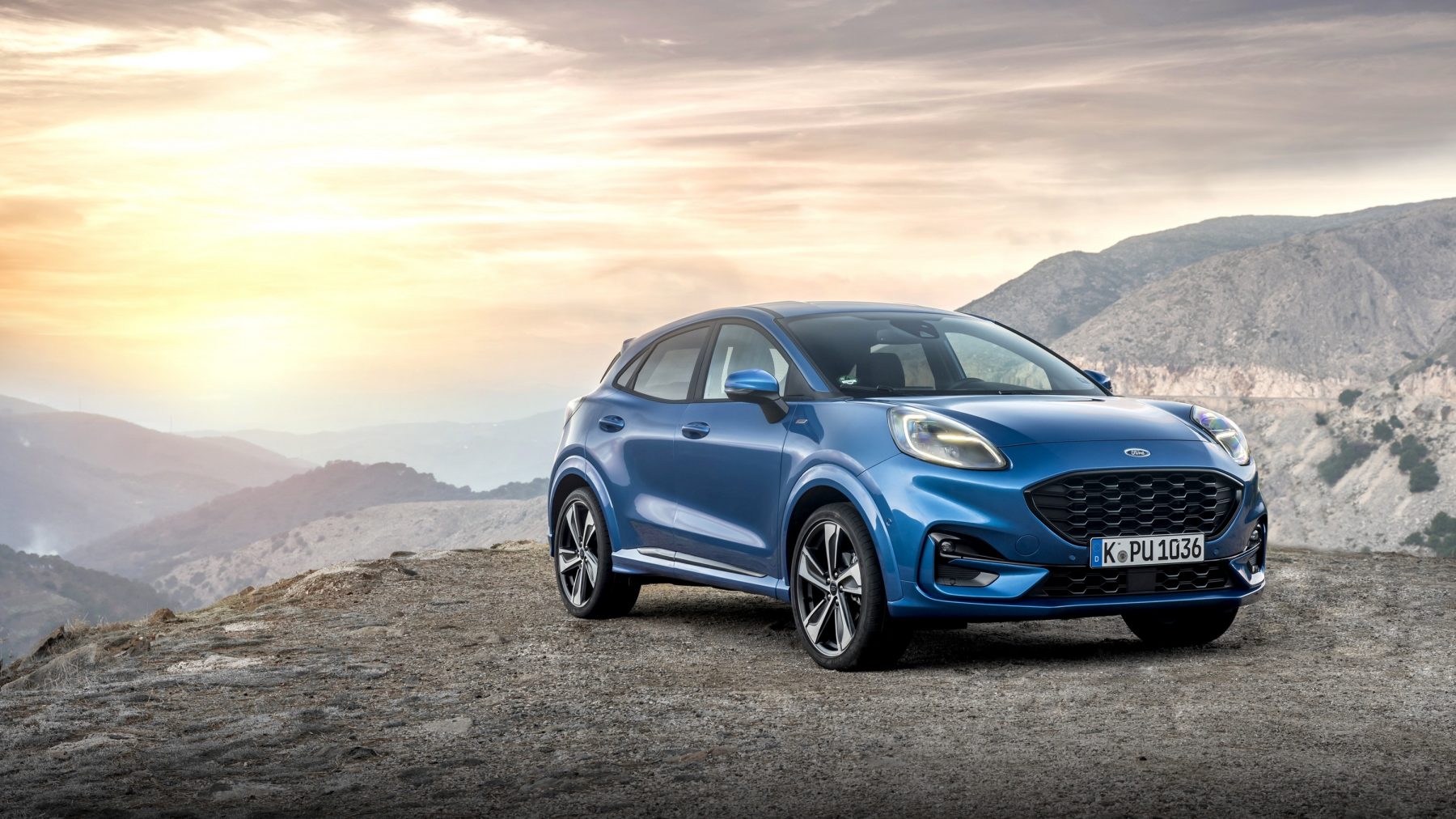
Ford has revived the Puma name, but rather than being on a Fiesta-based coupe it’s being positioned on a compact crossover instead. With strong looks and a good level of standard equipment, it’s likely that this car will be very popular over the coming months.
Honda Civic
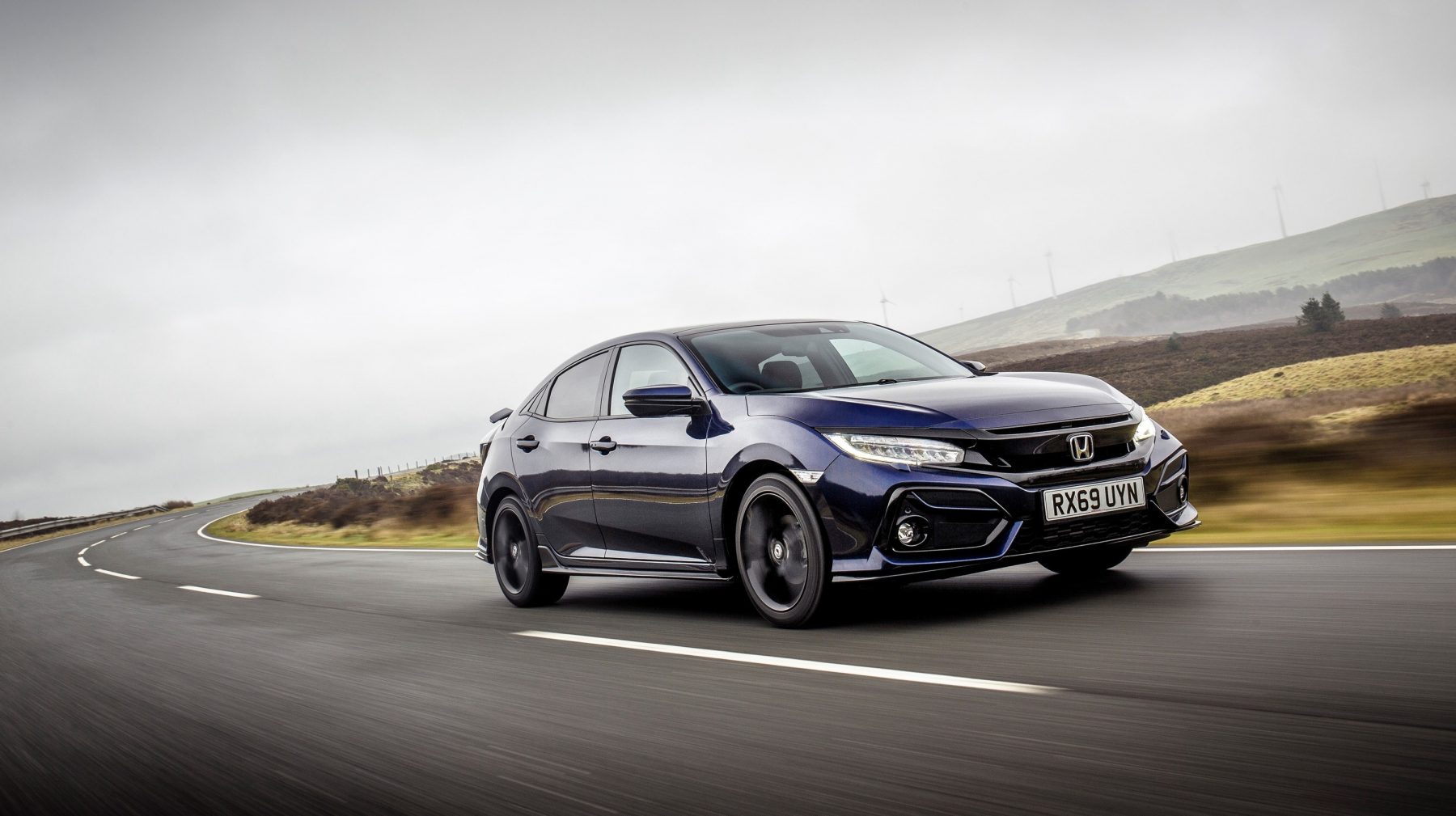
Honda has breathed some new life into its popular Civic, sharpening the exterior look up while refreshing the interior too. It remains mechanically the same, but that’s no bad thing; the original Civic was excellent to drive so it’s more than likely that this one will stay the same.
Hyundai i10
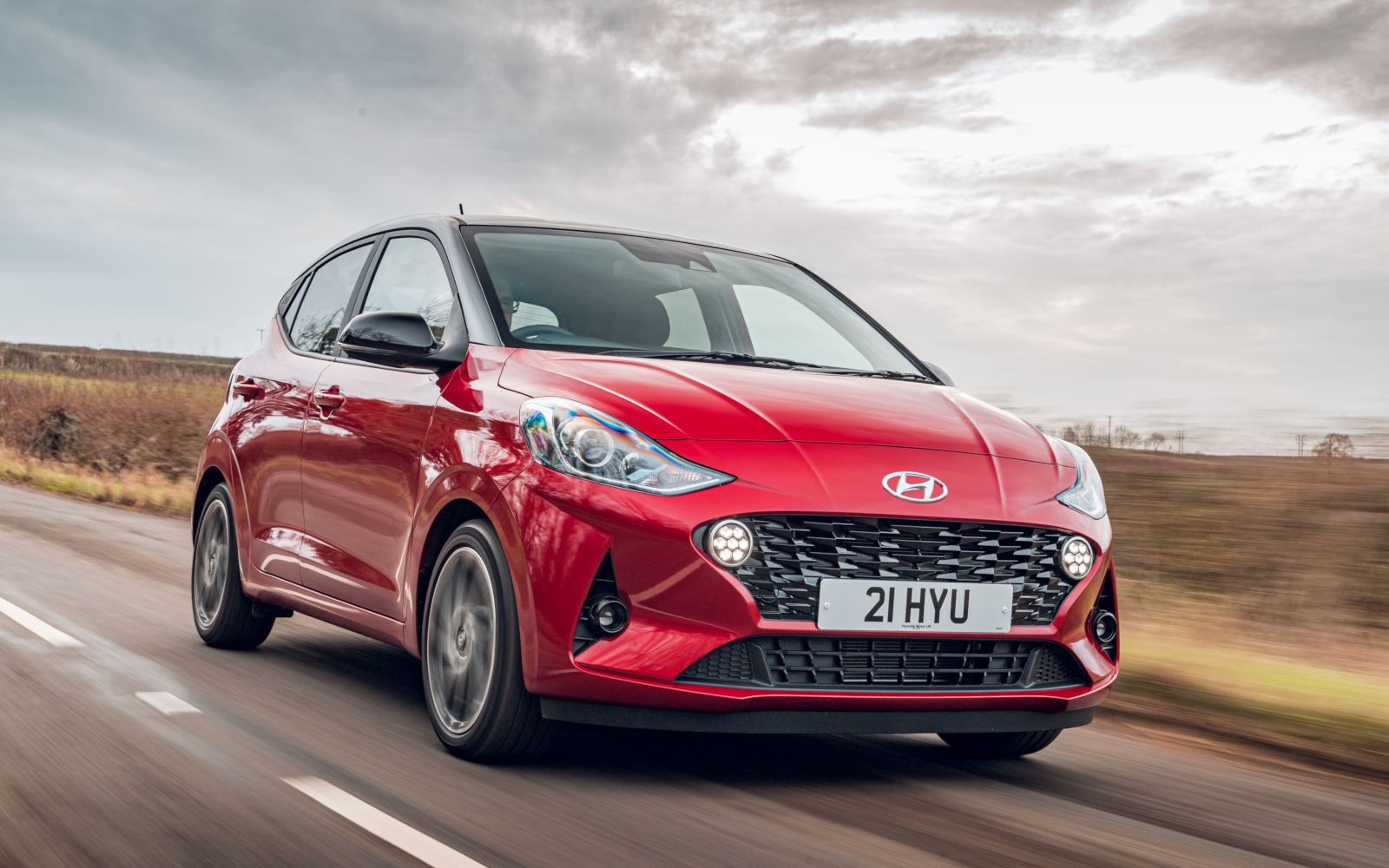
Though the compact city car segment is being quickly outweighed in terms of popularity against the crossover, but Hyundai still thinks that there’s some merit there – which is why it has introduced a new version of its i10 city car. Packed with features, it’s an excellent car in value-for-money terms.
Jaguar F-Type
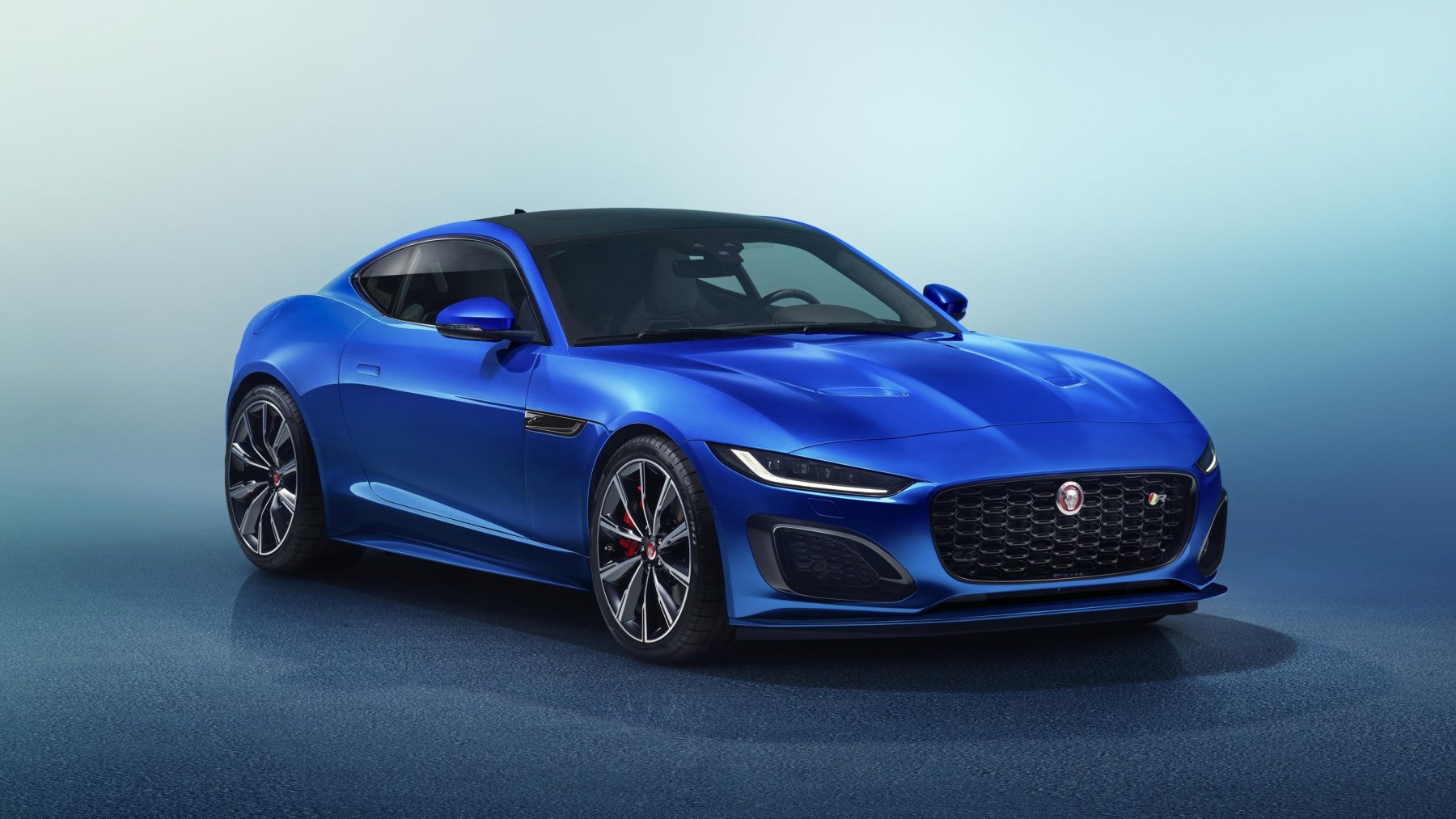
Though the Jaguar F-Type has been one of the best-looking cars on sale as of late, the British firm has seen fit to update the way it looks and edit the way it handles, too. The front end is sleeker than before, while there are more screens and displays in the cabin than before.
Kia Soul EV
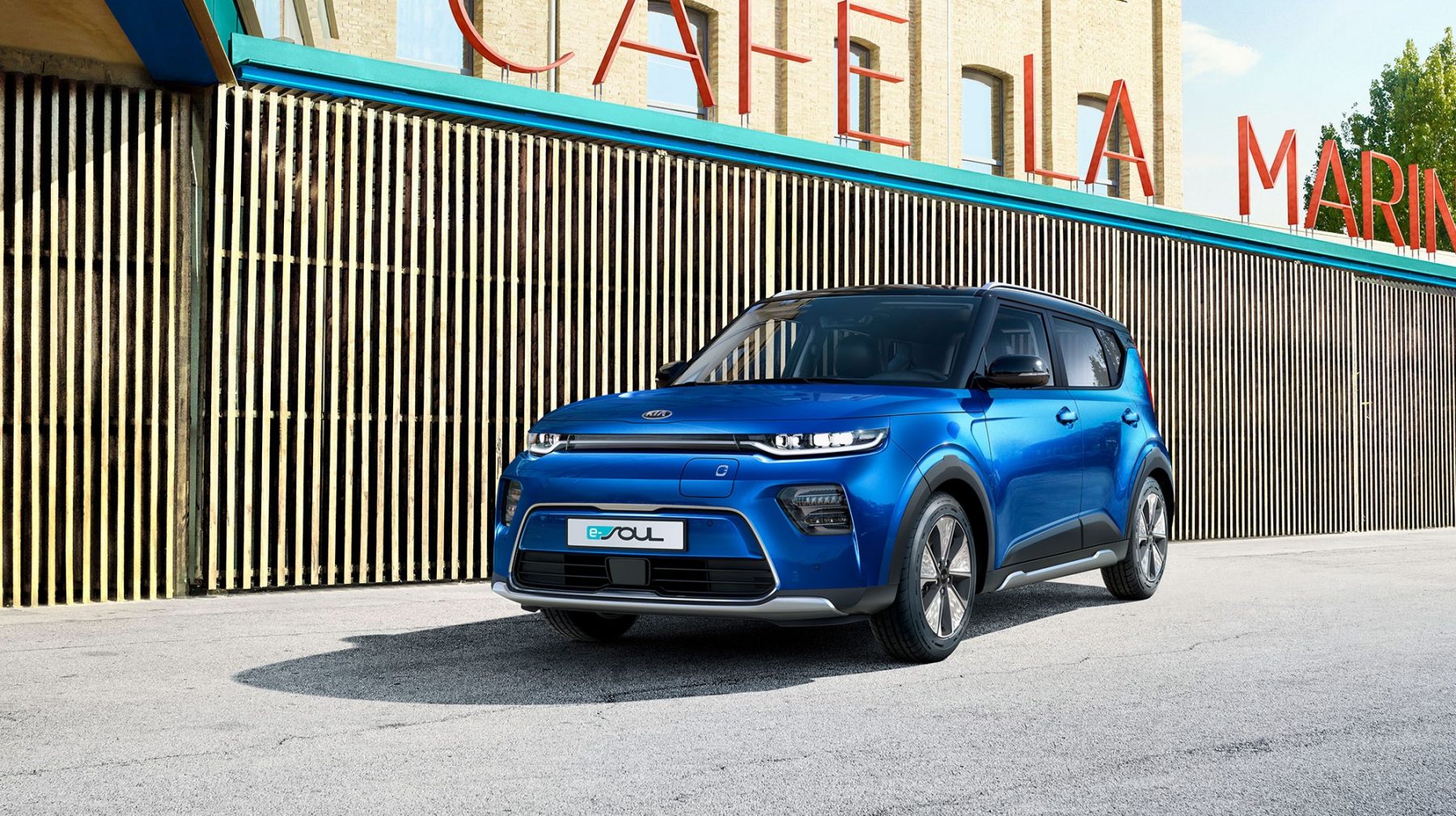
Kia’s Soul EV is somewhat of a dark horse in the electric car segment. Despite being one of the cheaper EVs around, it’s capable of returning up to 280 miles on a single charge – one of the best ranges in the segment. If you’re looking for a car without the range anxiety, then this is one to go for.
Kia XCeed PHEV
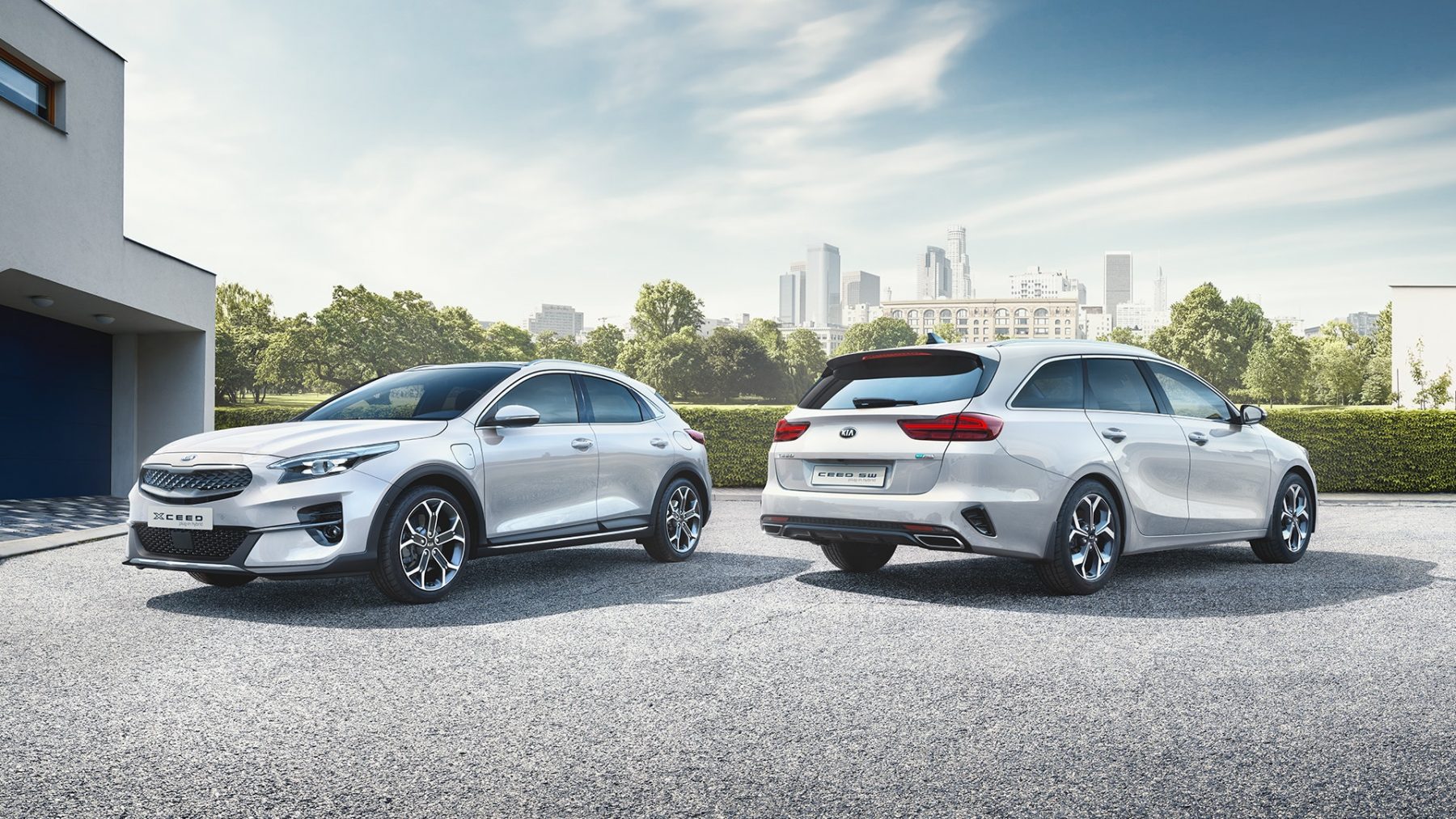
Kia has brought another crossover to the segment with its XCeed, and now has seen fit to electrify it. Featuring a plug-in hybrid powertrain, it brings down emissions while also catering for those who would prefer to run on electric power when driving around town.
Kia Ceed Sportswagon PHEV
Again, as has been a consistent theme on this list, electrifying powertrains is something manufacturers are keen on. Kia is no different, which is why as well as fitting a hybrid powertrain to its XCeed crossover, it has done the same with its Ceed Sportswagon. With plenty of space, it’s a great option for those who want a hybrid with a healthy dose of practicality.
Lamborghini Huracan EVO RWD
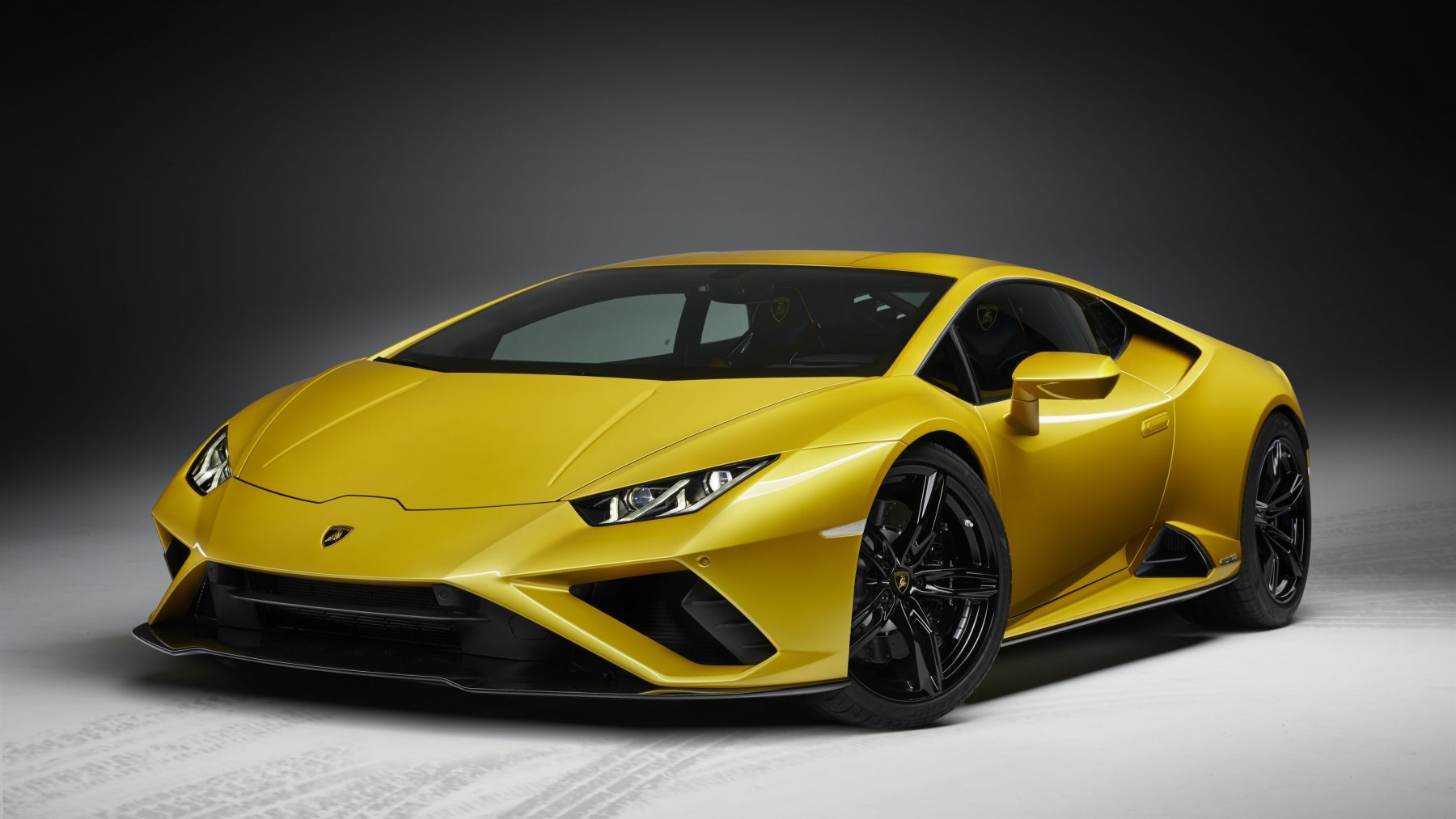
Lamborghini knows a thing or two about making exciting cars, and its Huracan has been an example of this. However, Lambo has chosen to take its Hurancan EVO and make it rear-wheel-drive, adding driver involvement and heightening the overall experience. The standard EVO is an excellent car, so it’s likely that the RWD will be even better.
Lexus RX
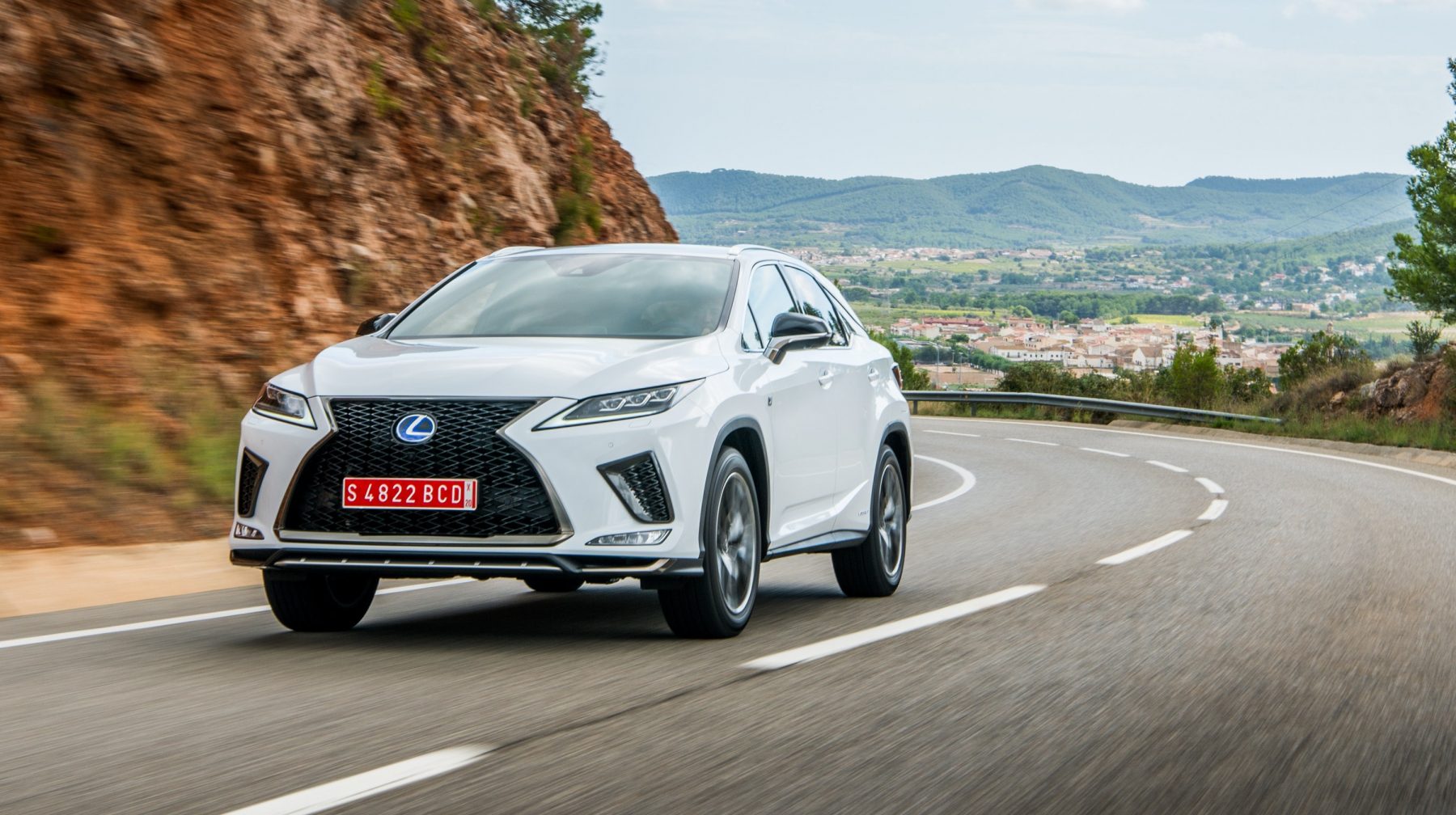
A recent refresh to the Lexus RX may only be minor, but it’s definitely noteworthy. A minorly-adjusted design gives a more up-to-date look to the car, while Android Auto and Apple CarPlay at last make an appearance.
Lotus Evora GT410
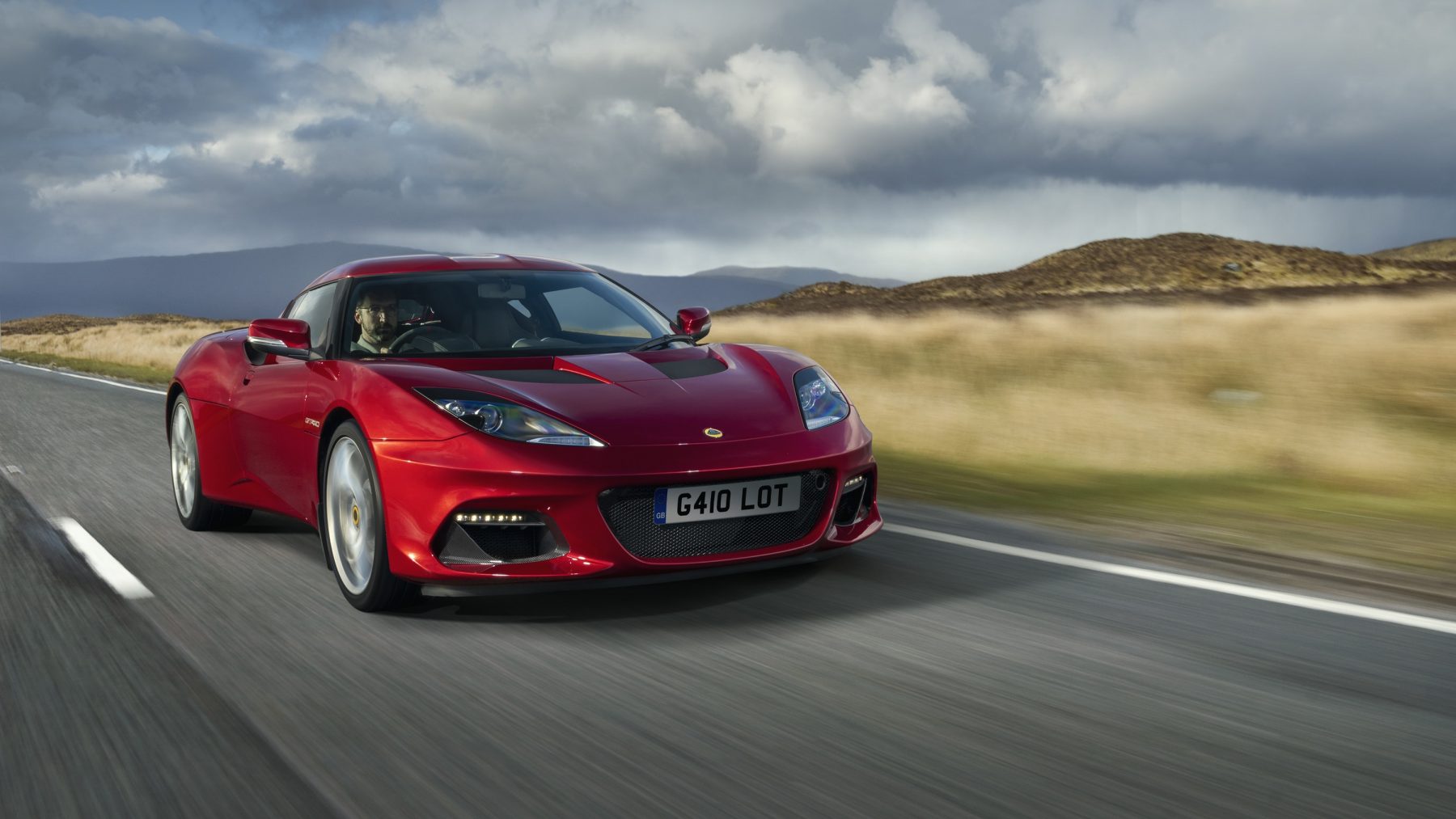
Lotus has introduced a softer version of its GT410 Sport — simply named GT410 — for more everyday use. Though still a very capable sports car, this variant has a more road-friendly suspension setup and improved refinement.
Mazda CX-30
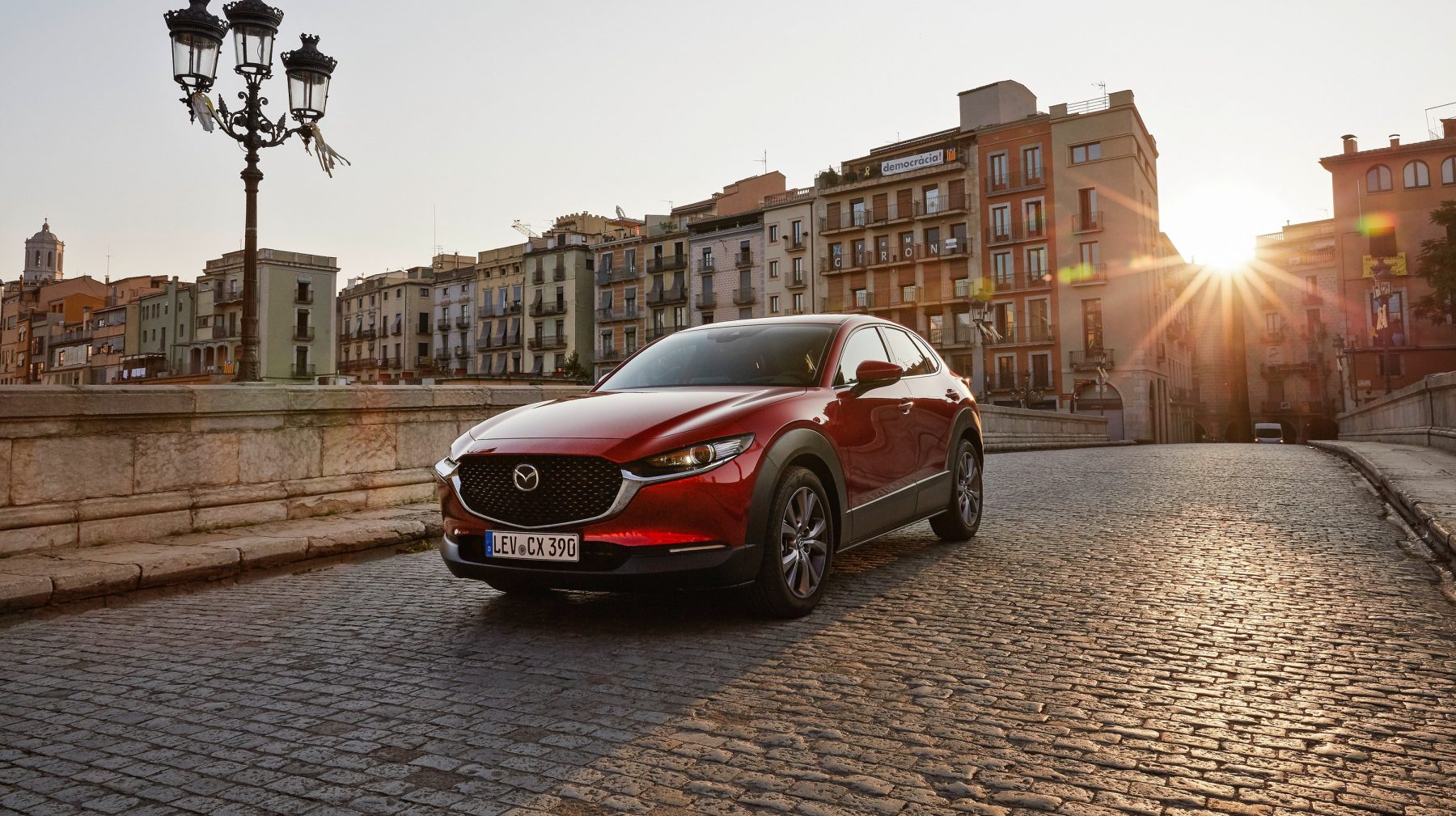
Mazda has introduced the CX-30 crossover to sit in between the compact CX-3 and larger CX-5 SUV. Key to its potential success will be the firm’s Skyactiv-X powertrain technology, said to deliver diesel efficiency despite being a petrol.
MG HS
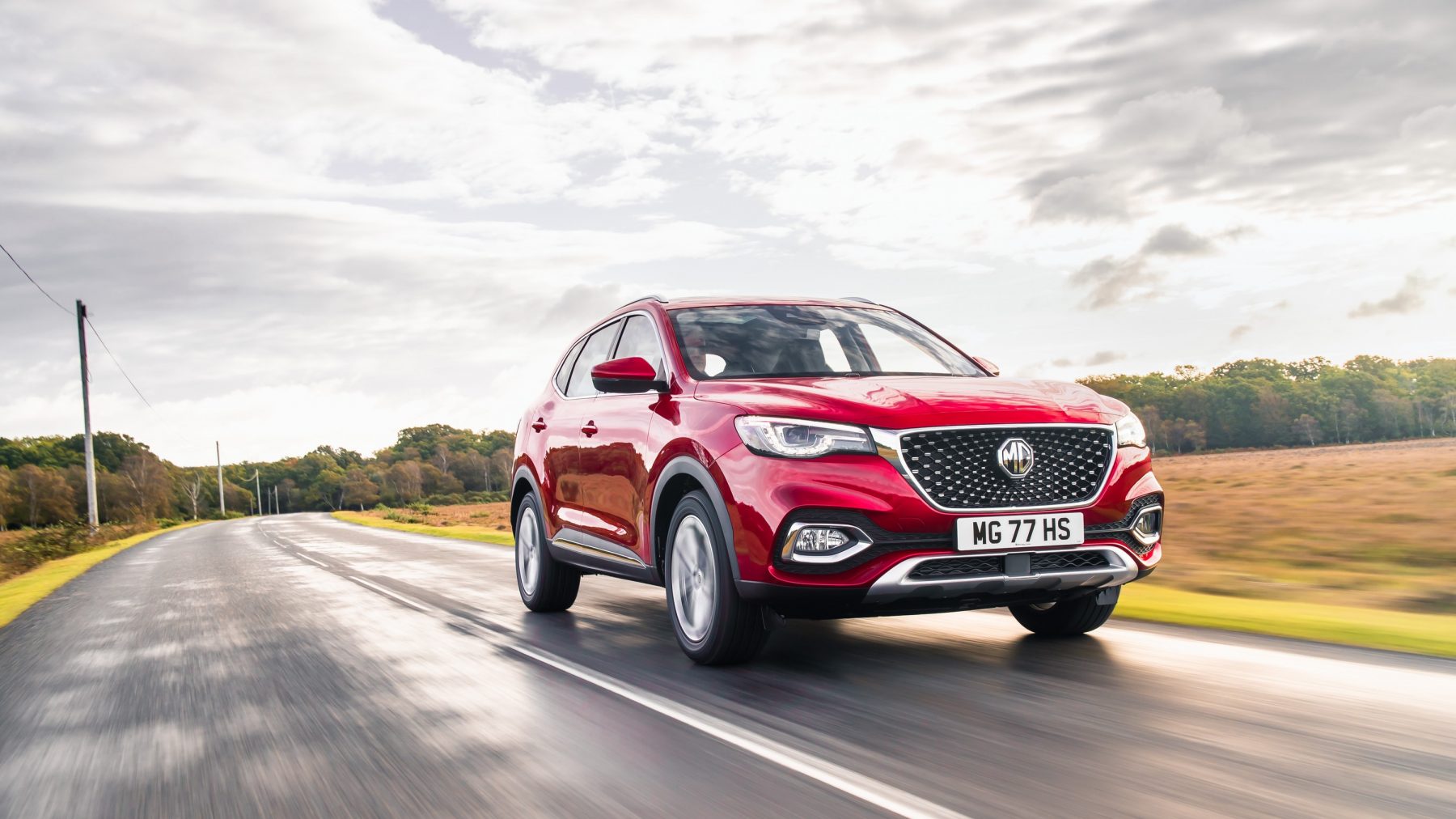
MG has seen a lot of success in its ZS crossover, and now the larger HS is here to enter the market space of the Nissan Qashqai and Ford Kuga. MG hopes a lower price point without compromising on equipment will bring it that success.
Mitsubishi Mirage
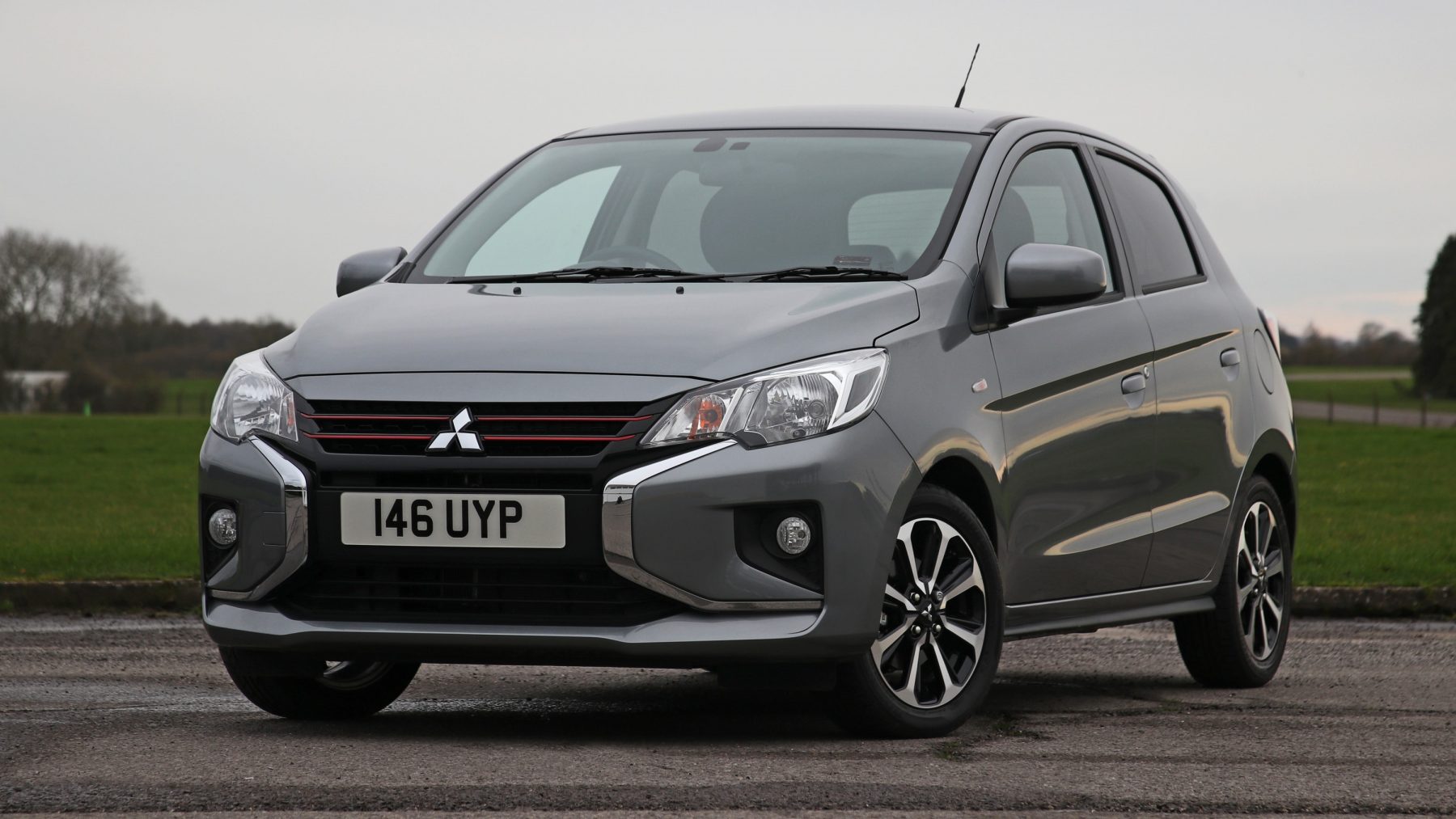
Mitsubishi first introduced the Mirage in 2012, but failed to give it any major overhauls until just now. The new Mirage takes on a fresh face to bring it more up to date, as well as a squared-off rear bumper for a more aggressive look.
Nissan Juke
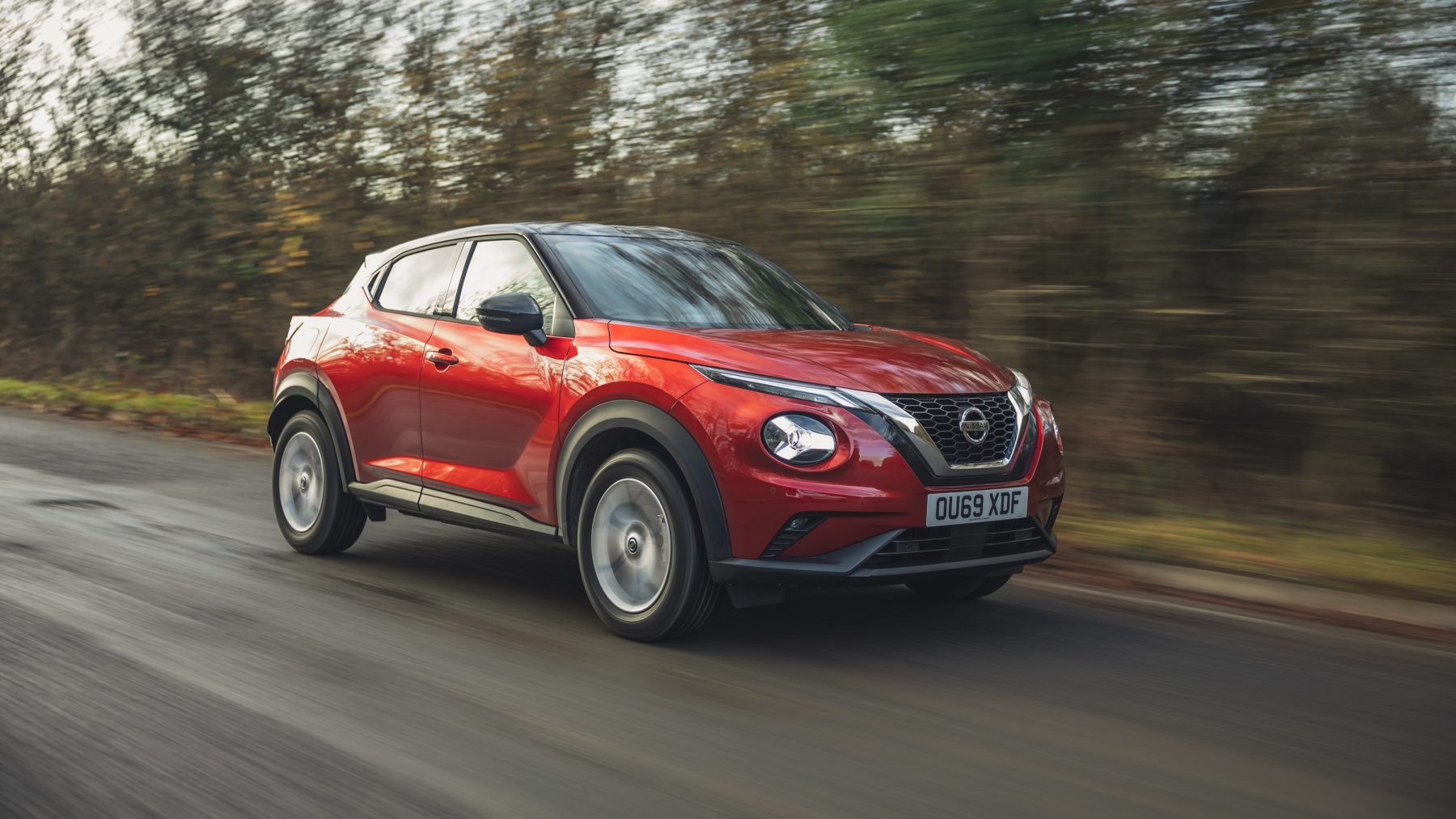
Nissan’s Juke is a hit in the UK, and its second generation is surely set to build further on that. Its look is a familiar one albeit arguably less polarising, while a more spacious cabin has been a focal point as a result of customer feedback.
Peugeot 208
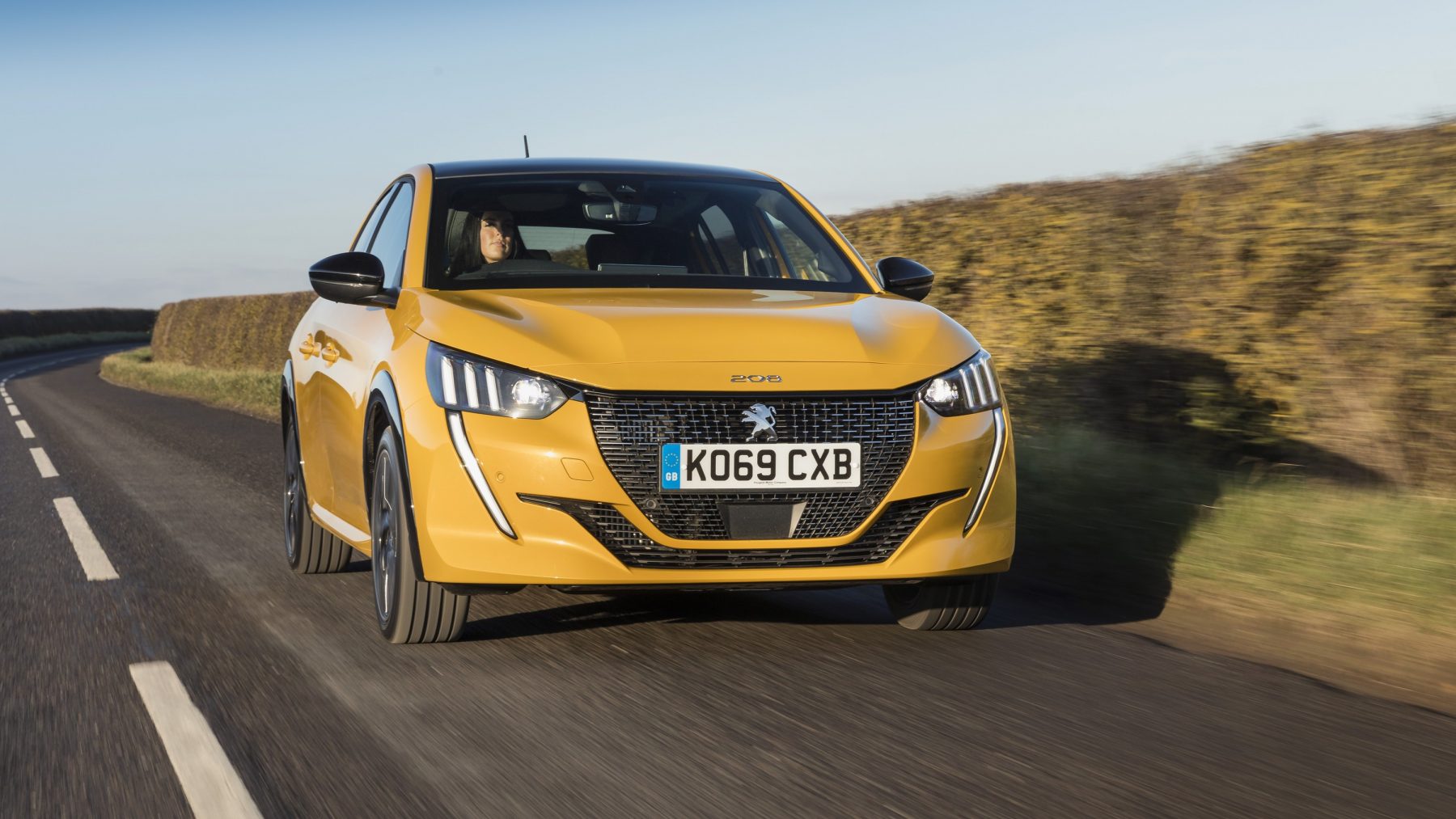
Peugeot’s new 208 is here and most eye-catching about the model is its striking new design. There’s an overhauled cabin too in a bid to bring a more premium edge to the 208, as well as cutting edge technology like its 3D i-Cockpit.
Peugeot e-208
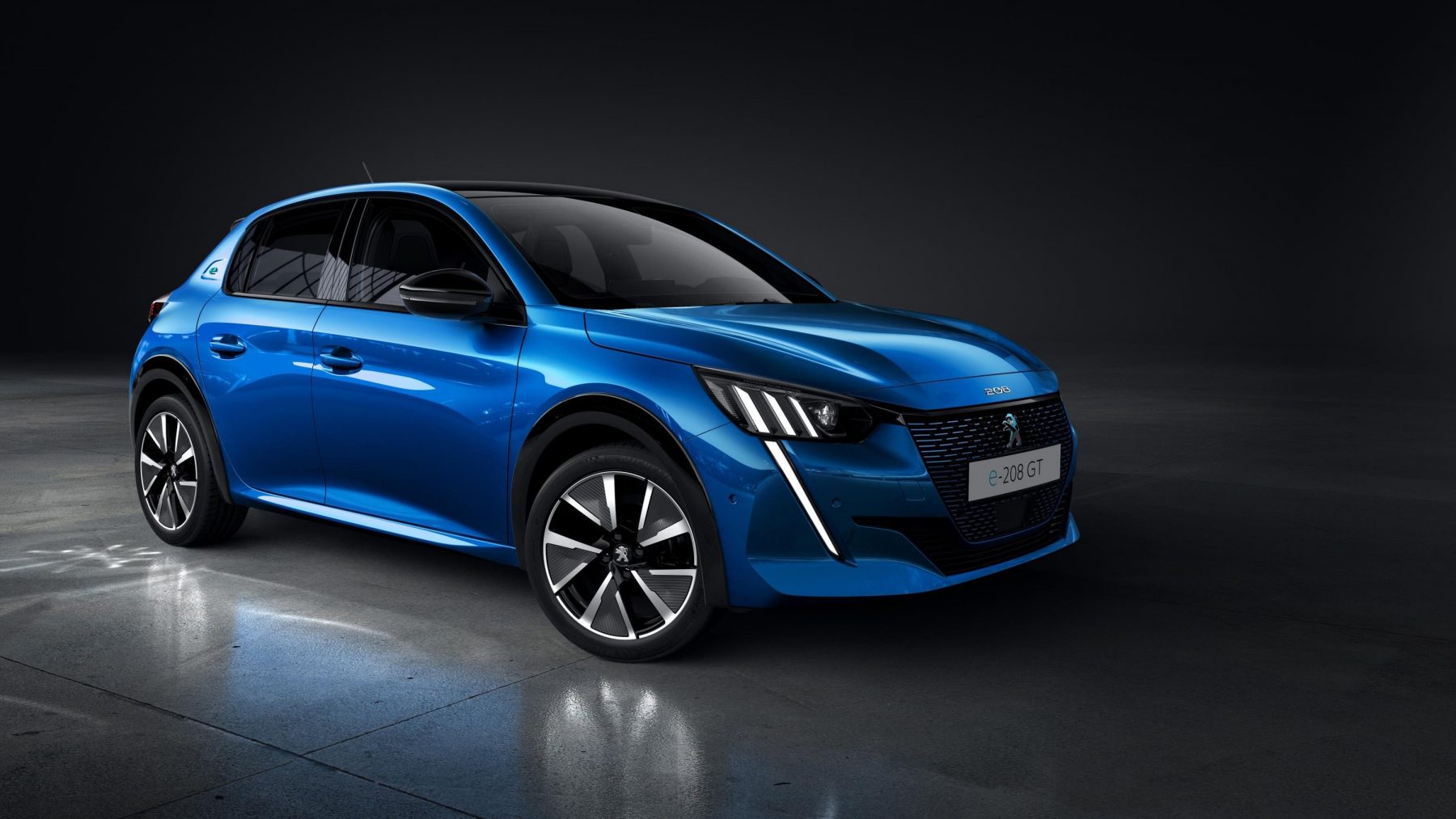
The electric version of the new 208 boasts 211 miles of range between charges from its 100kWh motor. It’s hard to tell this e-208 is electric, though, taking on a near-identical look to the rather striking 208.
Peugeot 2008
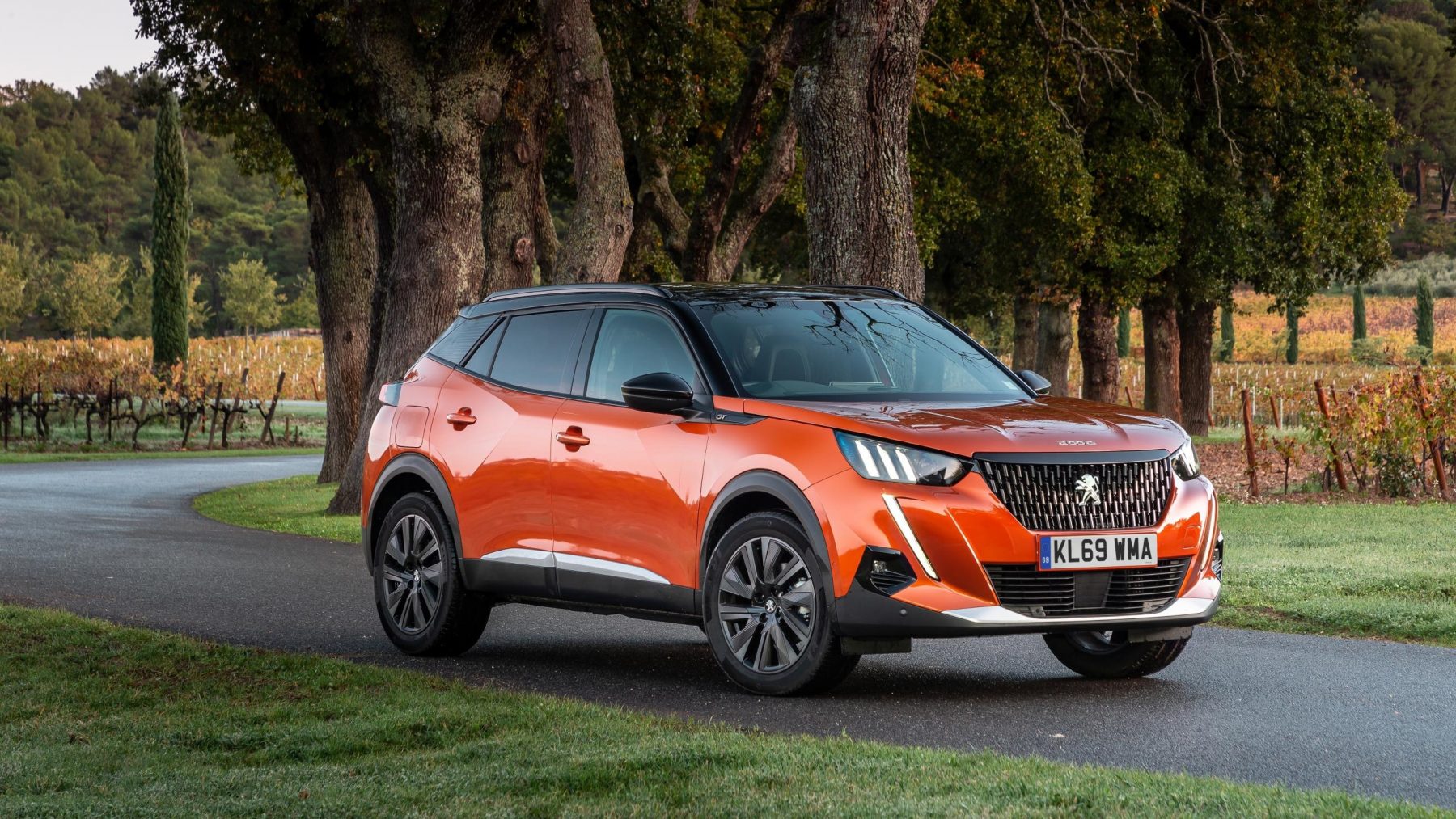
Peugeot’s new 2008 takes on a dramatic new look that’s reminiscent of the new 208 as well as many of its newly-introduced offerings. It’s mechanically similar to the supermini, though boasts more space and enters a segment for which demand is only increasing.
Peugeot e-2008
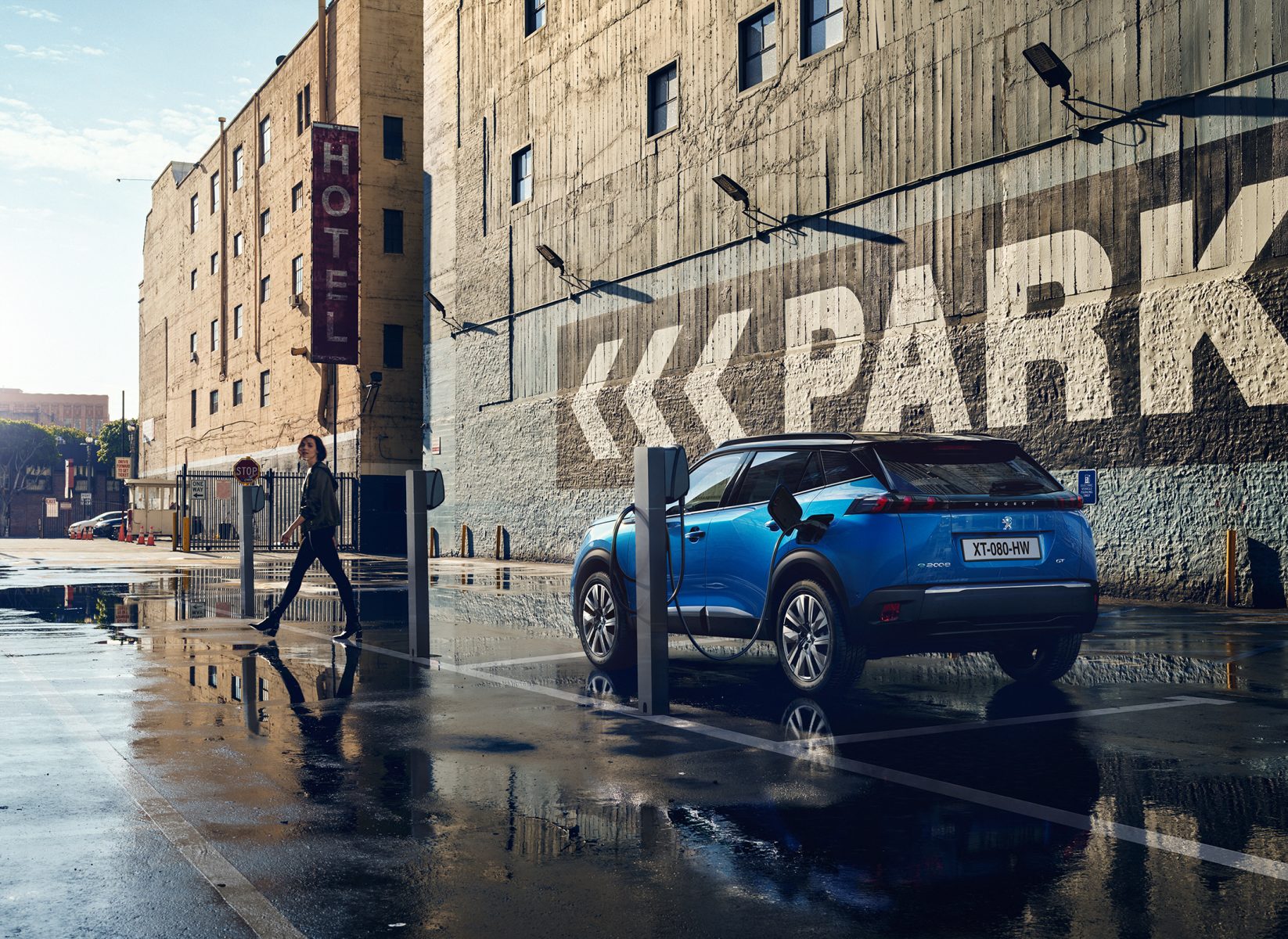
This is the electric version of the Peugeot 2008, packing the same powertrain as the smaller e-208 but in the crossover’s body. Range is down marginally to 198 miles as a result, though the e-2008 does come with a larger boot.
Polestar 1

Volvo spin-off firm Polestar has just introduced its first own car, creatively named 1. This plug-in hybrid coupe boasts 601bhp, 78 miles of electric-only driving and dramatic looks. It is, however, only available as a left-hand-drive vehicle.
Renault Clio
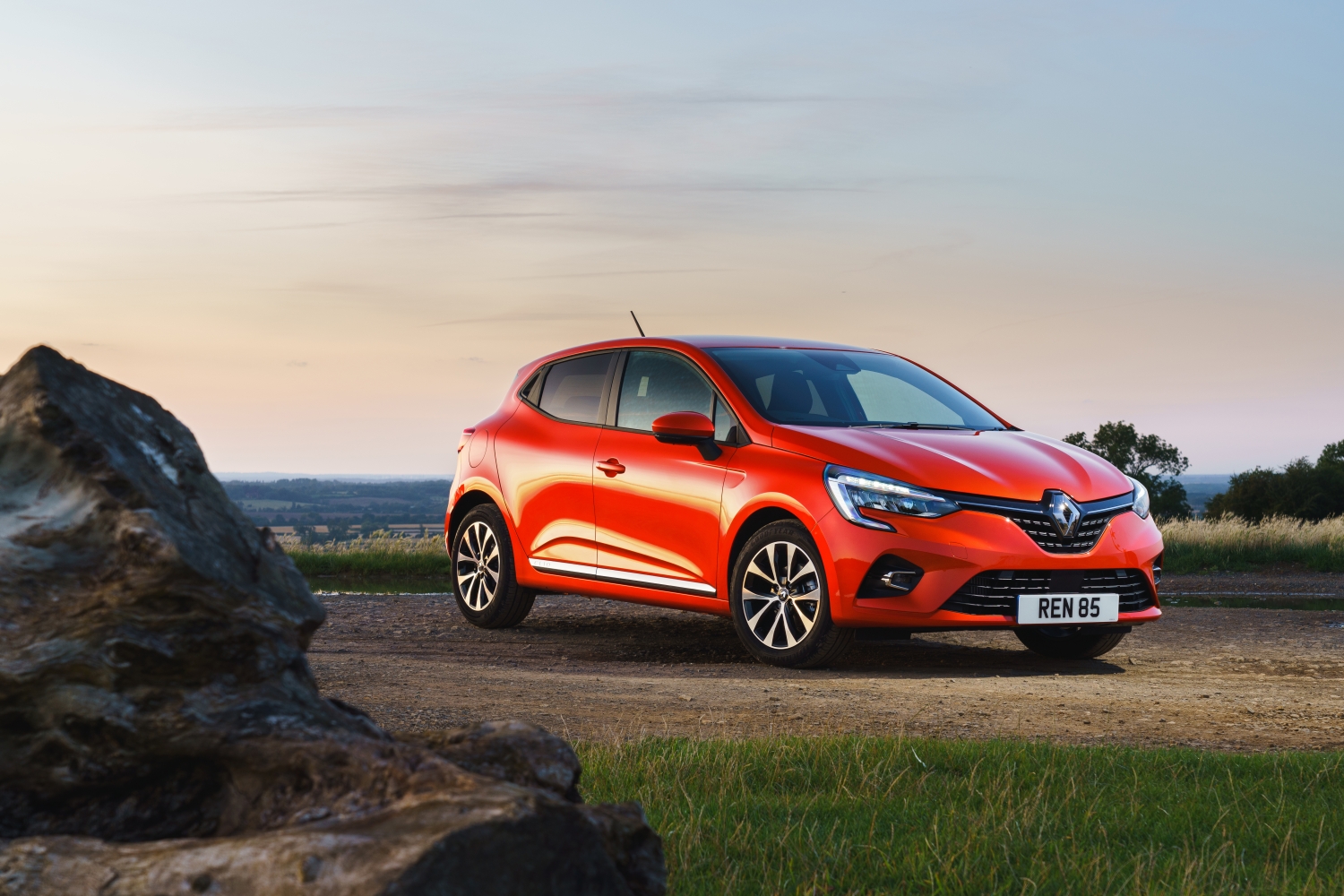
Though the new Renault Clio may look almost identical to the old car, its interior has seen a total revolution that gives it a much more upmarket feel than before. A digital display in front of the driver replaces traditional dials and gauges, too.
Renault Zoe
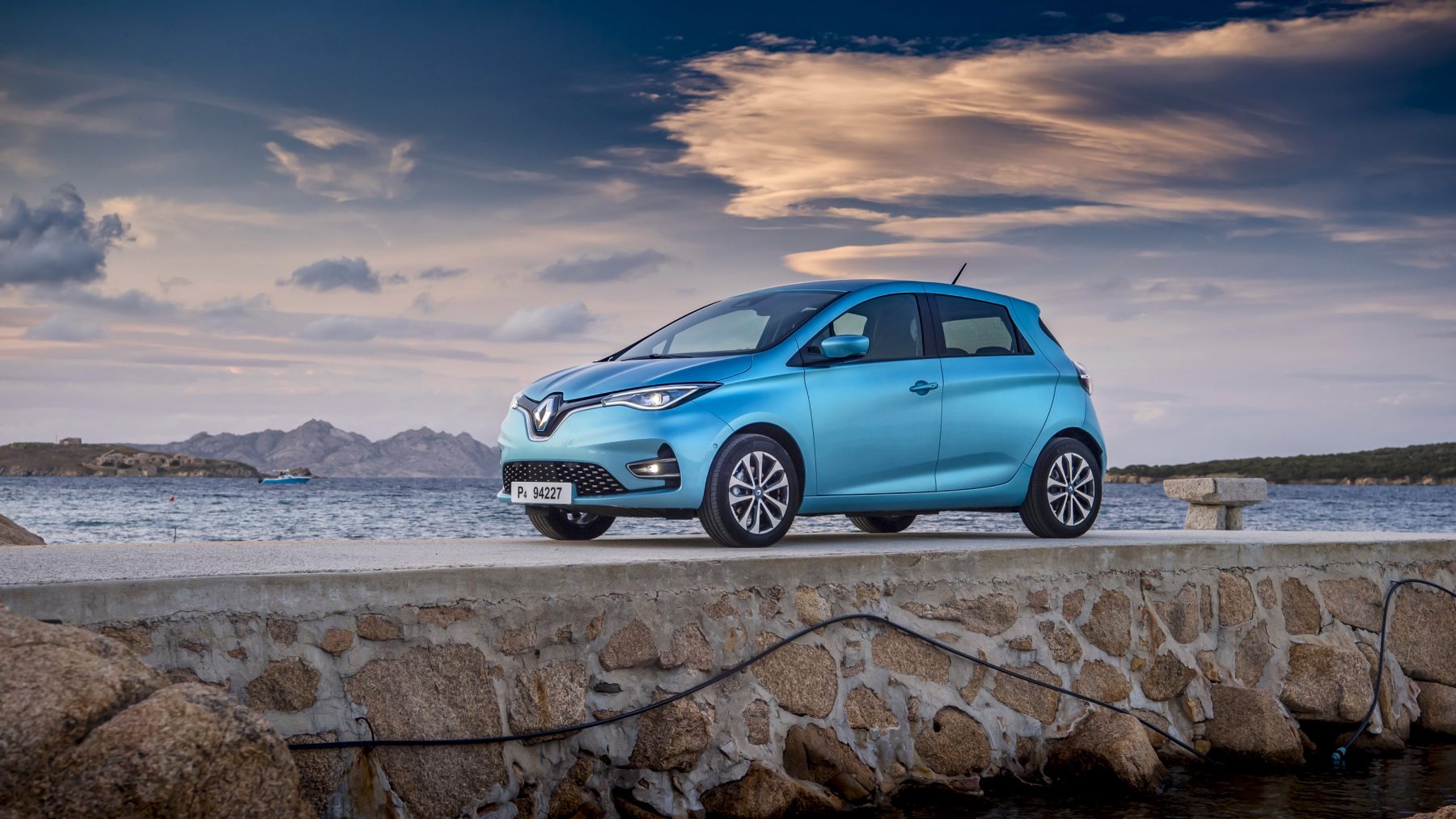
Renault’s second-generation Zoe has arrived in the UK, with the electric vehicle promising an increased range of up to 245 miles. There’s also an evolved look over its predecessor, as well as an overhauled cabin.
Seat Mii Electric
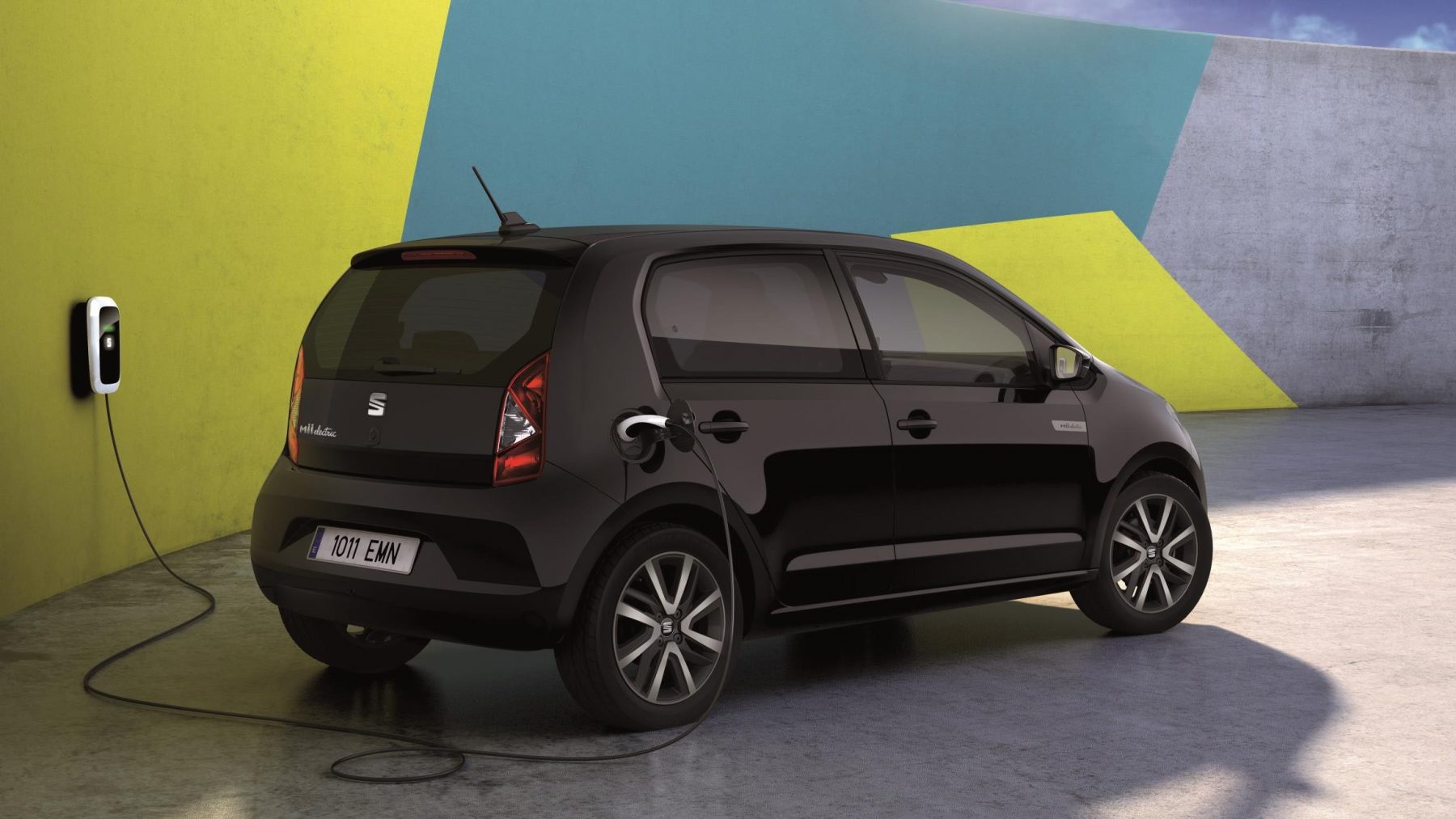
Seat has done away with internal combustion for its Mii city car, now offering it exclusively as an EV. Its 36.8kWh battery pack is said to offer 161 miles of range between charges, with performance described as ‘perfect for jumping in and out of traffic’.
Skoda Superb iV
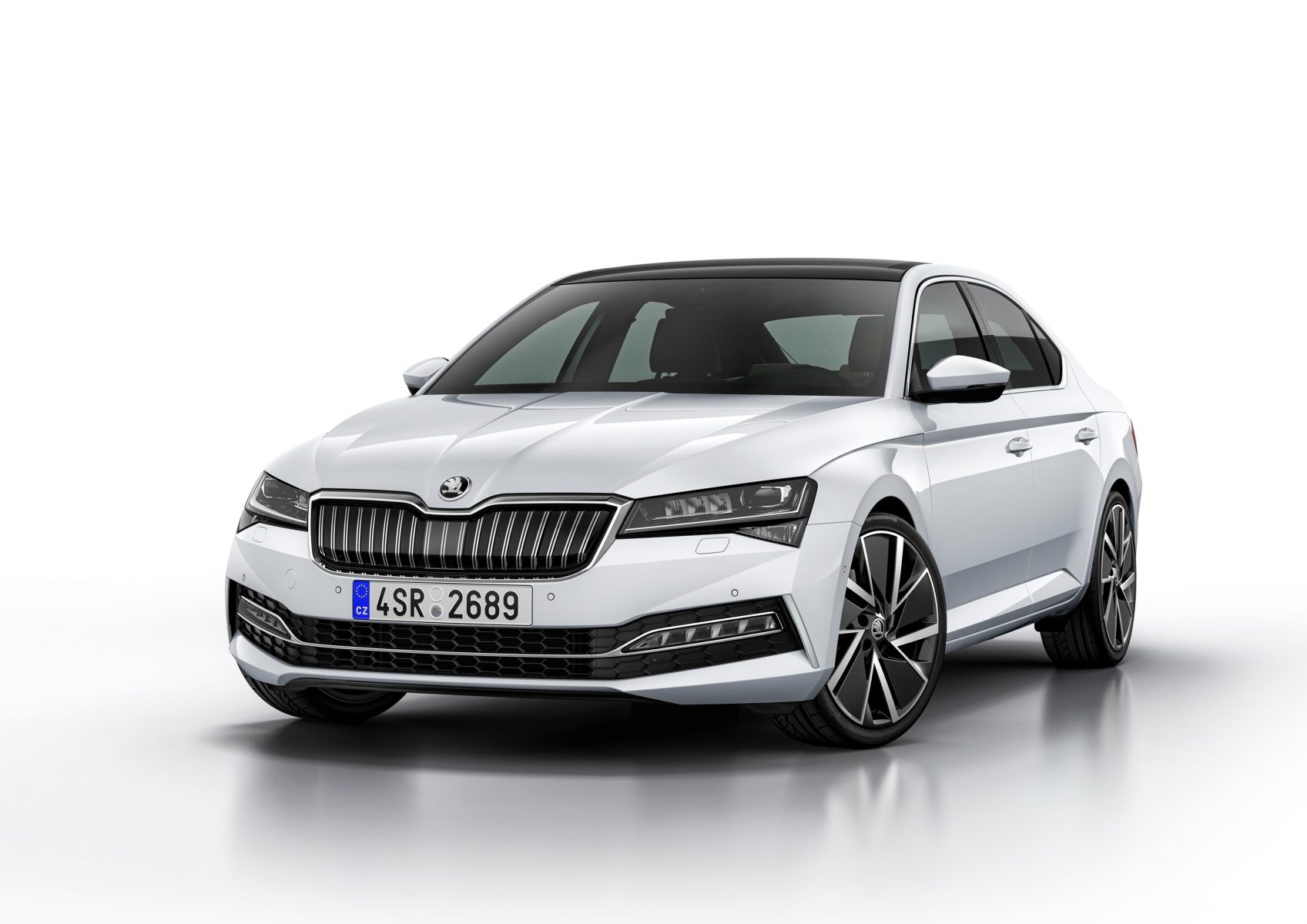
Later in 2020 Skoda will launch a new plug-in hybrid version of the Octavia, but before that we have Skoda’s first plug-in hybrid model with a petrol-electric version of its flagship Superb. It combines a 1.4-litre petrol engine with an electric motor and small battery, with an EV range of 30-35 miles promised.
Skoda Citigo-e iV
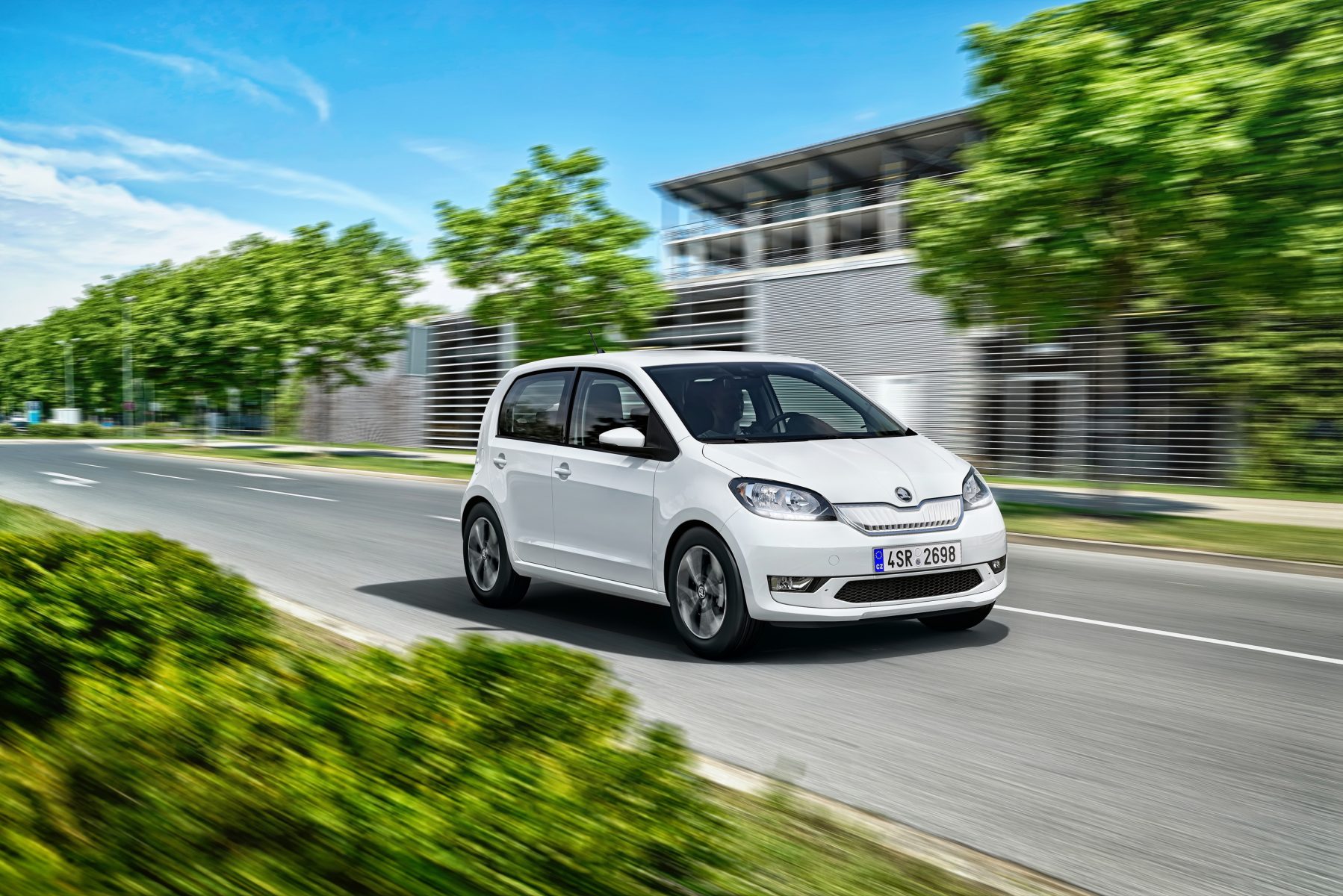
Skoda has discontinued its petrol-powered Citigo, and is instead just focusing on this new all-electric version of its city car. It’s Skoda’s first EV, and despite its compact size, it’s able to travel a claimed 170 miles on electricity.
Smart revised range
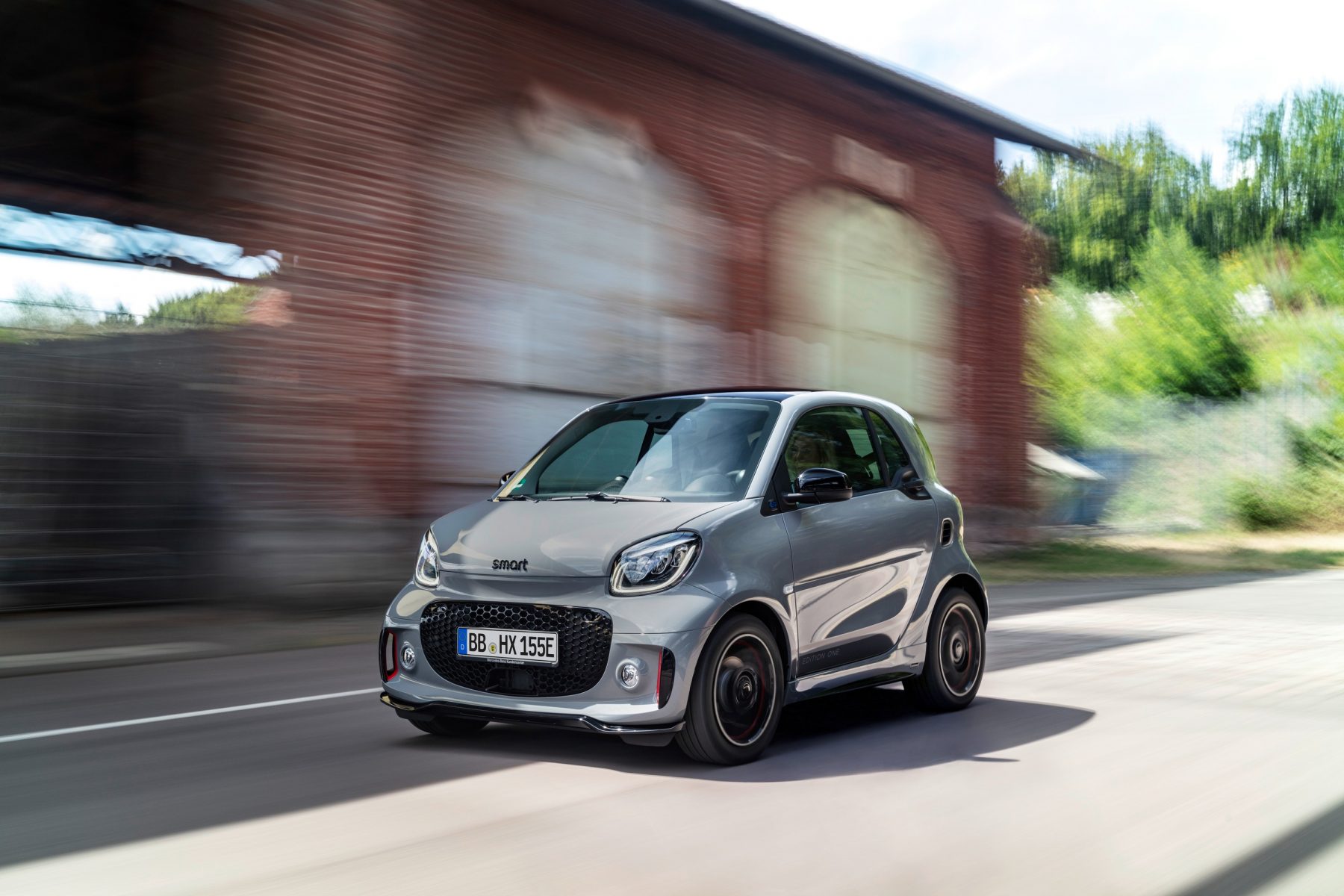
Smart has made a number of styling changes to its line-up, with the range also moving exclusively to electric power. New front and rear bumpers have been added to the city car’s variants, as well as LED daytime running lights.
Subaru e-Boxer models

Subaru has introduced mild-hybrid technology to its Forester and XV models. Its staple 2.0-litre boxer engine has now been paired up with a compact electric motor in a bid to improve efficiency.
Suzuki mild-hybrids
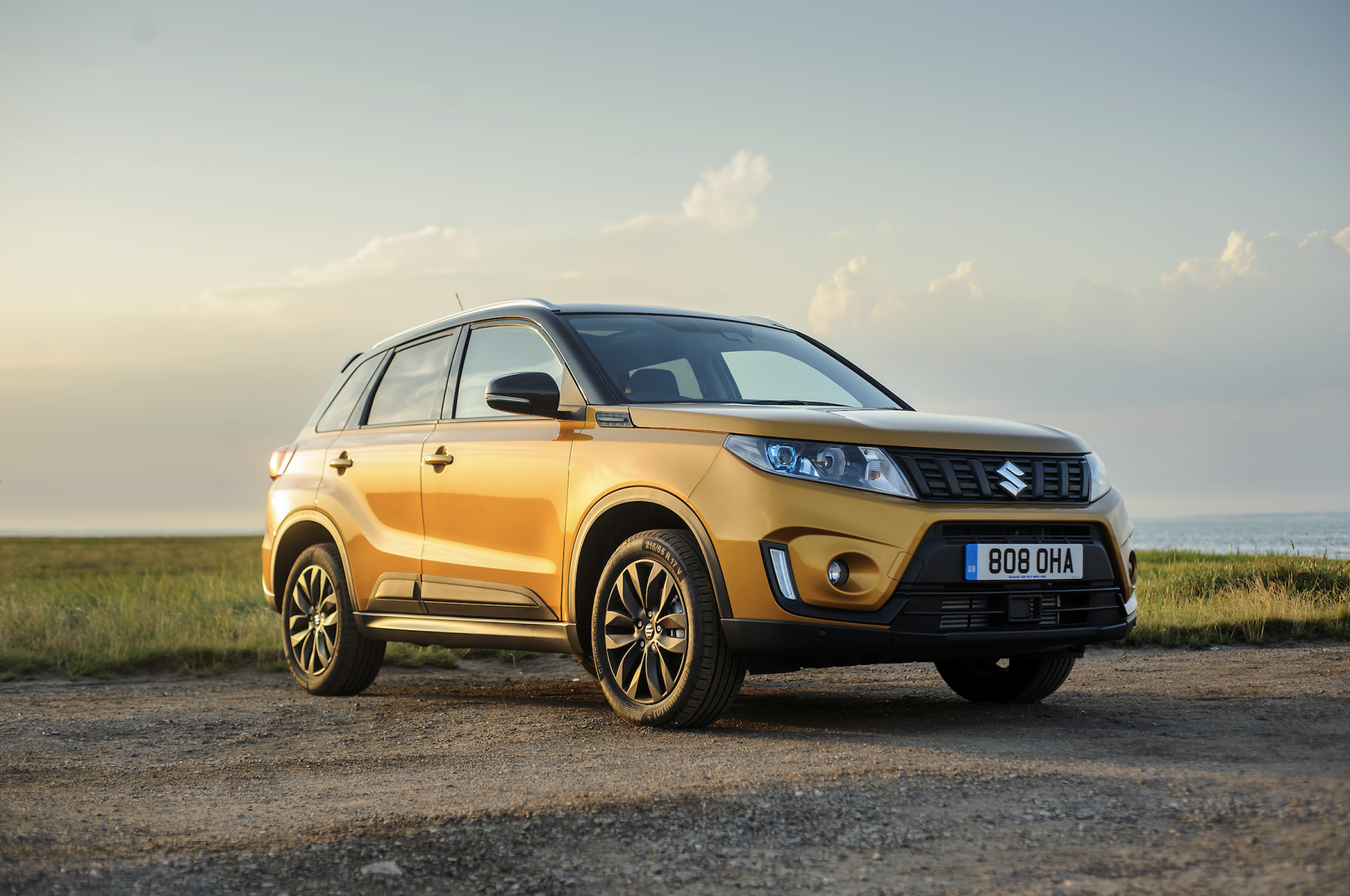
Mild-hybrid technology has arrived on Suzukis equipped with the firm’s 1.4-litre ‘Boosterjet’ engines in a bid to improve efficiency while only adding 15kg of weight. This includes the S-Cross, Vitara and Swift Sport.
Toyota C-HR
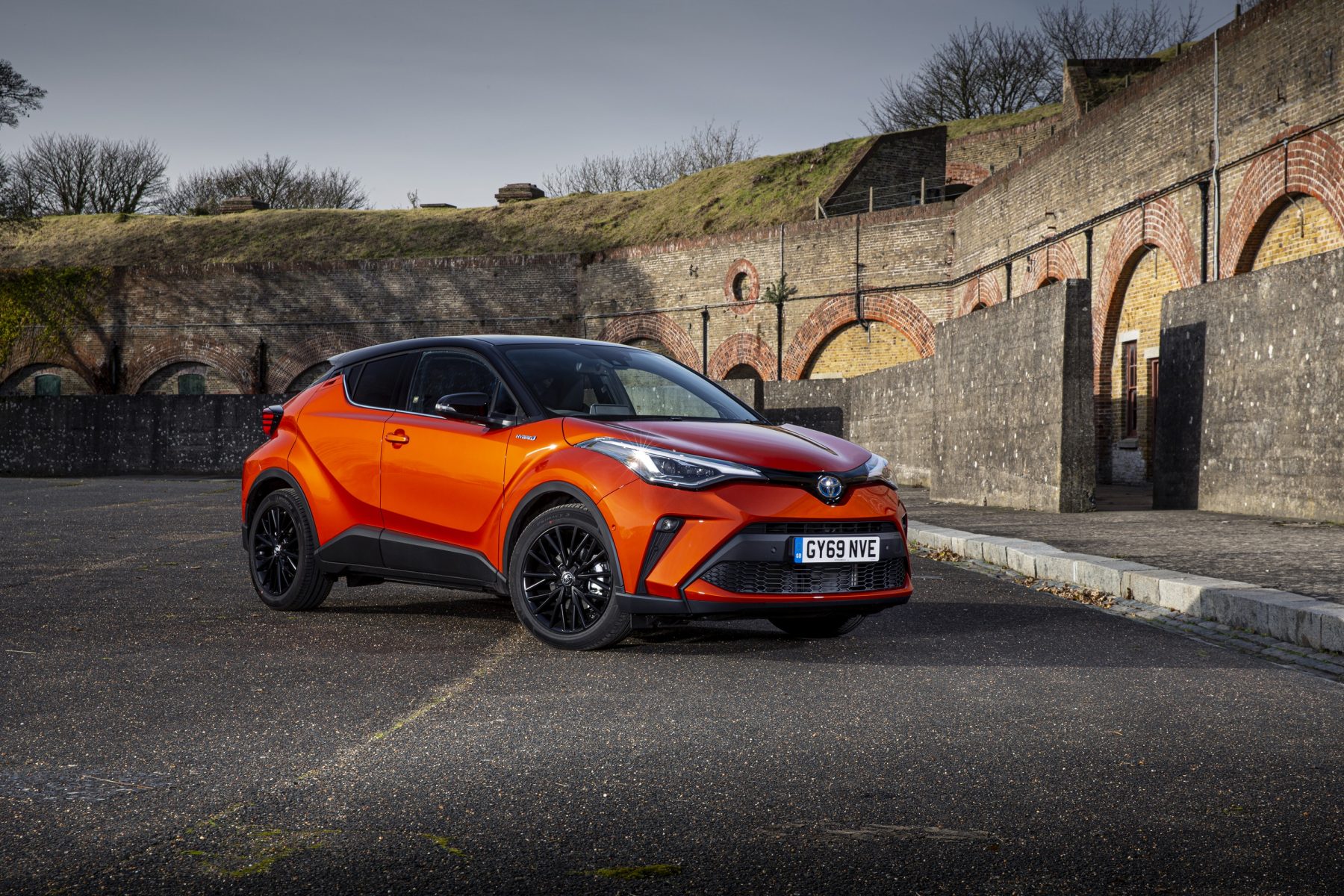
Toyota has revised its C-HR crossover with some minor styling changes and new LED tailight technology, as well as switching to a hybrid-only powertrain line-up. As well as the existing 1.8-litre option, a 2.0-litre petrol-electric setup has been introduced.
Vauxhall Corsa
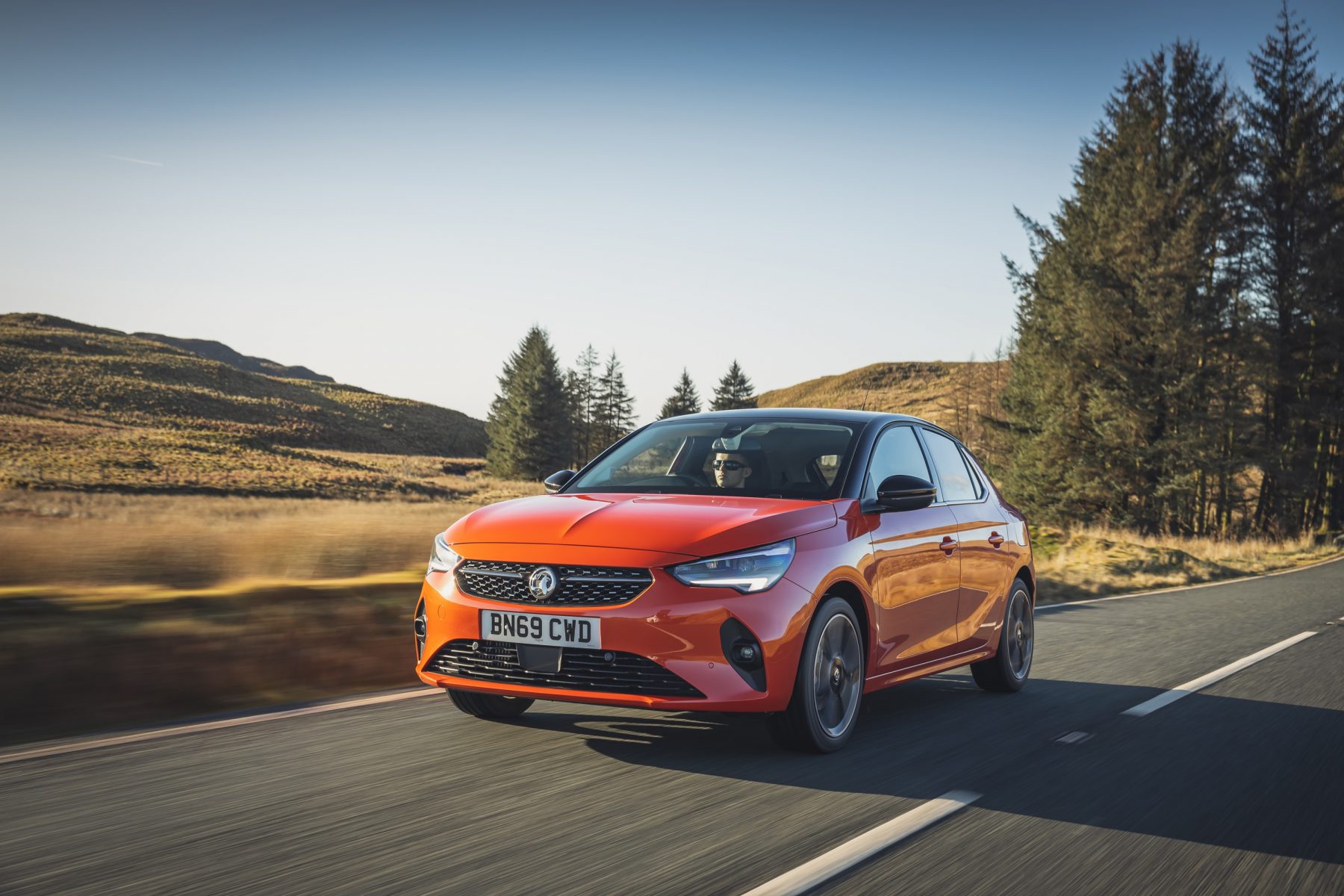
The first ground-up car under Vauxhall’s PSA ownership is the new Corsa. It shares its underpinnings with the Peugeot 208, and looks to offer a more involving drive than its predecessor with a lower body and optimised driving position.
Vauxhall Corsa-e
Based on the new Vauxhall Corsa, the Corsa-e is powered by a 50kWh battery that is said to result in a range of 211 miles between charges. The firm also claims the car can be charged from flat to 80 per cent in 30 minutes via rapid charging.
Vauxhall Astra
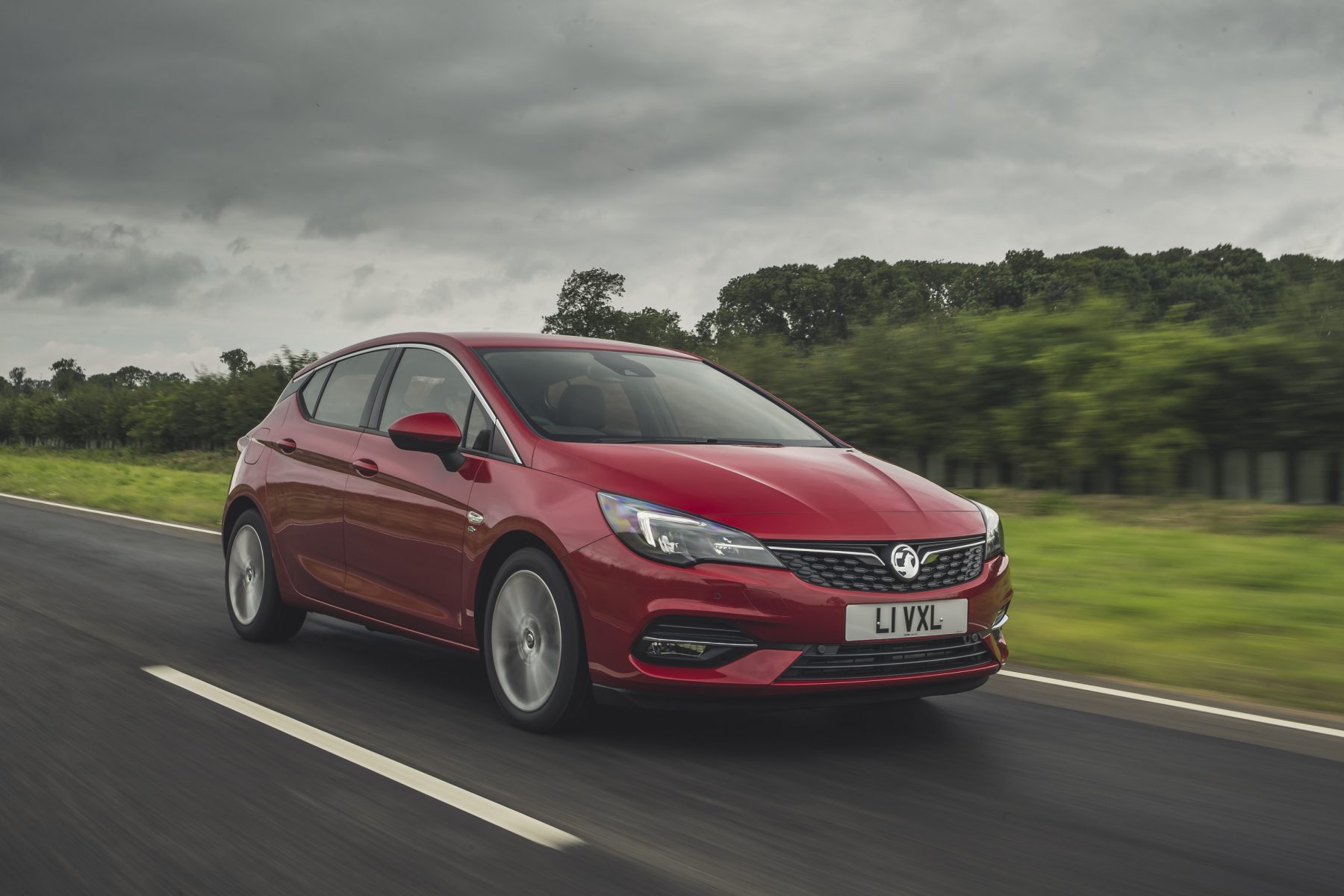
A facelifted version of the Vauxhall Astra has been introduced, albeit with styling changes rather limited. More crucial here is a new engine line-up borrowed from parents firm PSA Group, with fresh petrol and diesel options on offer.
Volkswagen Golf
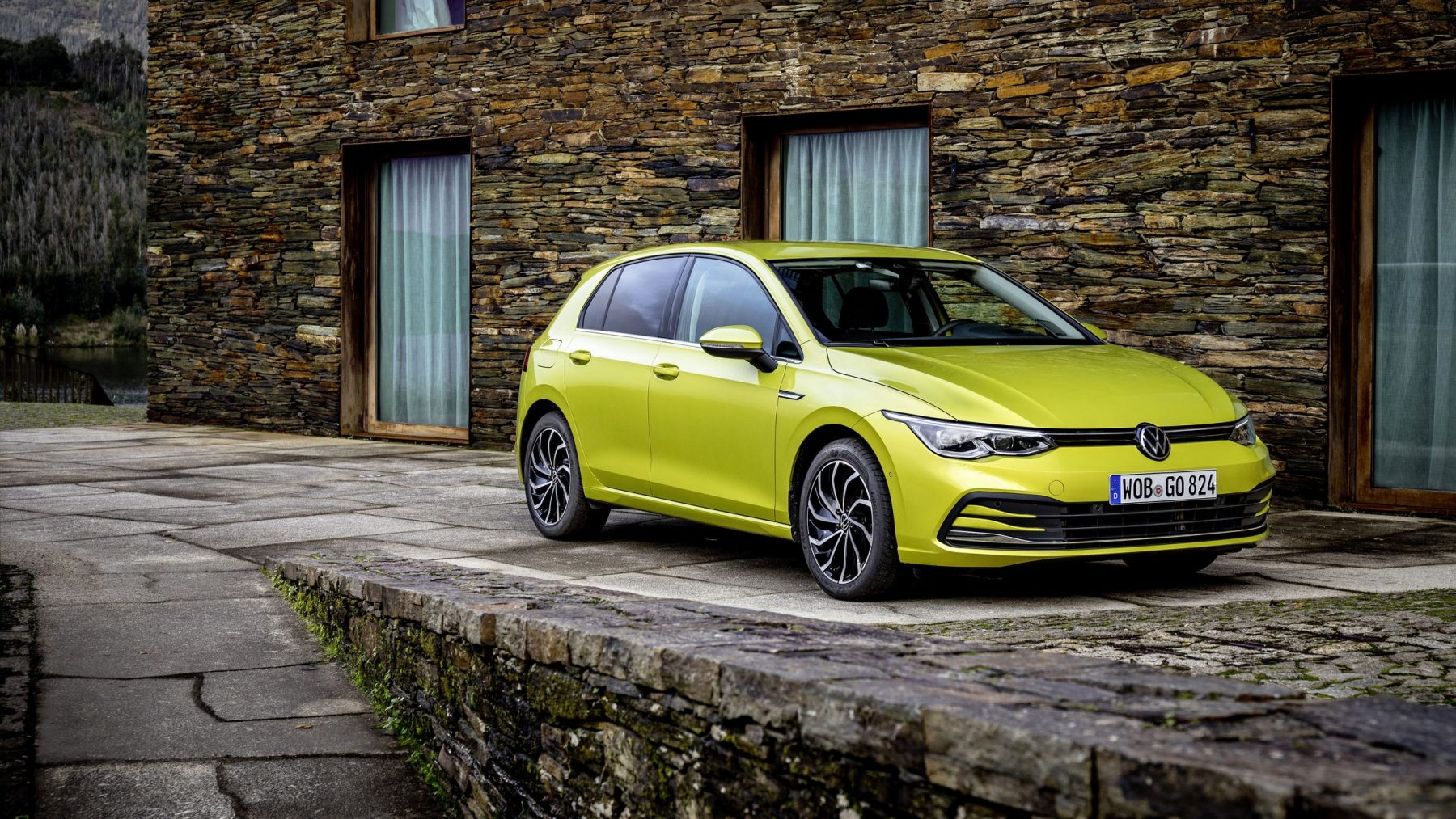
It’s always big news when a new Volkswagen Golf arrives, and now the model has just entered its eighth generation. Crucial here is the replacement of many physical controls with digital equivalents housed in the large central infotainment display as the popular hatchback looks to revolutionise mainstream interior design.
Volkswagen T-Roc R
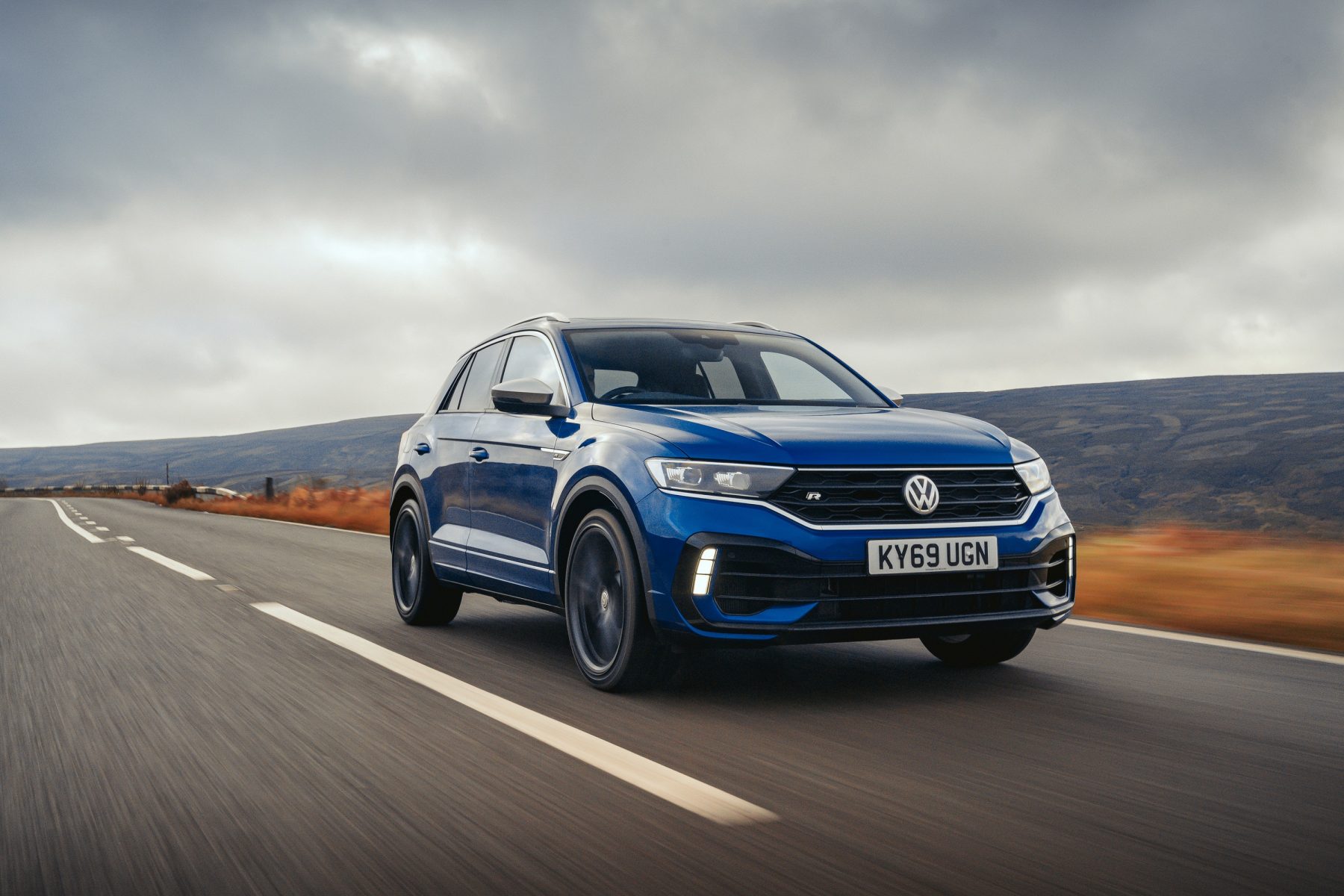
Volkswagen has taken the guts from the Golf R and put them into its T Roc crossover to create an R version of the model. That means it houses a 2.0-litre turbocharged four-cylinder engine, delivering 296bhp to all four wheels. As a result, 0-60mph comes in 4.7 seconds with a top speed capped at 155mph.
Volvo XC40 T5
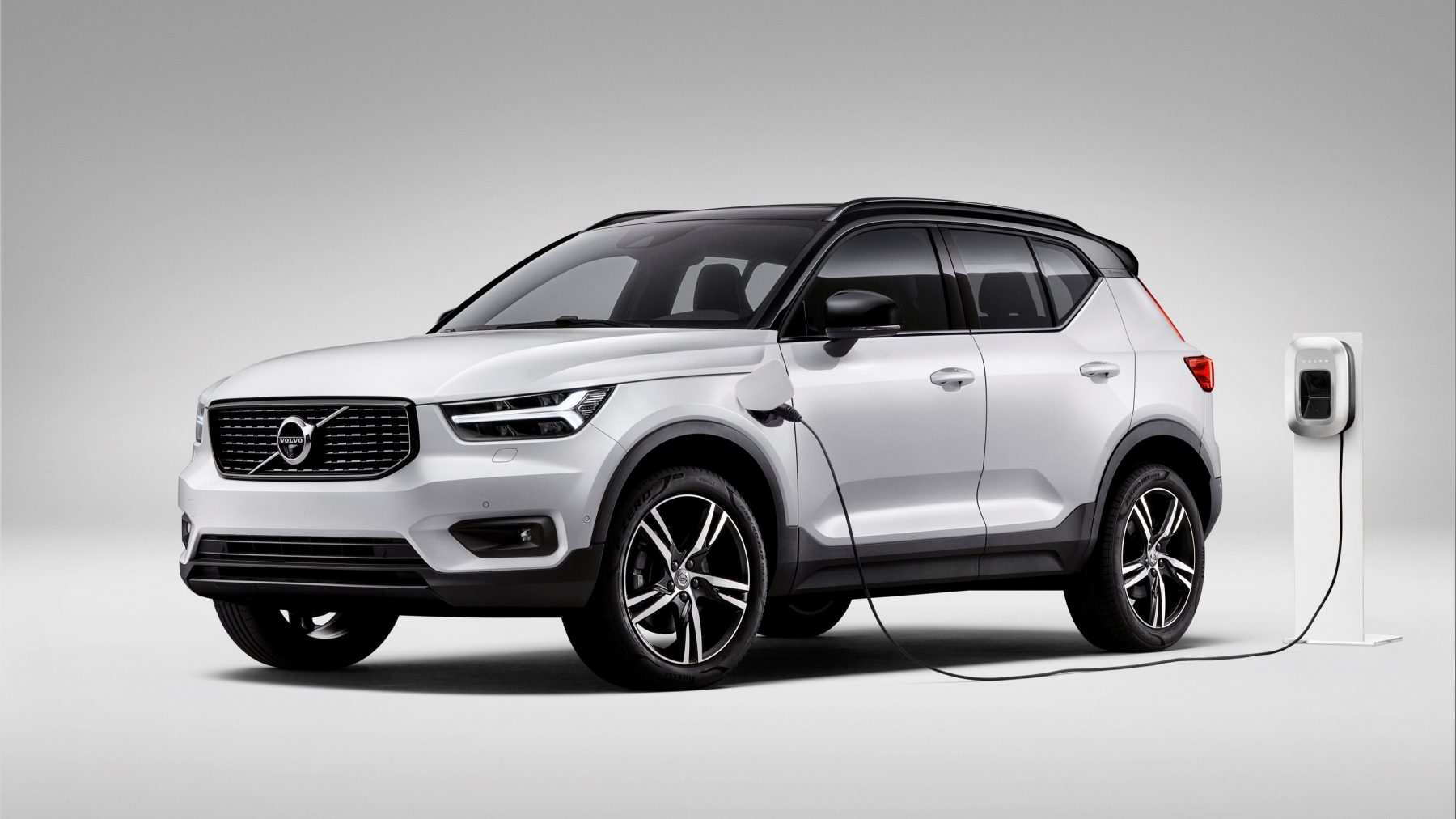
Volvo has introduced its T5 plug-in hybrid powertrain to its XC40 crossover, which links a 1.5-litre petrol engine to an electric motor. The system combines to produce 259bhp while returning up to 141.1mpg, as well as offering a claimed electric-only range of 28.6 miles.


